Turkey Part 1: From the Turkish Border to Izmir
Turkish Hospitality and Ancient Sites (16)
Türkiye'ye hoşgeldiniz – welcome to Turkey. We reached the country of hospitality and countless çays on November 4th 2020, but before we got to see this wonderful side of Turkey, we’d have to cross the Ipsala border. It was the first day of the Greek Lockdown, the sky was cloudy and the landscape monotonous and we had a queasy feeling when we approached the border. We slowly cycled along an endless number of trucks waiting in line and then reached the Greek border post. This border crossing definitely wasn’t constructed for pedestrians and cyclists and we didn’t feel comfortable at all. We put our face masks on and took a deep breath, what could happen, right? The Greek customs officer asked us many questions: “Do you have your passport with you and not just your identity card? Are you sure you don’t need an e-Visa to enter Turkey?"
Then he told us, that this border crossing could only be entered from Greece to Turkey and not vice versa and there wouldn’t be a way back to Greece unless we would cross back in the north of Turkey, cycle through Bulgaria and then cross over at the Promachonas border (again). This definitely didn’t sound like an appealing option for us and consequently there was only one direction left for us: further east. No matter what. He let us pass with the encouraging words: “I’m not sure if the soldiers let you pass with the bicycles." Wait, what soldiers? Now, we felt uneasy.
We looked at each other and then continued over the border bridge that was guarded by armed soldiers on both sides. We swallowed and then cycled towards them. They asked us to stop and made a phone call in order to check if we could pass or not. We held our breath and were relieved when they waved us through. What an experience. The customs officer on the Turkish side was friendlier right away and asked us about our planned route and if we would carry any cigarettes or alcohol with us. We said no, but he didn’t check our bags at all. Well, at least he followed the protocol and asked. We received an entry proof paper and that was it, we were in Turkey and allowed to stay for 90 days. The first thing we noticed was the strong military presence, not only right after the border but for many kilometers. We passed many restricted areas in Turkey, on the countryside, but also in the city center or on idyllic beaches. We’ve never seen that concentration of the military in any country before.
We completely forgot to eat because of all the border excitement and suddenly we started to get very hungry. We took the next road to a village, landed on a dirt track and passed some shepherd dogs and then arrived at the tiny main square. We were immediately invited to our first Turkish çay, but eating lunch was our priority. The friendly teashop owner showed us the village restaurant and we definitely would have missed it, it was very well hidden. The small restaurant was full of locals eating their lunch, always a good sign. The family that ran the restaurant told us what they had on offer today and we didn’t really listen and just ordered everything. We’ve remembered that first Turkish meal for weeks to come, because lentil soup and the rice dish Pilav never tasted as good as on that first day. We finished our big lunch with a çay full uf sugar and a milk pudding with rice (Muhallebi). Now, we definitely arrived. Türkiye'ye hoşgeldiniz – welcome to Turkey.
Along the Gelibolu Peninsula to Çanakkale
We decided to reach Asia via the Gelibolu Peninsula (former Gallipoli) and the student city of Çanakkale instead of driving through Istanbul. We both have visited Istanbul before, but we didn’t want to discover that metropolis with our bicycles and additionally we were looking forward to some warmer climate in the south of Turkey. They past days have been cold and rainy and we had to get our winter gear out. On our second day we reached Kesan and bought a local SIM-card and withdrew our first Turkish Liras and now we were ready to hit the road again in this 10th country of our trip.
We climbed up a big hill and then cycled down to the Mediterranean Sea and the Gelibolu Peninsula. This Peninsula with its important location on the Dardanelles Strait is known for the Battle of Gallipoli during World War I. The Allied commanders thought an invasion there would be a decisive strike against the Ottoman Empire and thus would bring a quick end to the war. But they were defeated by the Turks and the battle became a myth and Mustafa Kemal Atatürk a national hero. He was a commander during the Gallipoli campaign and later the founder of the Republic of Turkey (1923) and you can still see his portrait everywhere, on streets, buildings and in stores. Today the many battlefields on the Gelibolu Peninsula attract visitors, not only from Turkey, but also from Australia and New Zealand, who come here on ANZAC day to pay their respect.
We weren’t interested in visiting the battlegrounds and cycled along the Dardanelles Strait with view of the many cargo ships passing through here. We passed a gigantic new bridge that was being built and that is supposed to be the world’s longest suspension bridge. It is scheduled to open in 2023 as a tribute to mark 100 years of the modern Turkish republic. This is only one of many ambitious infrastructure projects of the conservative government. It is criticized because of the high costs and the harmful impacts on the environment.
The ferry ride from Europe to Asia takes 30 minutes, but once the bridge is in place this will be reduced to a short drive of just 10 minutes. One last look back and then we took the ferry from the waterfront town Eceabat over the Dardanelles to Asia.
We immediately liked the student city of Çanakkale (population: 540’000), even though the only real place of interest was a replica of the Trojan horse. We stayed two nights and enjoyed the lively atmosphere at the dozens of restaurants and bars. There was a nightlife alley with live-music and many mezze places, a great way to taste the Turkish cuisine.
Surprises on the roadside and Sarcophagi in Assos
We continued our trip further south and finally the sun came back, but this day would have even more pleasant surprises for us. The first one came shortly after we left Çanakkale. It was still early in the morning and Lisa wanted a coffee, so we stopped at a Kahvaltasi Fabrikasi, a breakfast factory. We weren’t even asked what we wanted to order, the waiters just arrived with a huge breakfast selection: scrambled eggs with tomatoes, bread, pastries, honey, various kinds of cheese and jams, cake, fruits and a lot more. Everything, except coffee. We weren’t that hungry yet, but who could say no to that. We left feeling very full and cycled up the next hill, when we got stopped by the police. Without any questions, they handed us at least 2 kg of quinces and a big bag of walnuts. What a generous gesture. But where should we put all of that? We didn’t have enough space in our panniers for that many quinces (glad though they didn’t give us watermelons).
Quickly Lisa looked up the Turkish word for present (hediye) and then she walked towards a family having a picnic and gave them the quinces and part of the walnuts. They were very happy. The two quinces and the walnuts we took with us lasted several weeks and we always had so smile thinking about this moment. A few weeks later another police encounter would follow, quite a different one, but more about this in our next post. We found a great camping spot that evening in the middle of a forest, a blessing after days of cycling on a multilane highway.
On our sixth day in Turkey we visited the ancient city of Assos. The acropolis is built at the top of a cliff that offers stunning views over the Aegean Sea and the Greek Island of Lesbos. Assos was founded between 900 and 1000 B.C and was the home of a school of philosophy started by the famed Greek philosopher Aristotle. The site includes the temple of Athena, a theatre and a necropolis. It was also famous for the pompous sarcophagi. Back then a real top-seller.
Tourist season was definitely over here and many shops and restaurants were already closed. We started to look for a campsite when Lisa had a flat. By the time we fixed it, it was already late. The olive harvest was in full swing and so we couldn’t just pitch our tent in the usual olive grove. There were many campgrounds along the Bay of Edremit, but all of them closed. Luckily, we did find a campground with an open gate, the owners were busy picking the olives, but they let us stay in a bungalow with hot water and even made us breakfast, not a matter of course during the COVID-19 pandemic and out of season. There was also a terrace in front of our bungalow, where we could cook our dinner. A perfect ending to a wonderful day.
Ayvalik – a relaxing day in this charming port town
After a long day cycling we arrived in Ayvalik and started looking for the house of our Warmshowers-host Tara. Warmshowers is a non-profit hospitality exchange service similar to Couchsurfing and especially for cyclers. Members offer a place to stay to other members. We’ve been on the platform for a while, but we’ve never used it.
Tara offered us that we could put up our tent in her backyard, but when we saw it, we realized it was too small for our tent and all our bags and we would have just been in the way of everybody and that didn’t feel right. We originally planned on staying one night in Ayvalik, but since it was already late, we decided to spend a full day in this town and stayed two nights instead. We asked Tara if she would know a hotel that is open and she was so kind and brought us to the wonderful boutique hotel Cavli Hane in the old town with an enchanting garden and the best breakfast in Turkey (so far). Thank you, Tara!
The small town Ayvalik is known for its olive-oil production and is an absolute hidden gem. It’s got Aegean ambience in spades: Men are smoking cigars and play backgammon in the cafés, shoe polishers are lined up in the streets waiting for customers, pigeons are waiting to be bought and a vegetable carriage would pass through the old town and of course there is an abundance of atmospheric cafes. As a visitor you are just part of daily life and it’s a great place to wander around and just observe everything.
We spent a full day strolling through the picturesque alleyways with the colorful houses and Ottoman balconies. We enjoyed a sunset beer with view over the small port and tried the local mezze. On Friday was market day and we bought some fresh vegetables there. It is always hard to just buy one or two of each sort, no matter what. The vendors would always give us more or give us some extras after paying. It was impossible to, let’s say, just buy four apples. We would definitely need to learn the Turkish equivalent for «no place in the bags» soon with all the generosity around.
Discovering the ancient Pergamon
We stayed in the old part of the city Bergama (population: 101'000) and the hotel owner was over then moon when he saw us arrive with the bicycles and he couldn’t believe it.
We spent a full day exploring the many sights of the once-powerful ancient city of Pergamon. We took the cable car up to the acropolis, that is dramatically sited on a hill over the town center. There was another visitor walking around, but that was it. We had this ancient settlement with large and small ruins all to ourselves. We would have to get used to this in this special year.
There is plenty to see in the acropolis, but sometimes you need a lot of imagination because the most impressive sights such as the Altar of Zeus are exhibited in famous museums around the world (yes, talking to you Pergamon Museum in Berlin). A tunnel leads to the impressive and unusual Hellenistic theatre that is built into the hillside and very steep. It used to offer seats for 10’000 people. From the Acropolis you can see the modern city of Bergama, the water reservoir and in the distance the remains of the Roman aqueduct that carried water over 45 kilometers to ancient Pergamon.
We walked back to the city center and visited the Red Hall, that was built by the Romans as a temple to the Egyptian god Isis (and others) in the 2nd century AD. It was very common in the Roman and Hellenistic settlements to worship Egyptian deities. The Roman emperor Hadrian for example is known to have had a special interest in Egyptian religion, and built many temples for Isis and Serapis across the Roman Empire. In 5th century AD a basilica was built into the temple and next to it is a mosque today. It’s an impressive-looking structure, but much is left to the imagination. It must have been monumental and was known as the “throne of the devil”. A rotunda next to the basilica was used for religious and cult rituals. In the basilica used to be a hole in the podium and when the priest held a speech it sounded like his voice would come out of a cult statue that was 10 m high. Pretty creepy.
The Asklepieon, the important healing center of the Roman World seems more worldly. It had baths, temples, a theatre, a library and treatment centers. The treatments consisted of mud baths, enemas and dream interpretation. The patients would sleep in the treatment center and hoped that the god of medicine (Telesphorus) would send a cure or diagnosis in a dream. The medical school of Pergamon was renowned throughout the ancient world, because the physician Galen was born here and his work was the basis for Western medicine well into the 16th century. We didn’t take a drink from the sacred well though, there were too many toads inside.
In the evening we walked around the old town and found a nice venue with live-music. There was no beer, but the owner was so kind and went shopping in order to make us some fresh Gözleme and Ayvalik Toast and of course there was enough çay.
Oil Refineries and Restricted Areas instead of a beautiful coastal road
On our way from Bergama to Izmir we came across our scenic low point in Turkey. We were looking forward to a lonely coastal road, but just behind the city of Aliağa we ended up in a huge area of smelly oil refineries, ship breaking factories and many other industrial factories. It was ugly to say the least. We had a hard time breathing with all the dense smoke coming out of the factories. We cycled along many trucks for kilometers, until we finally reached a hill and were out of sight of the huge industrial plant. Just behind this hill is a popular holiday resort, Yenifoça. We don’t know why anyone would spend their vacation here, so close to all the pollution. The next day was much better as we followed a smaller road along the coast that offered some fantastic views. Unfortunately, the beaches all belonged to a big holiday complex or the military.
After 30 km we made it to the lovely small town Foça and treated us with a big breakfast in the harbor. The islands off the coast are one of the last habitats for the endangered Mediterranean monk seals, but we didn’t see any. These seals are amongst the most-threatened mammal species in the world with only about 400 left worldwide.
The weather was beautiful and we cycled along back roads towards Izmir, stopped for a fresh pomegranate-juice and arrived in the third-largest city in Turkey (population about 4.3 million) just before sunset. People were sitting along the oceanfront on their camping chair, talking to friends and drinking beer or çay from their thermos flasks. What a great way to arrive in this largest city on our trip.
Three days full of culture in liberal Izmir
We liked Izmir right from the start. The city is not a beauty and can’t compare to historic Istanbul, but this Aegean port city is full of life and has got one of Turkey’s most fascinating bazaars. This multicultural city, that once was the ancient Smyrna, was home to Greek, Armenians, Jews, Levantines and Turks over the centuries and still has a resident Jewish and Levantine community. Izmir can be easily explored on foot and the heart of the city is the long seafront promenade (kordon), which has bicycle and walking paths and a touristic tramway. Everybody seems to be here, to do sports, to fish, to enjoy a picnic or for a first date. It’s a great place to stroll around, take a seat in one of the bars or restaurants and enjoy picture-perfect sunsets.
Ferries run between the suburbs and Alsancak, the entertainment hot spot with many shops, bars and restaurants. In the middle of everything was the apartment of our Warmshowers-host Dogucan. We were able to stay for three nights in his living room and we had time to explore the city and to get to know him. He was busy refurbishing an old bus, that he wants to take on a big trip around Turkey and towards India one day. We hope his plans turn into reality and that we can meet again on the road somewhere. We were overwhelmed by his hospitality and generosity. Thank you for everything, Dogucan!
We started our sightseeing in Izmir with a typical local breakfast: Gevrek (that’s what the popular sesame bagels are called in Izmir, everywhere else in Turkey they’re known as Simit) and Boyoz (a fried pastry made with flour and a small amount of Tahini and different fillings). We found a delicious Gevrek-bakery, that consisted of a hole in the wall and a “sales counter”, but every morning people would wait in line before they go to work in order to get a fresh Gevrek. We understand why, because the chewy bread ring is delicious here.
Now we were prepared to hit the Kemeralti Market, a labyrinthine bazaar that dates back to the 17th century and is home to shops, eateries, workshops, mosques, coffeehouses and tea gardens. This local institution can probably be described as the heart and soul of Izmir. There is also an old caravanserai with a tea garden in the middle. You can easily get lost in the maze of different alleys. Usually every street specializes in something, for example there is a corner selling just flower bulbs or glass beads. There are also many shops selling bridal fashion just next to baby clothes, very practical.
In between the hustle and bustle you can hear the voice of the imam calling for prayers. You can easily spend a day exploring the crowded and colorful streets, hidden courtyards and tea houses and try local specialties. There is also a culinary walk that sounds interesting, but is quite expensive and wasn’t offered because of the pandemic.
The Kemeralti Market stretches almost to the old market area, the agora, dating back to the 4th century BC. The ancient agora was ruined in an earthquake, but you can still see some reconstructed colonnades and the interesting basement, that give you an idea how this multilevel marketplace would have looked like in its heyday. In the evening we enjoyed the big selection of international restaurants and hip bars and of course we had to invite Dogucan for dinner. He showed us a lovely courtyard that belongs to a hostel and they served some good Italian food.
We were lucky that we got to experience Izmir full of life, because a week later a lockdown was imposed with effects on restaurants and bars. But more about that in our next blog (17), where we’ll take you with us from Izmir to the south and to many ancient sites. After this first two weeks in Turkey we definitely felt like we arrived in this 10th country of our trip and were looking forward to all the experiences ahead of us.

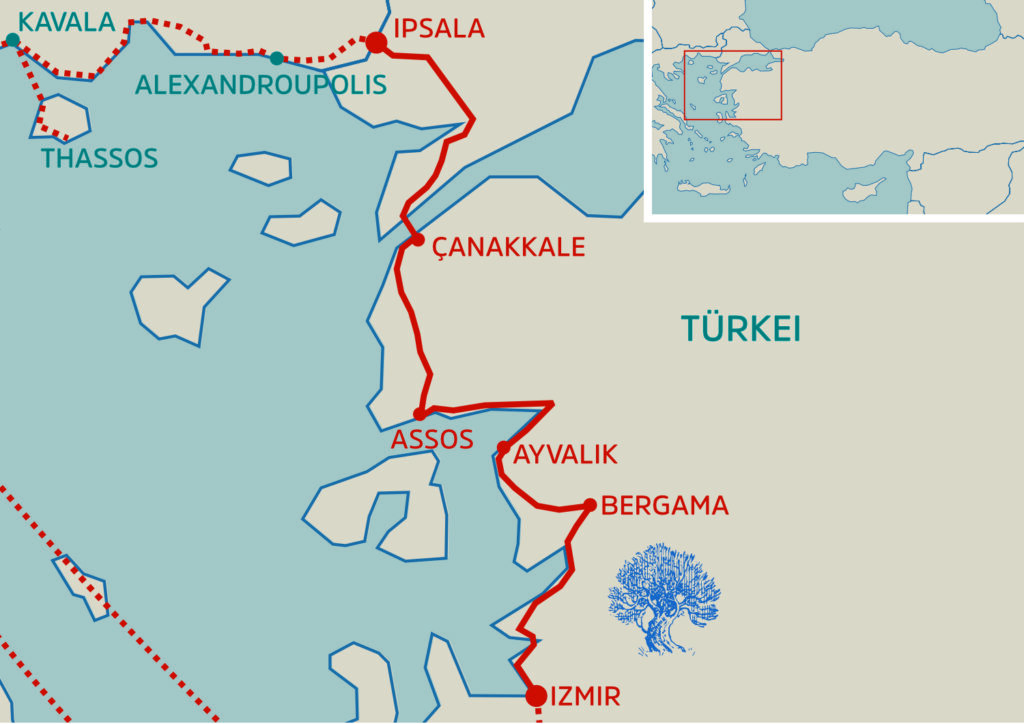
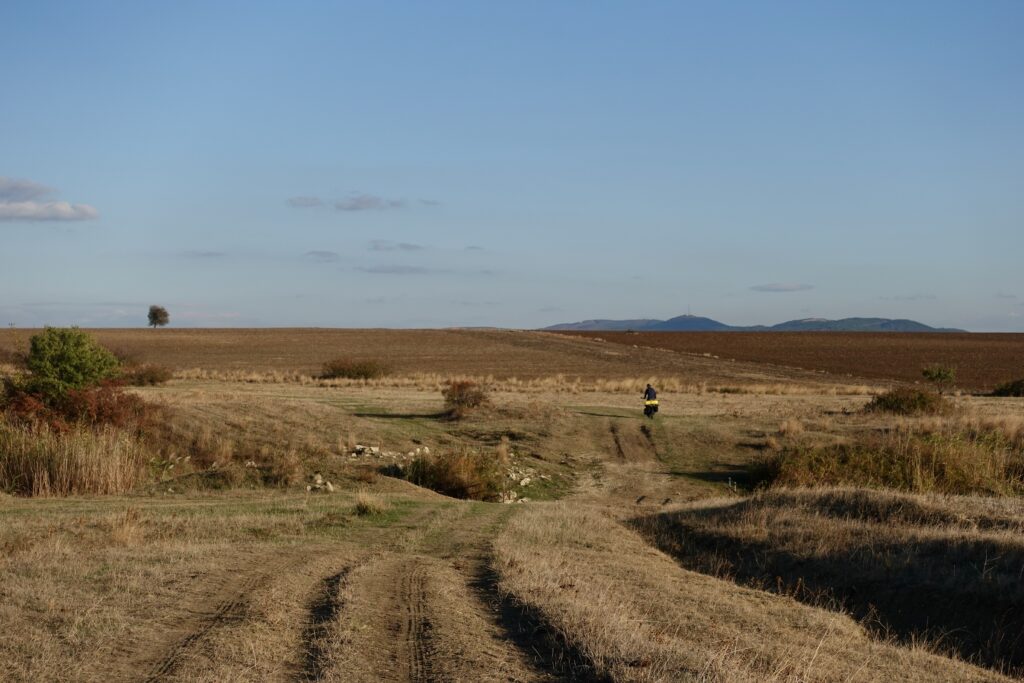
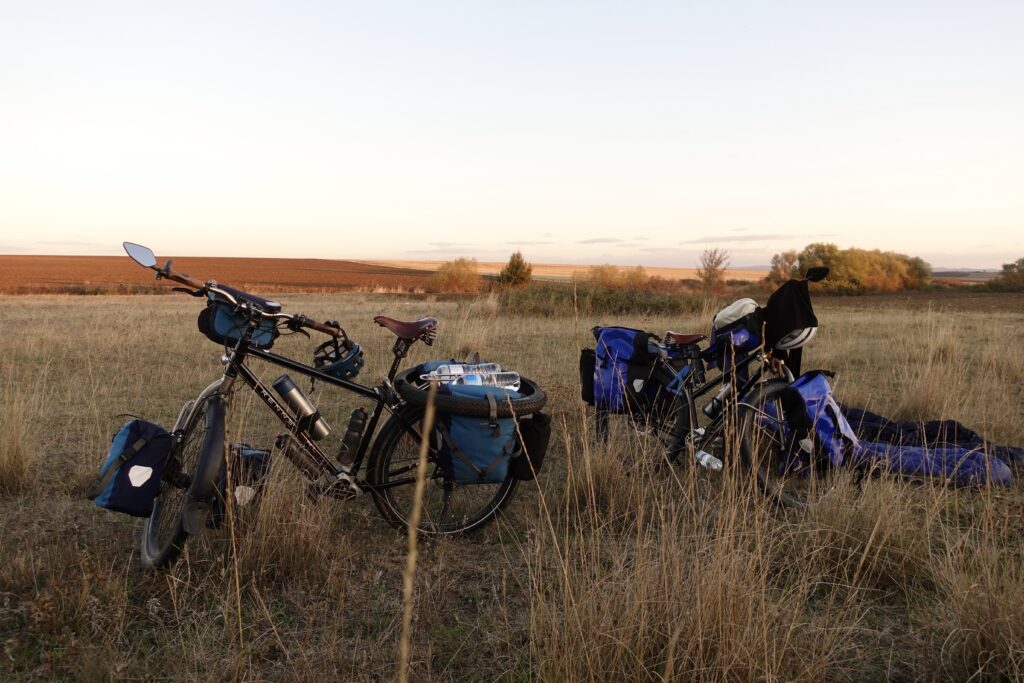
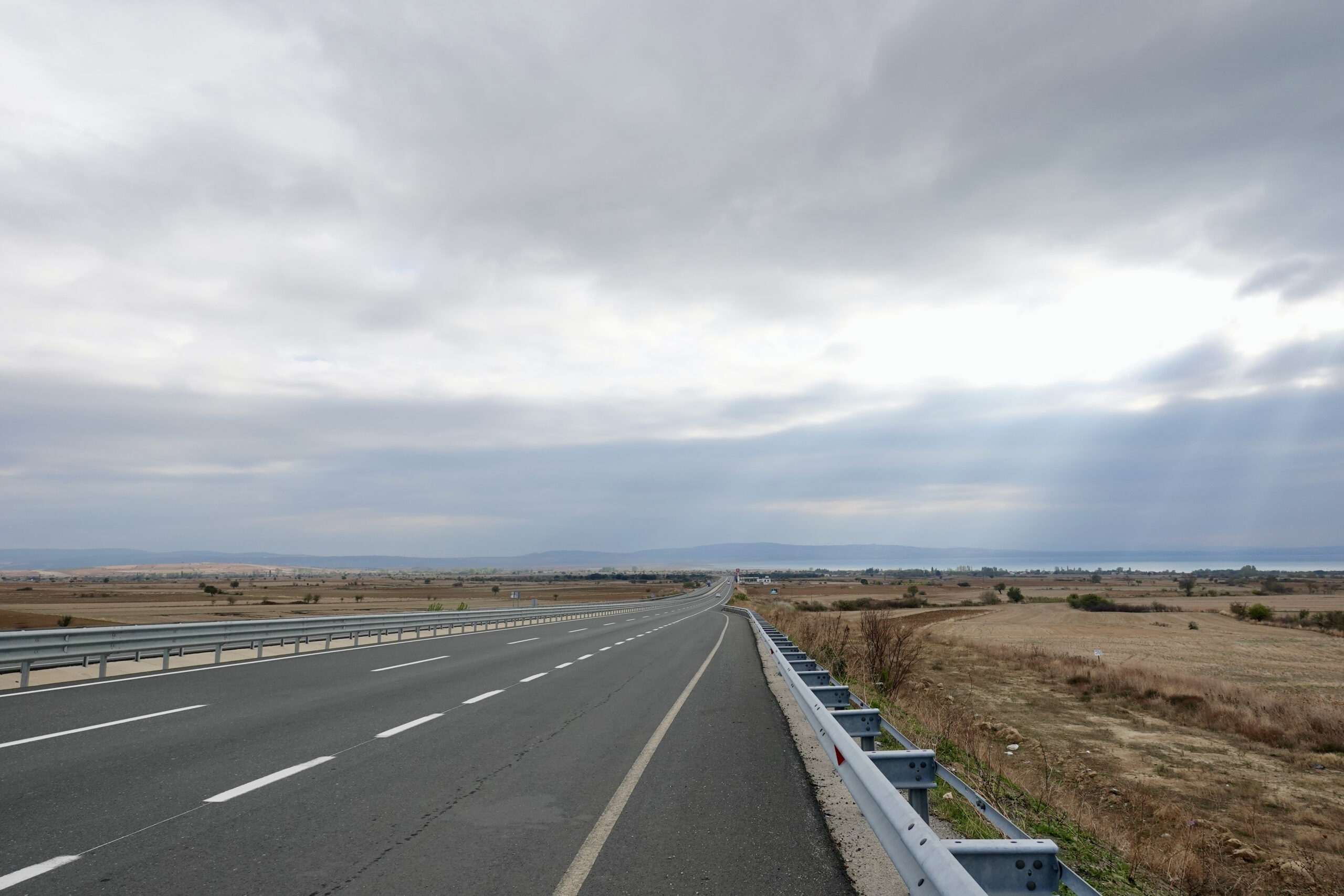
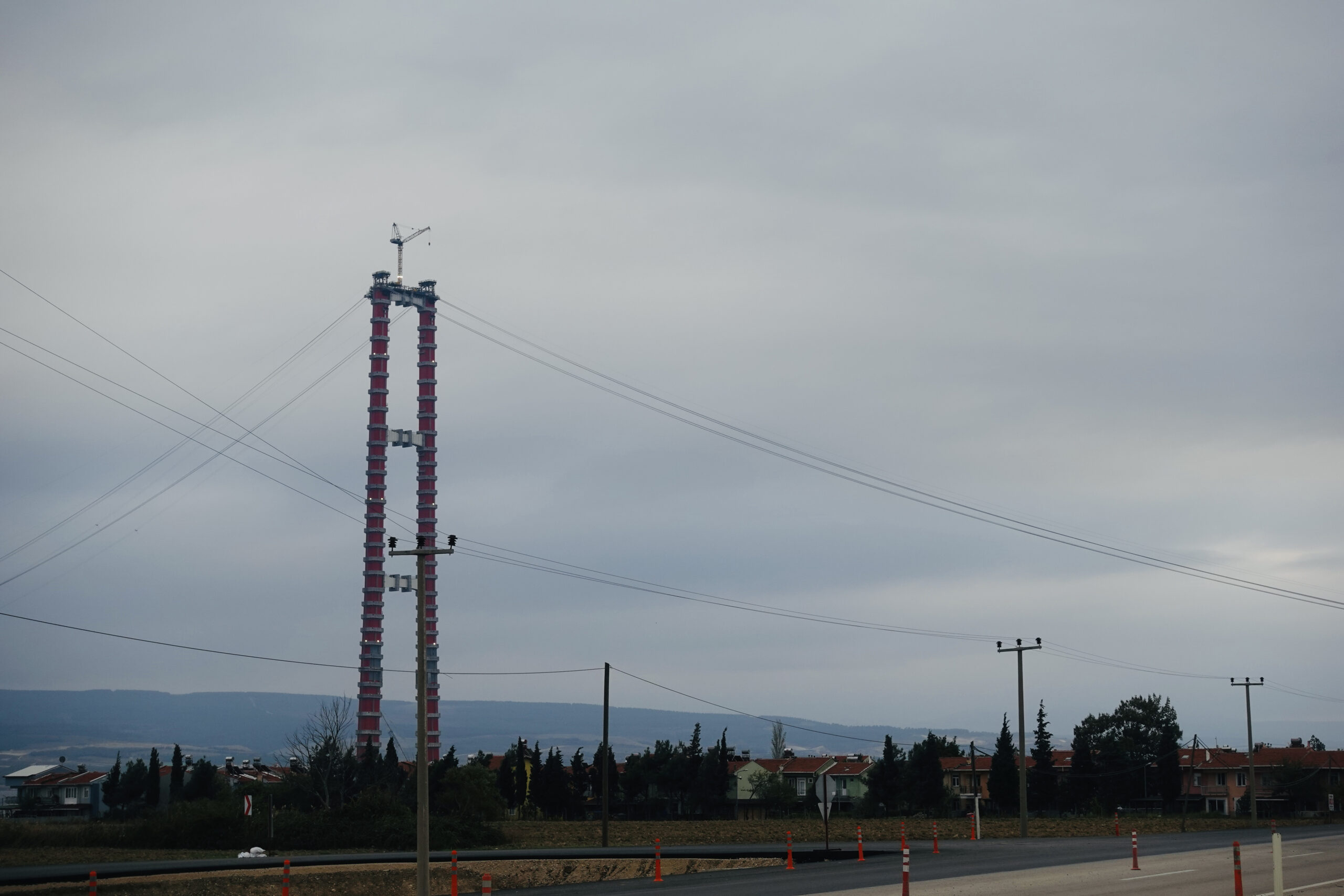
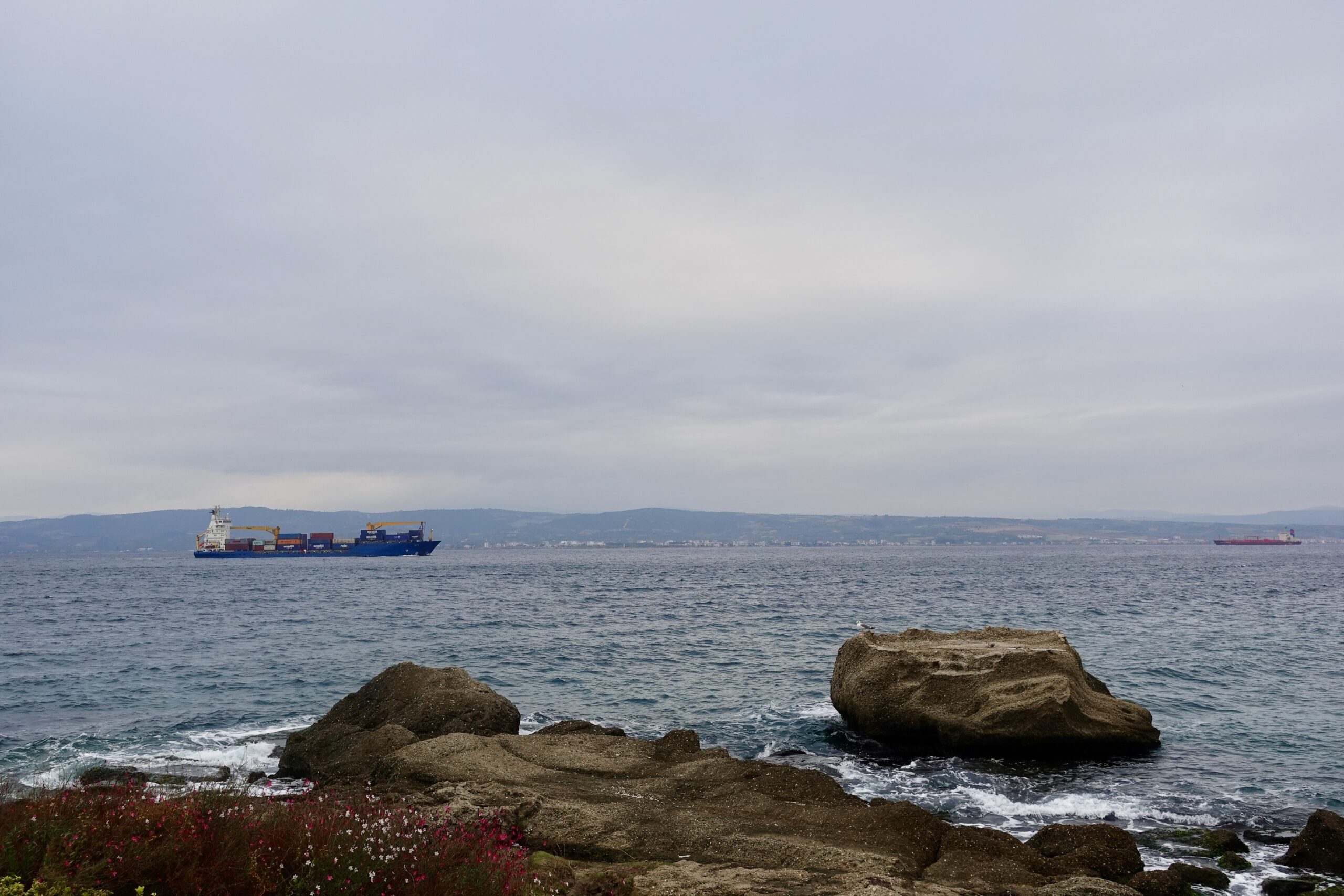
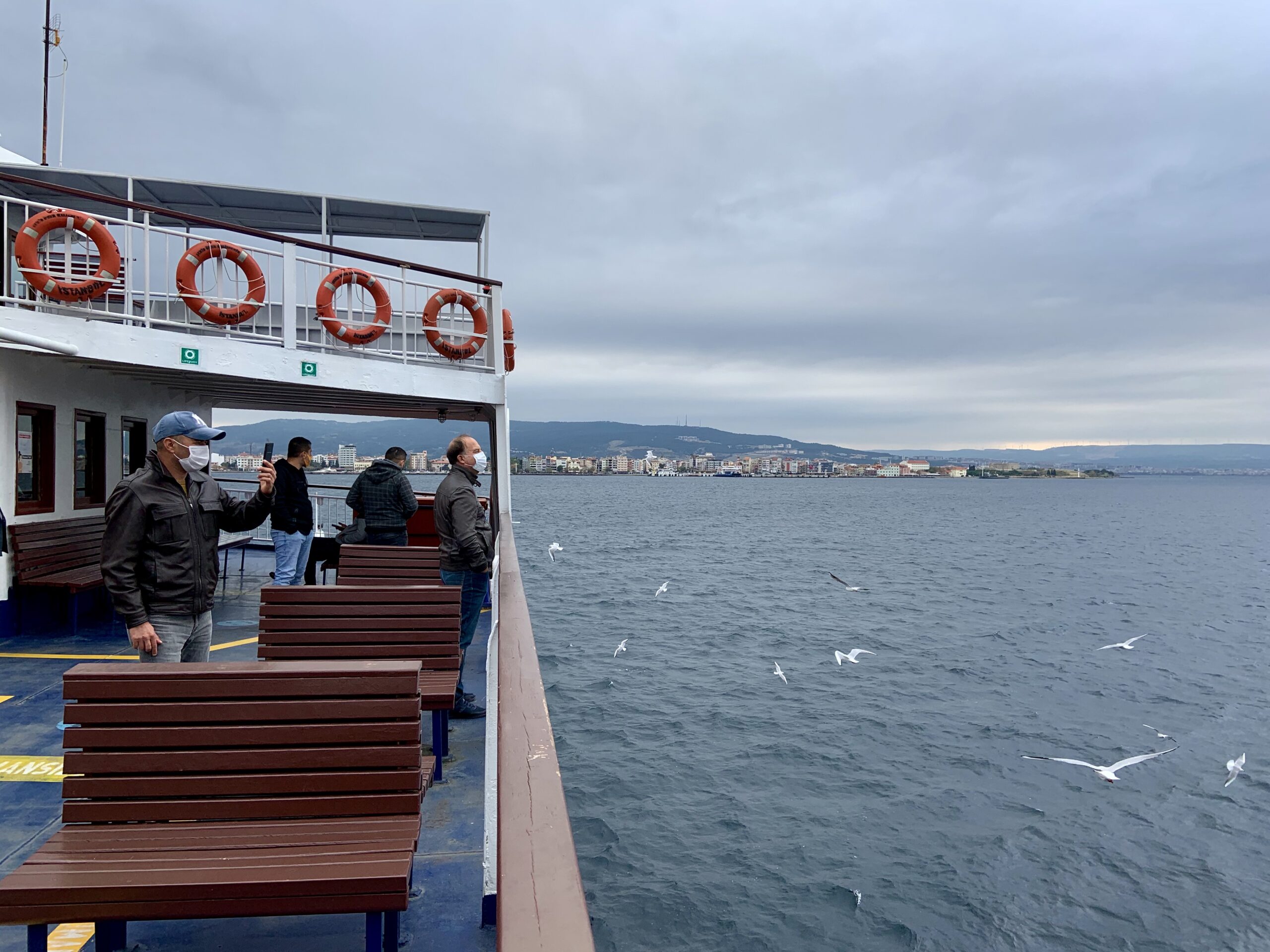
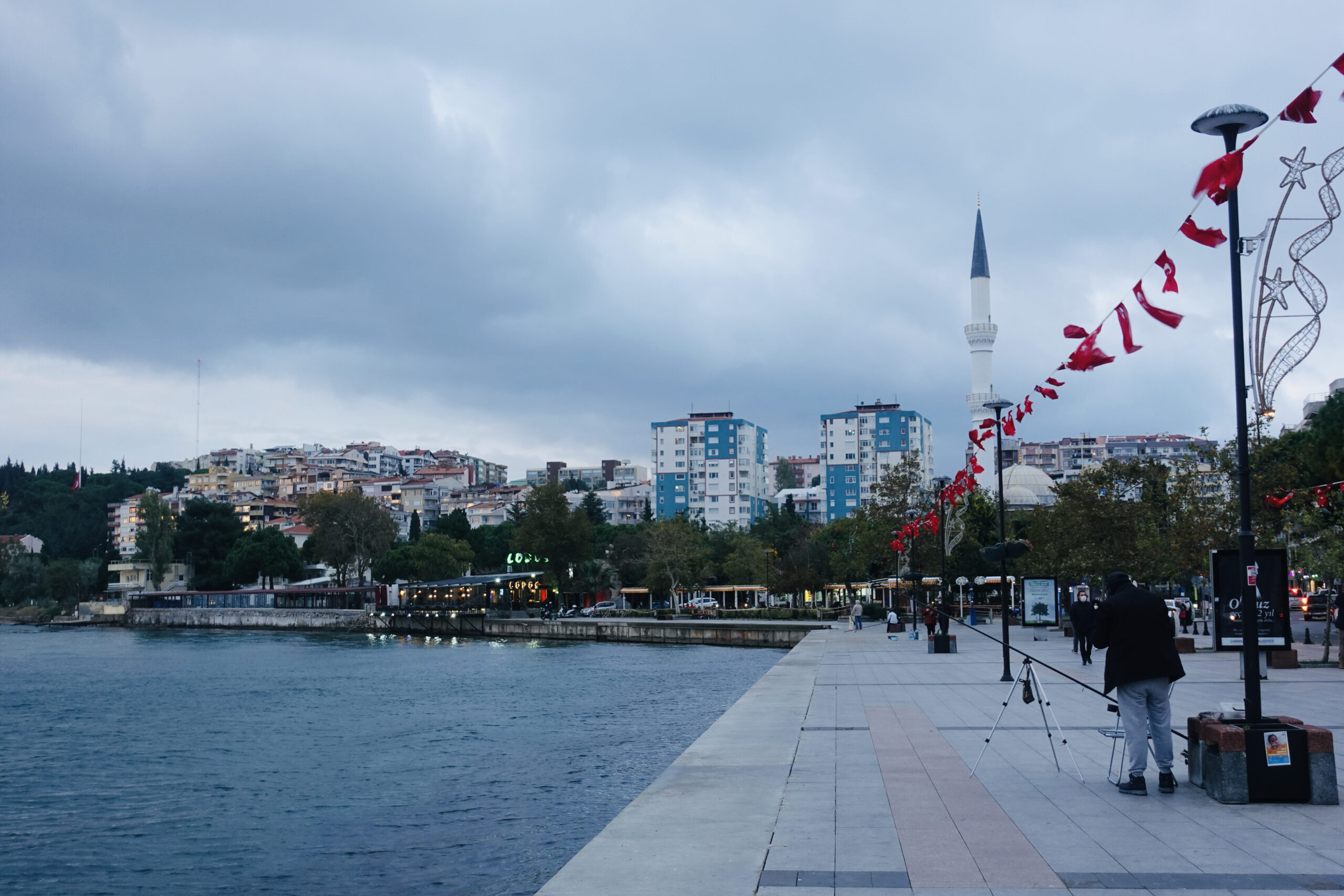
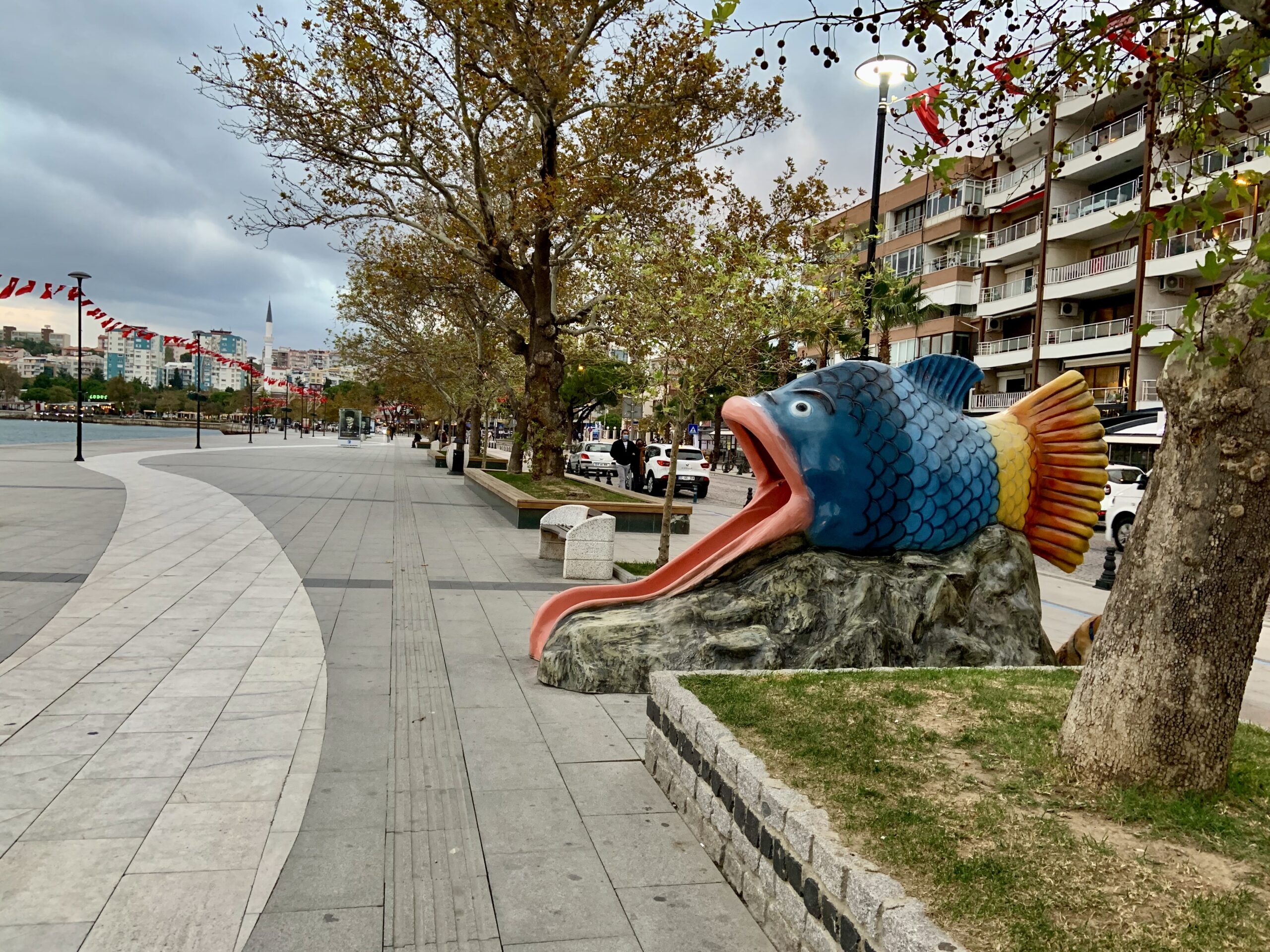

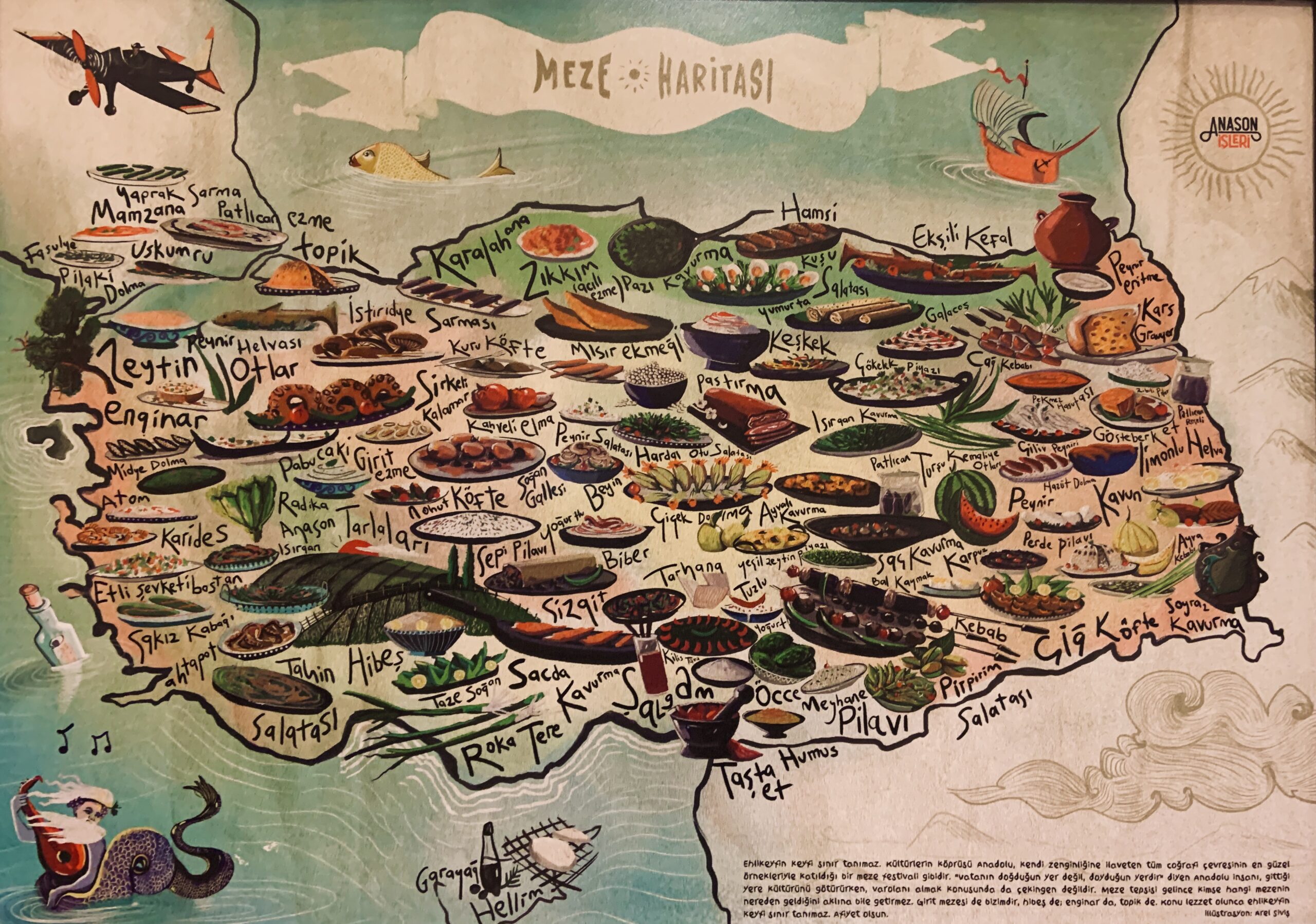
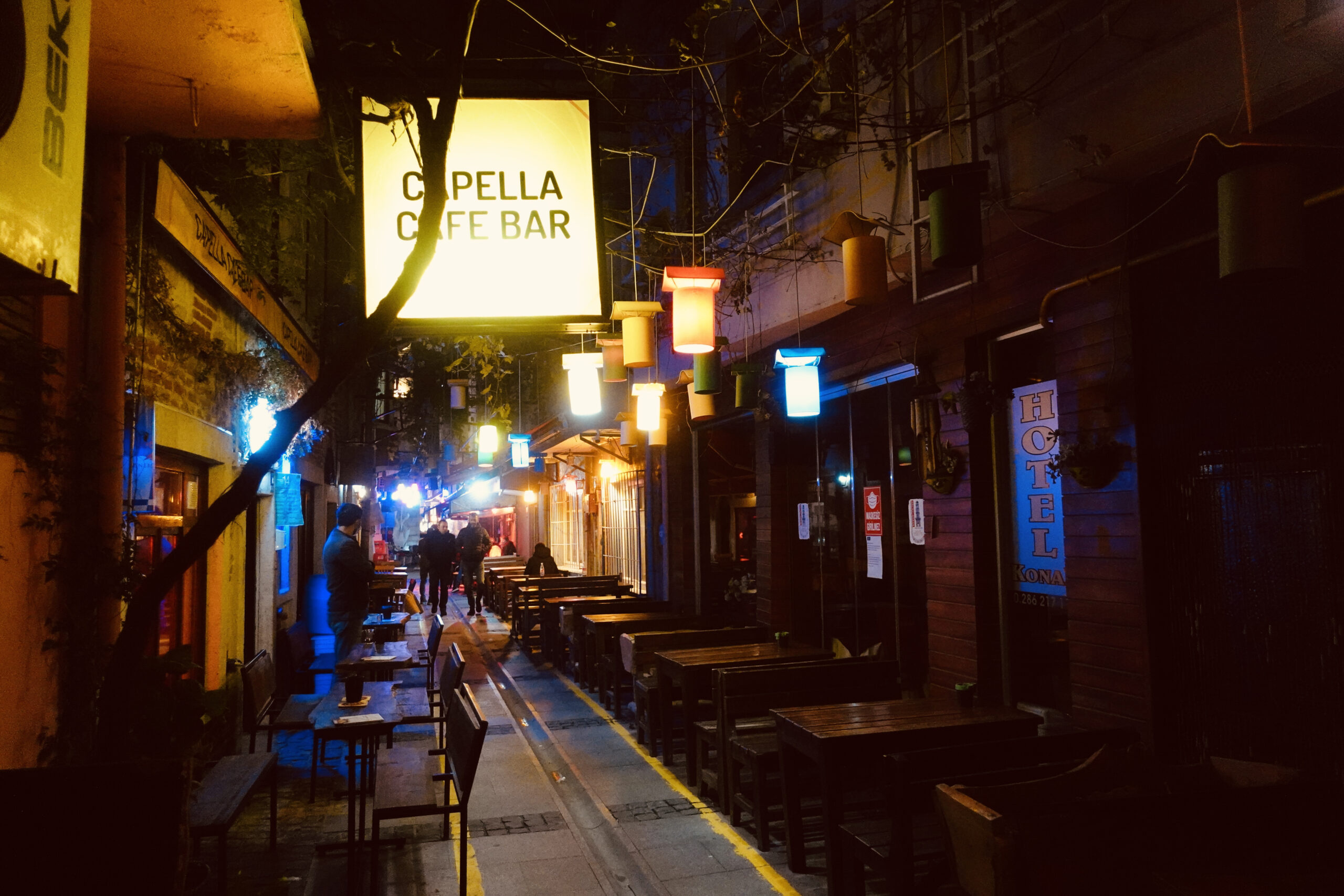


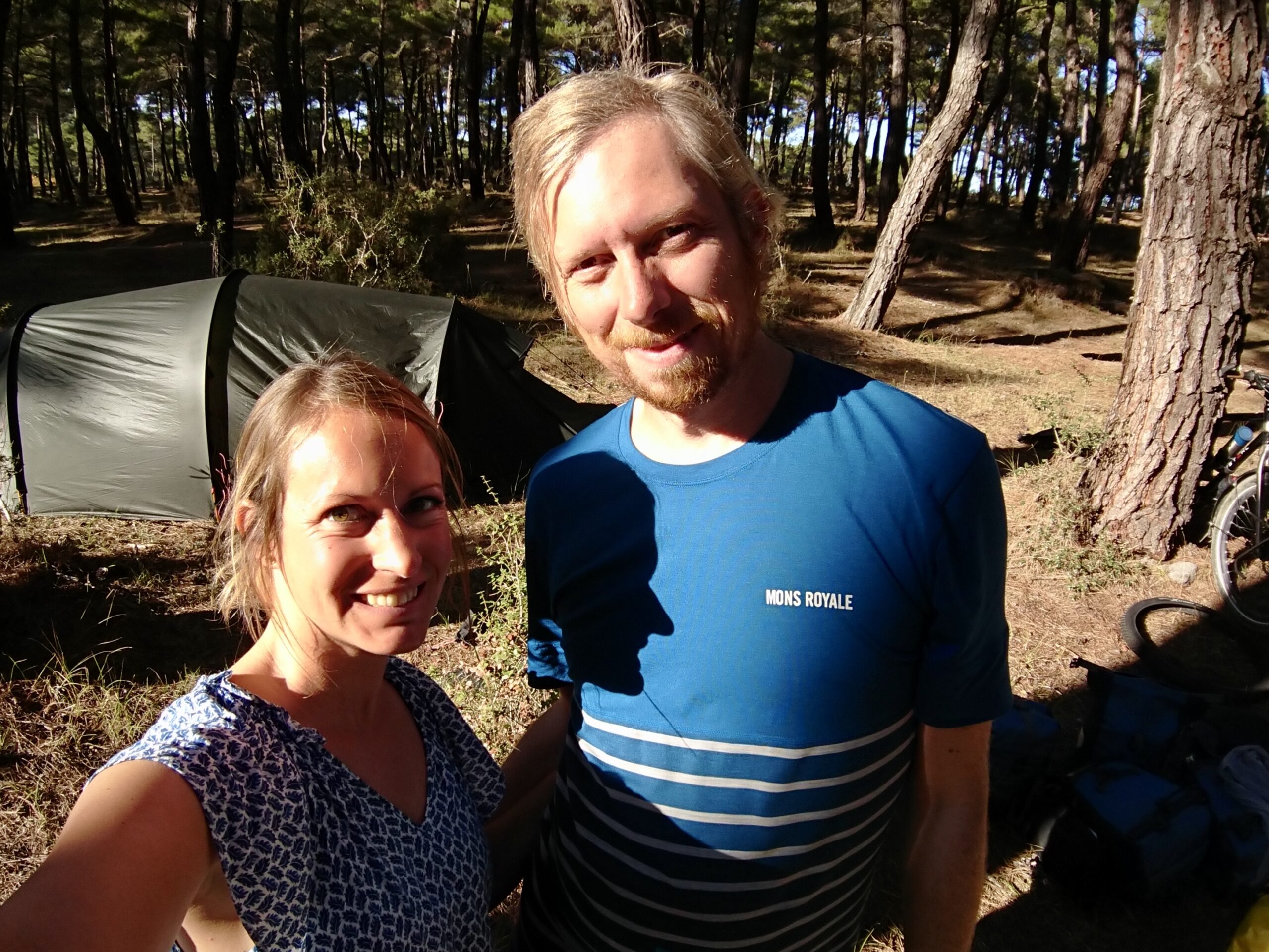
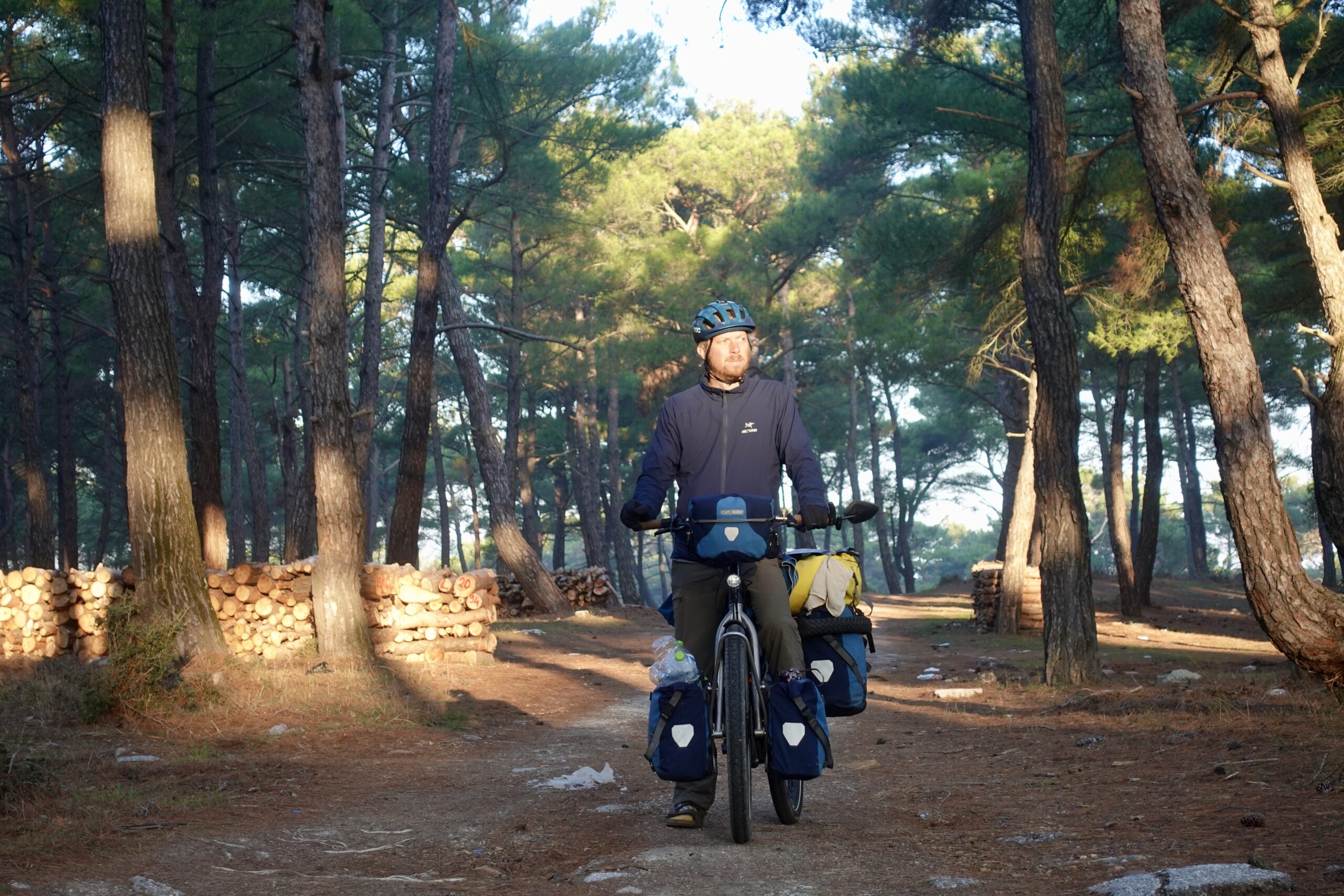

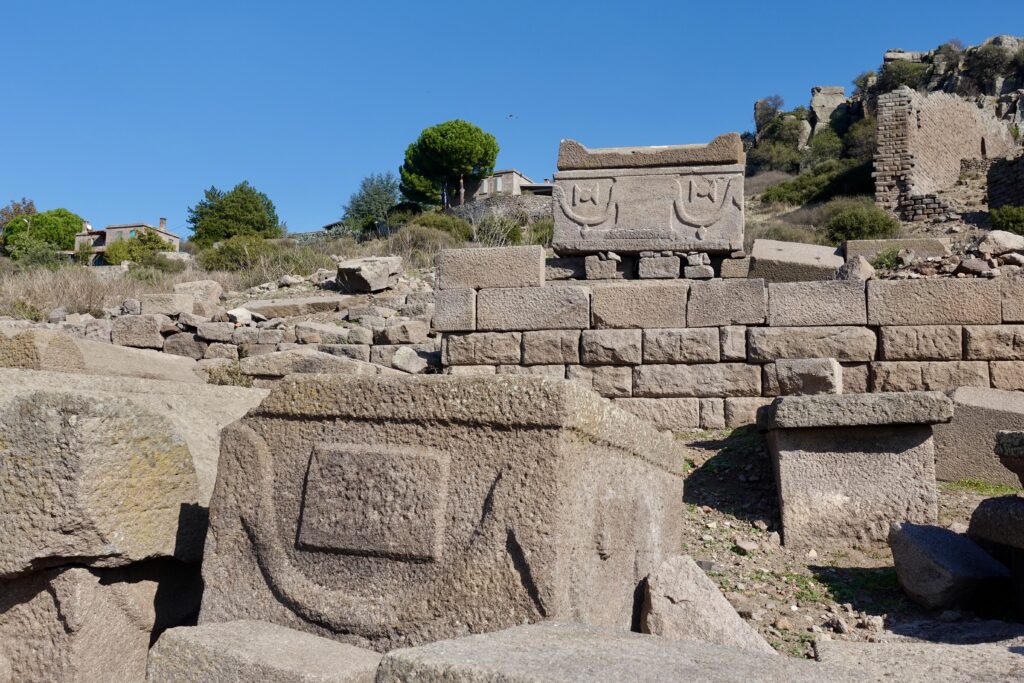
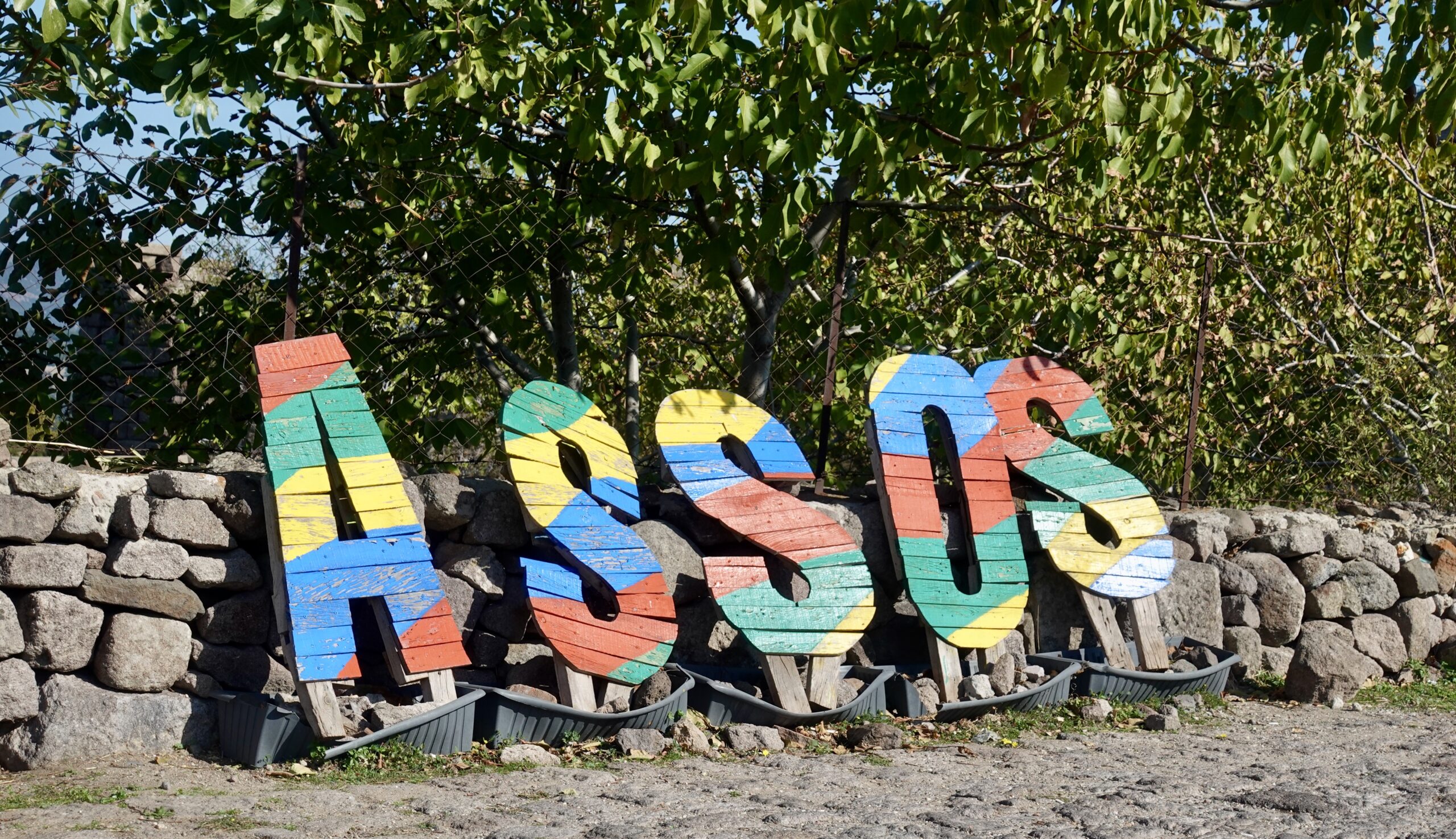
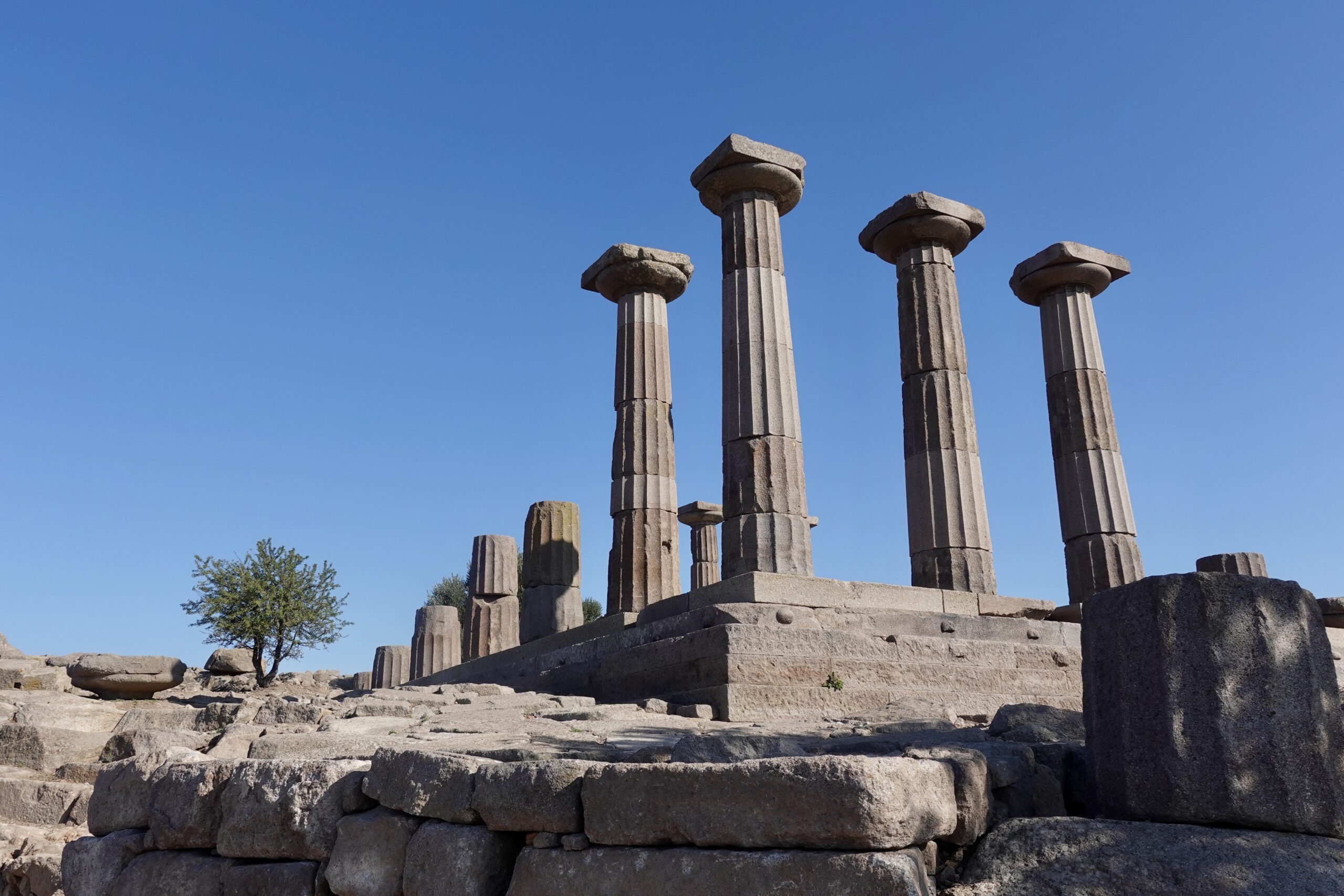
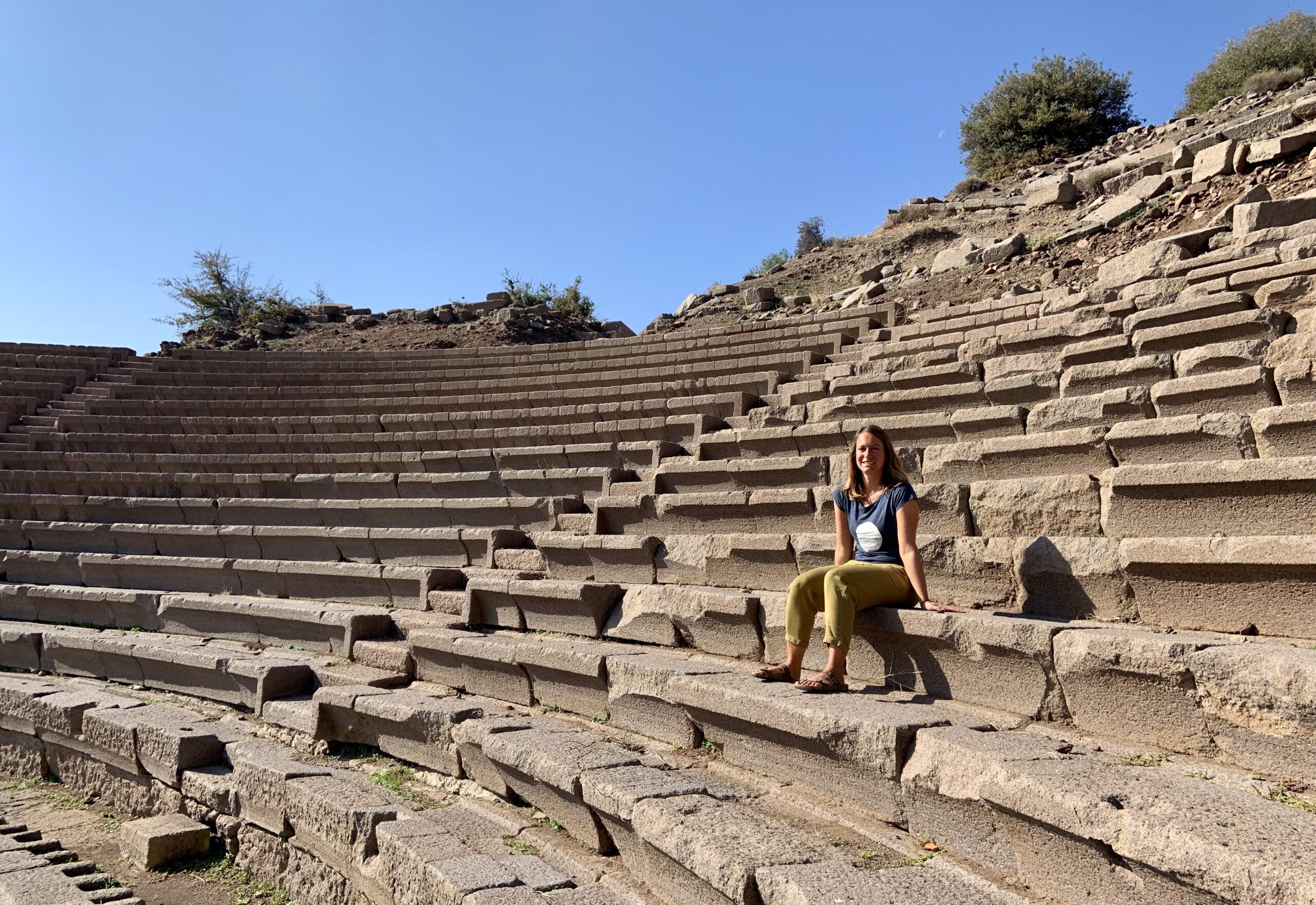
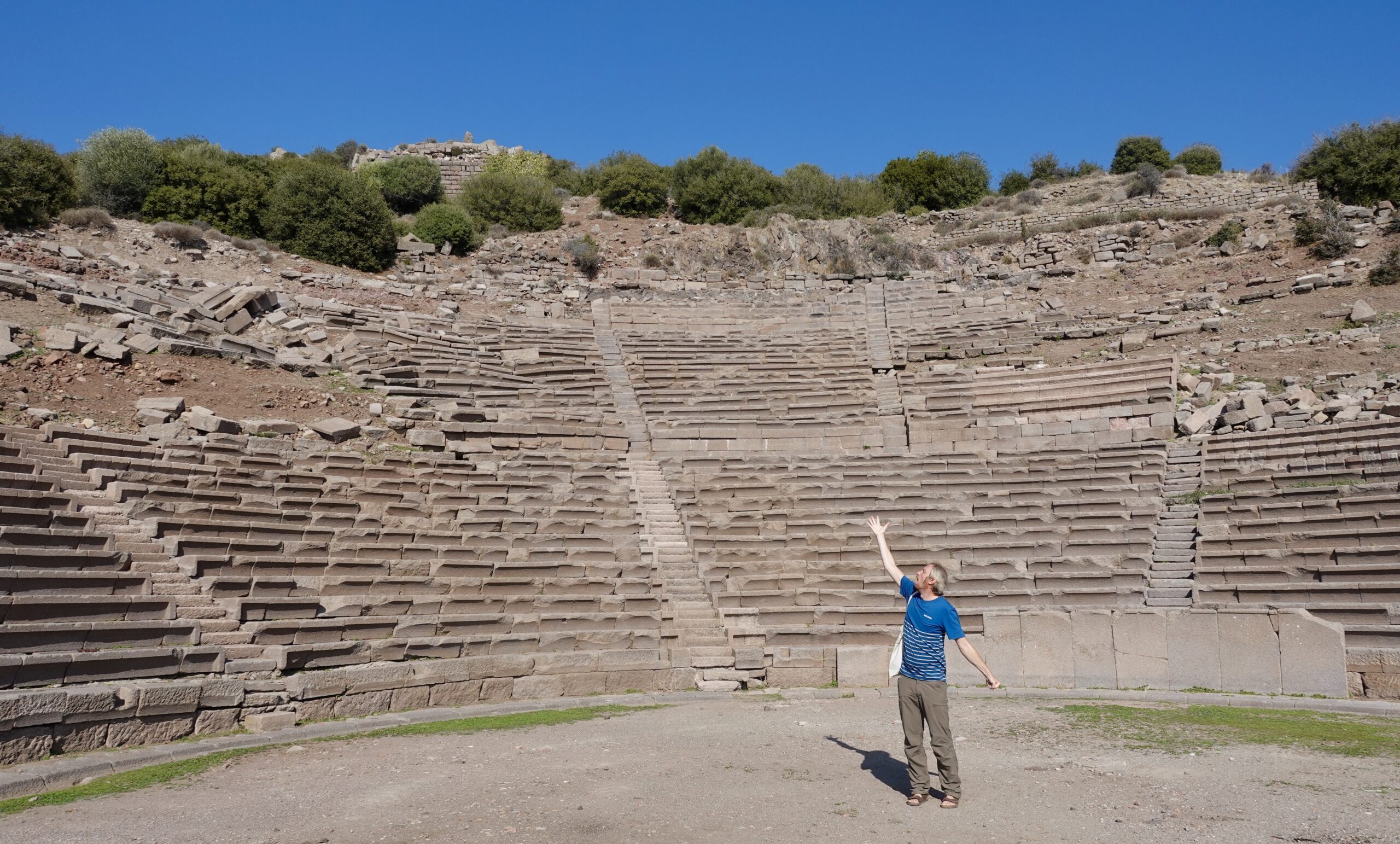


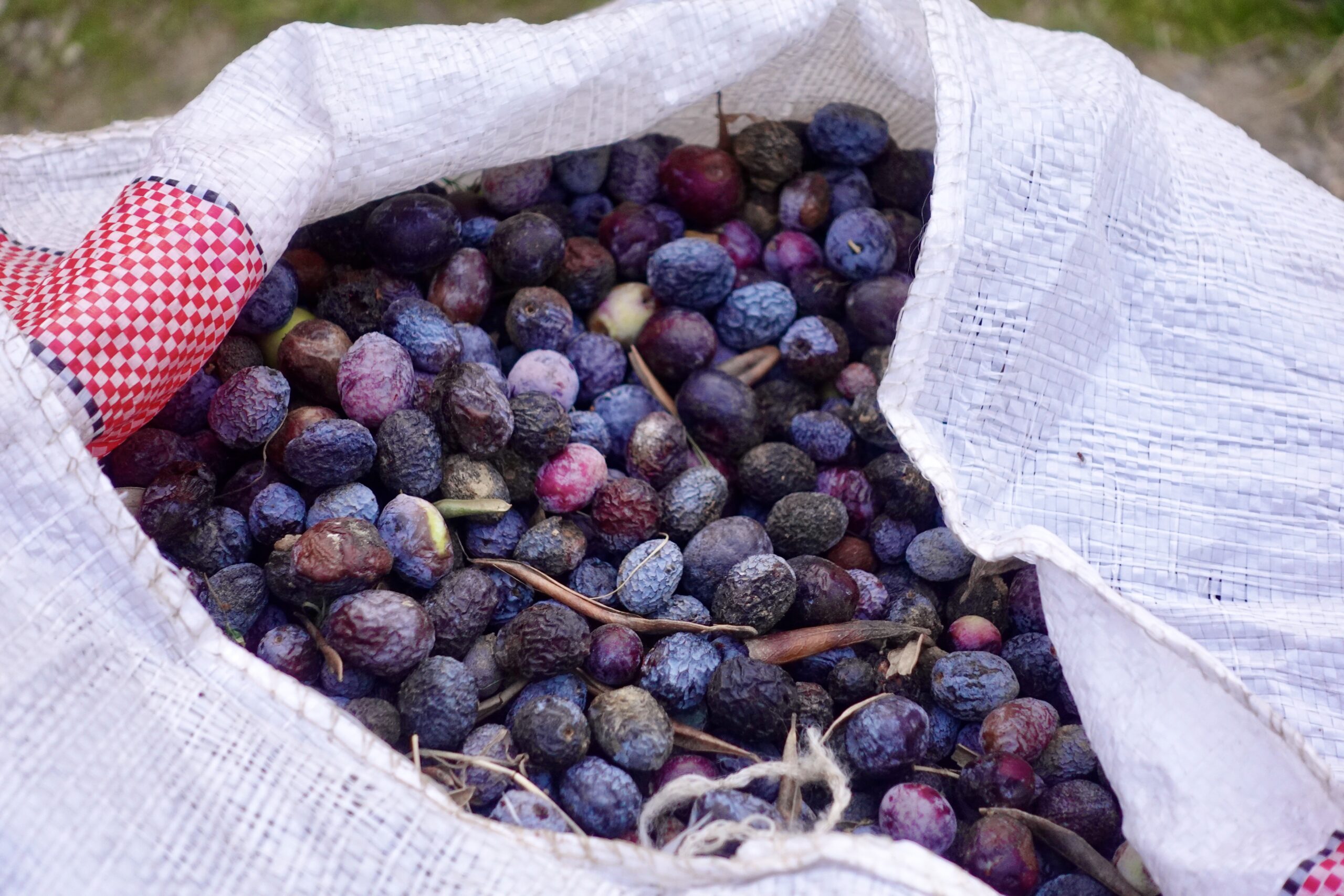
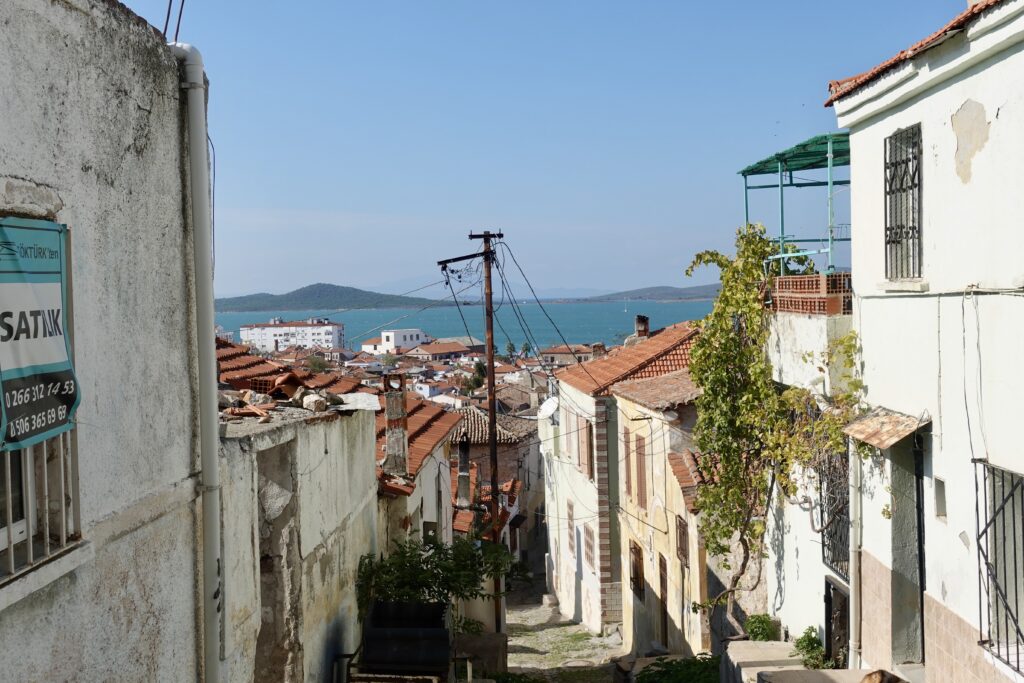
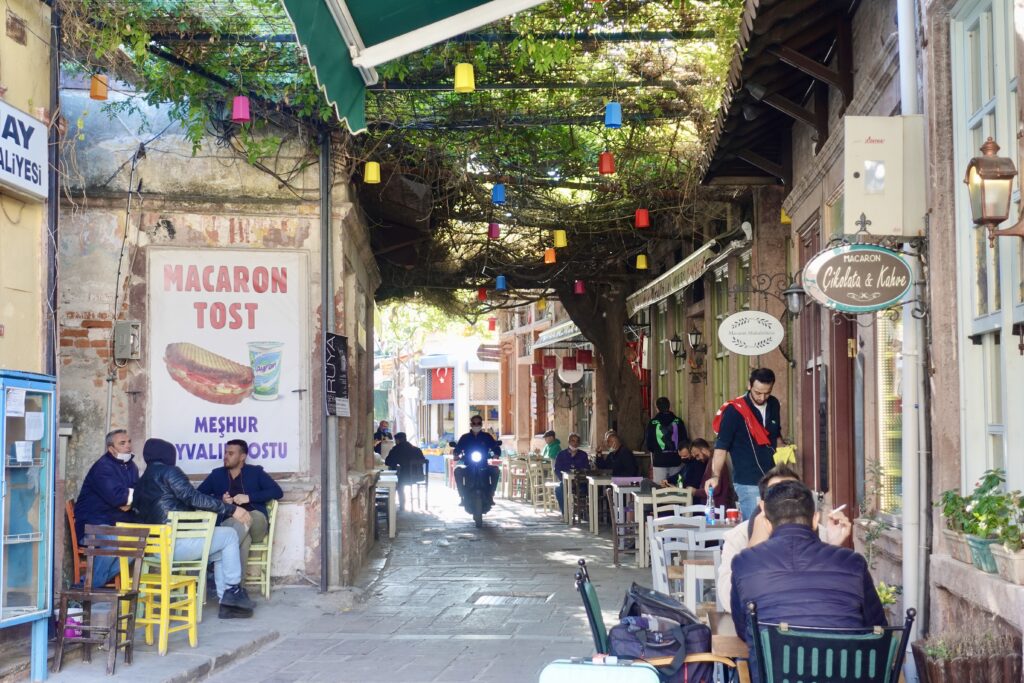
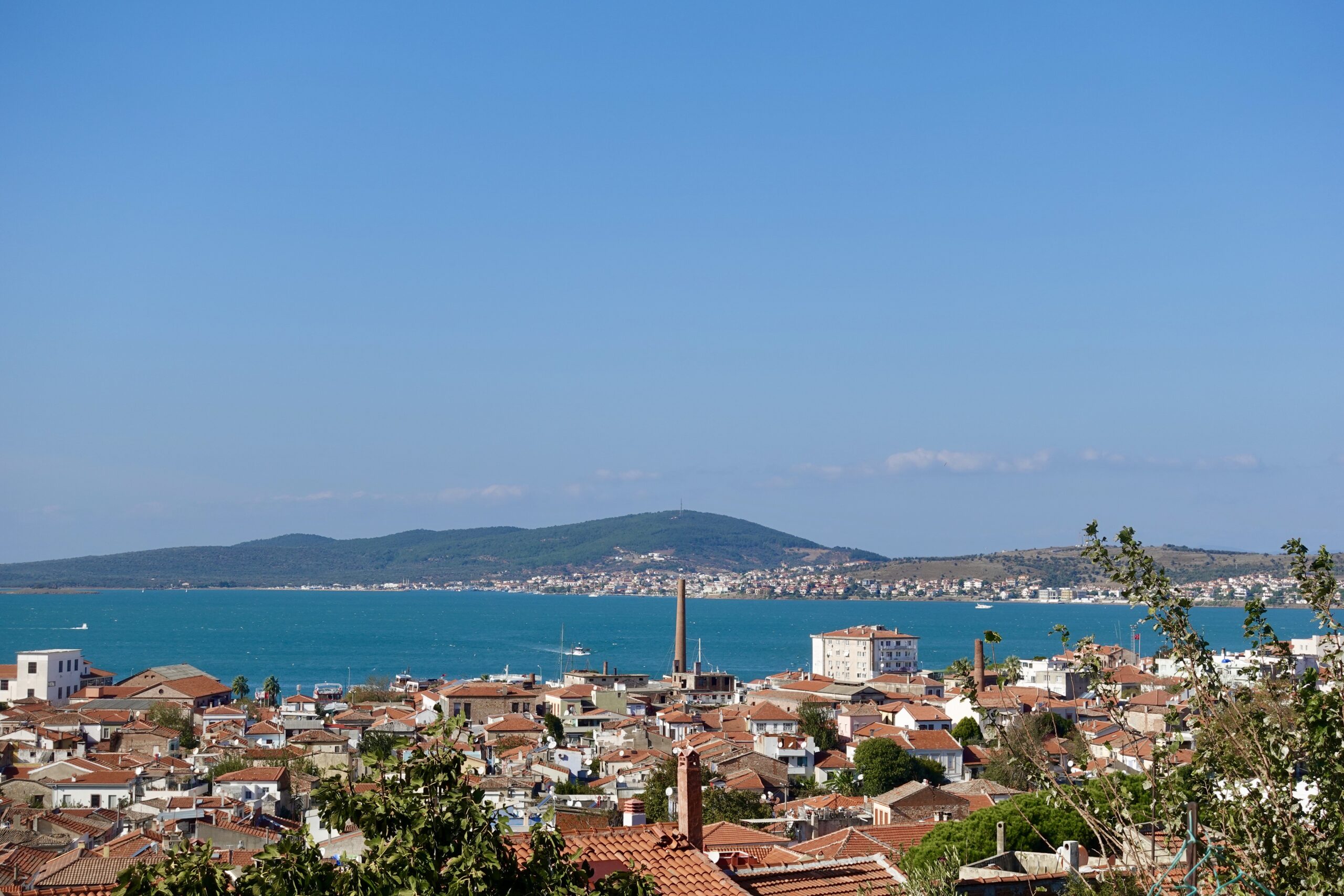

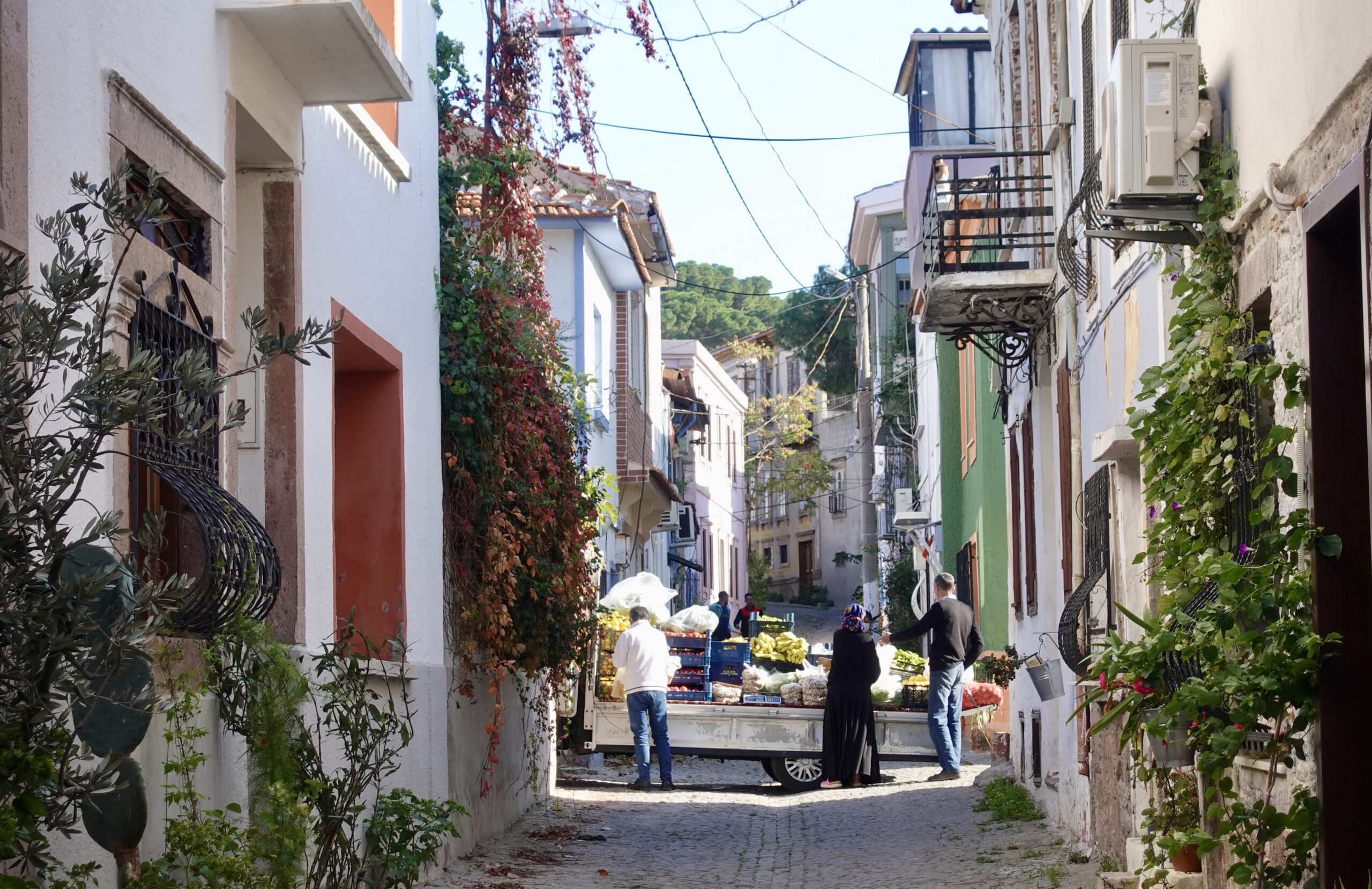
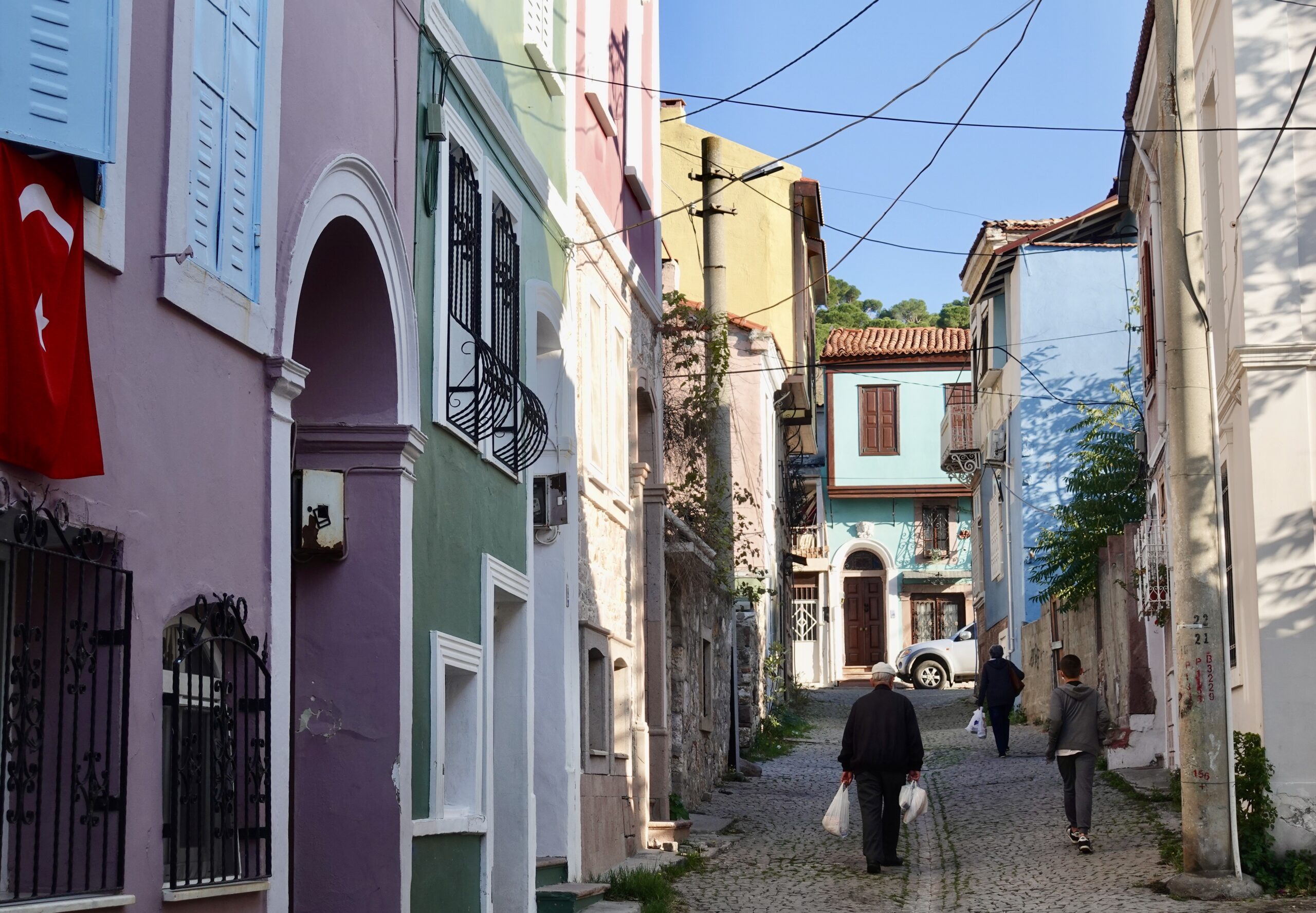
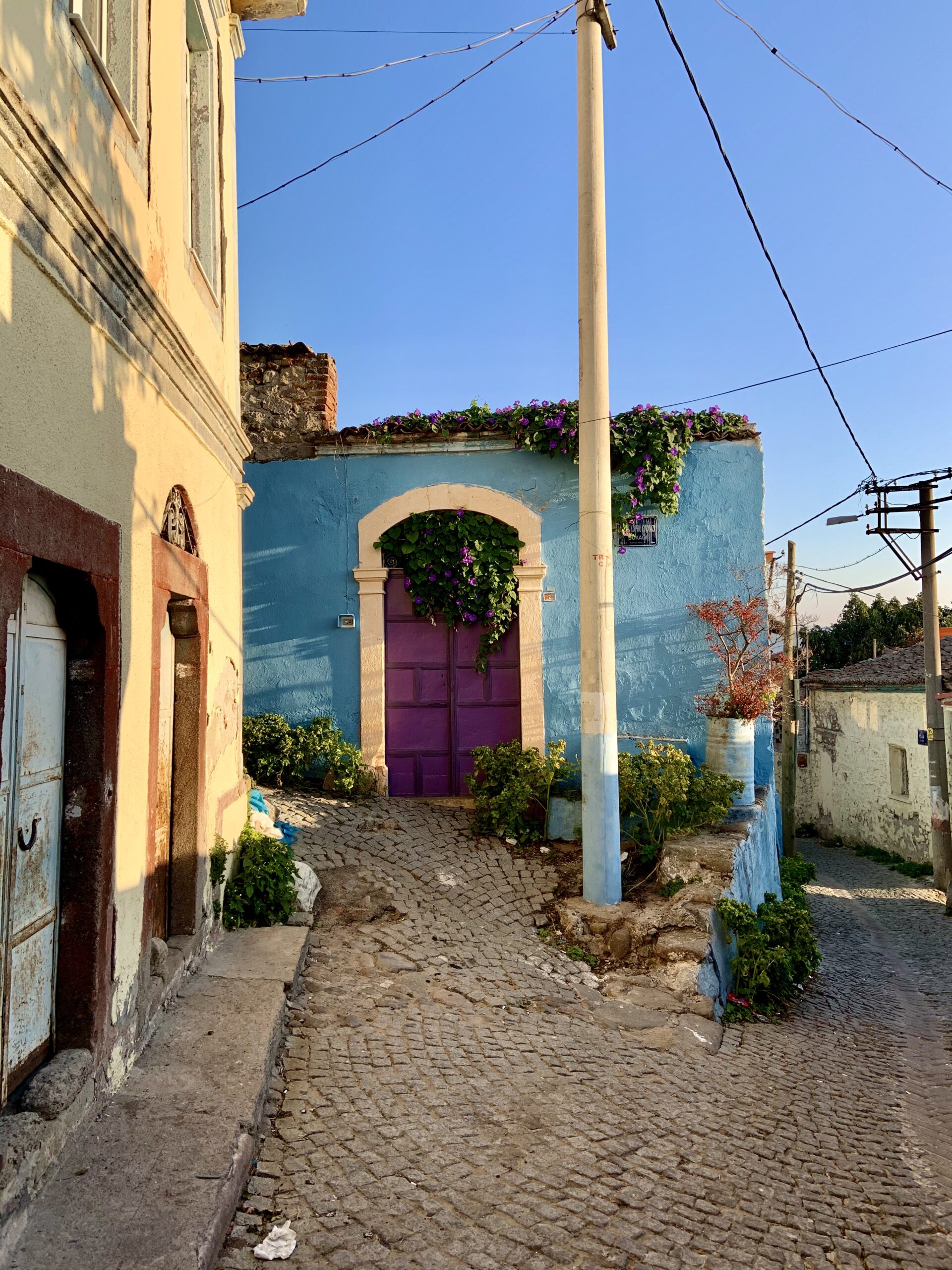
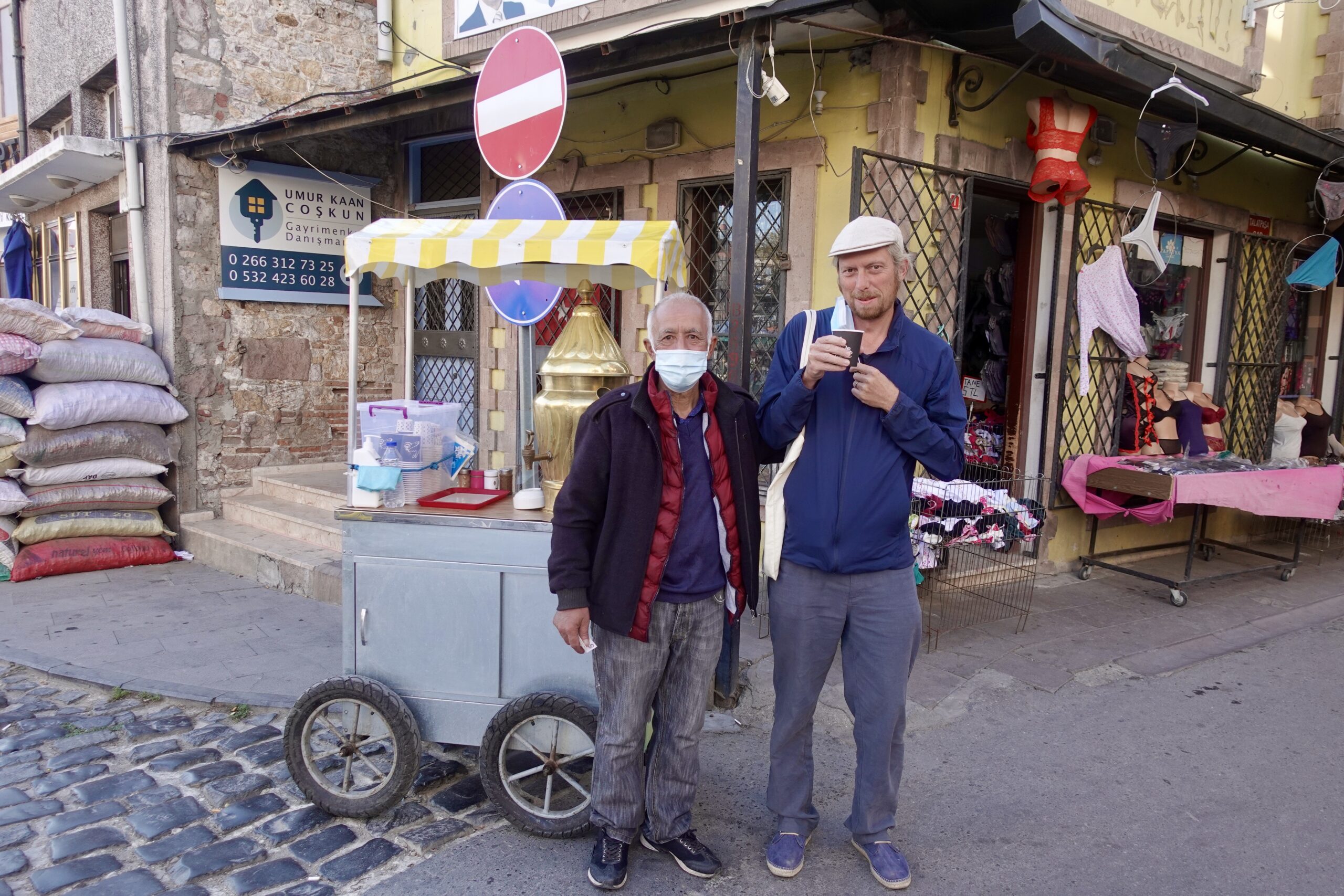
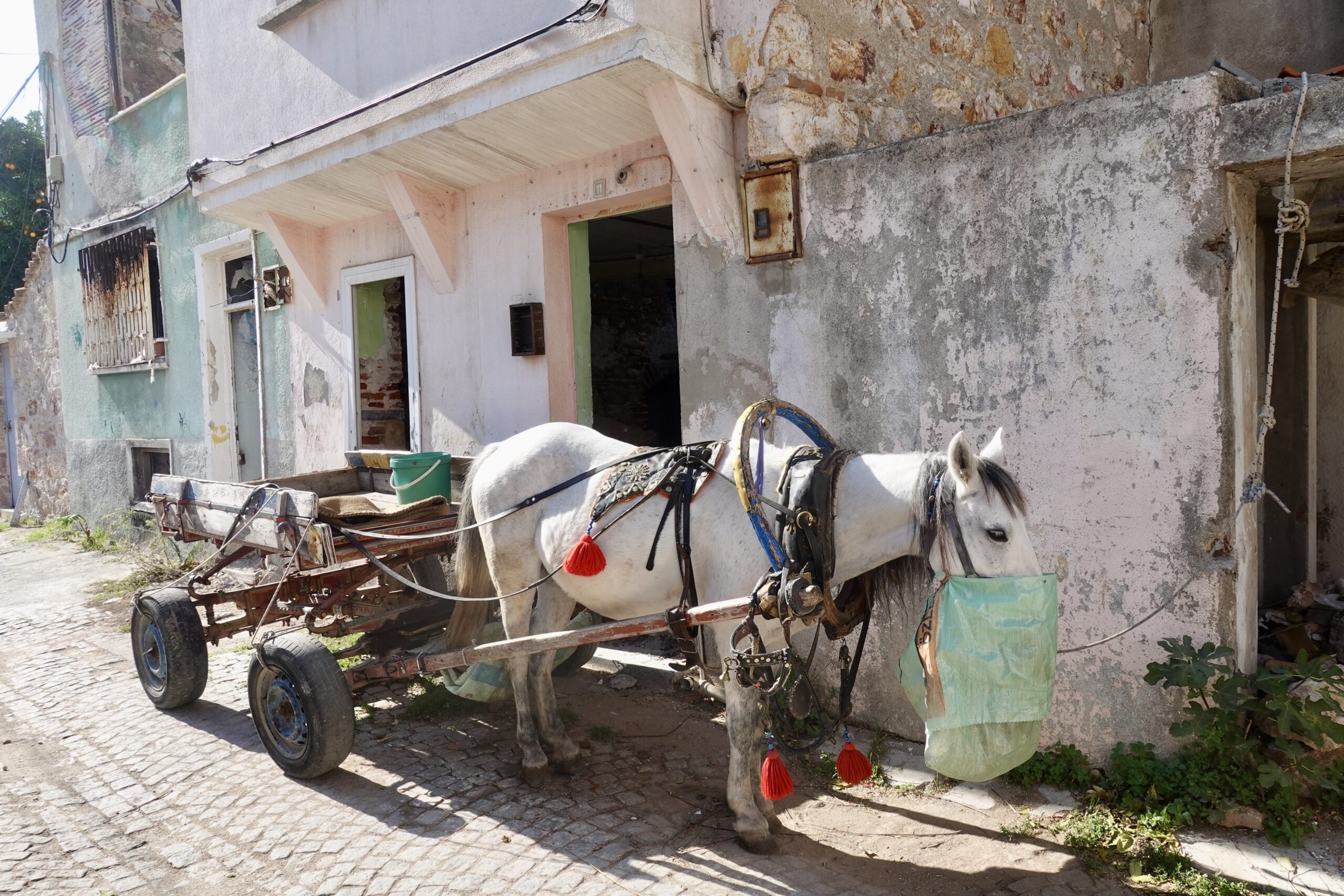

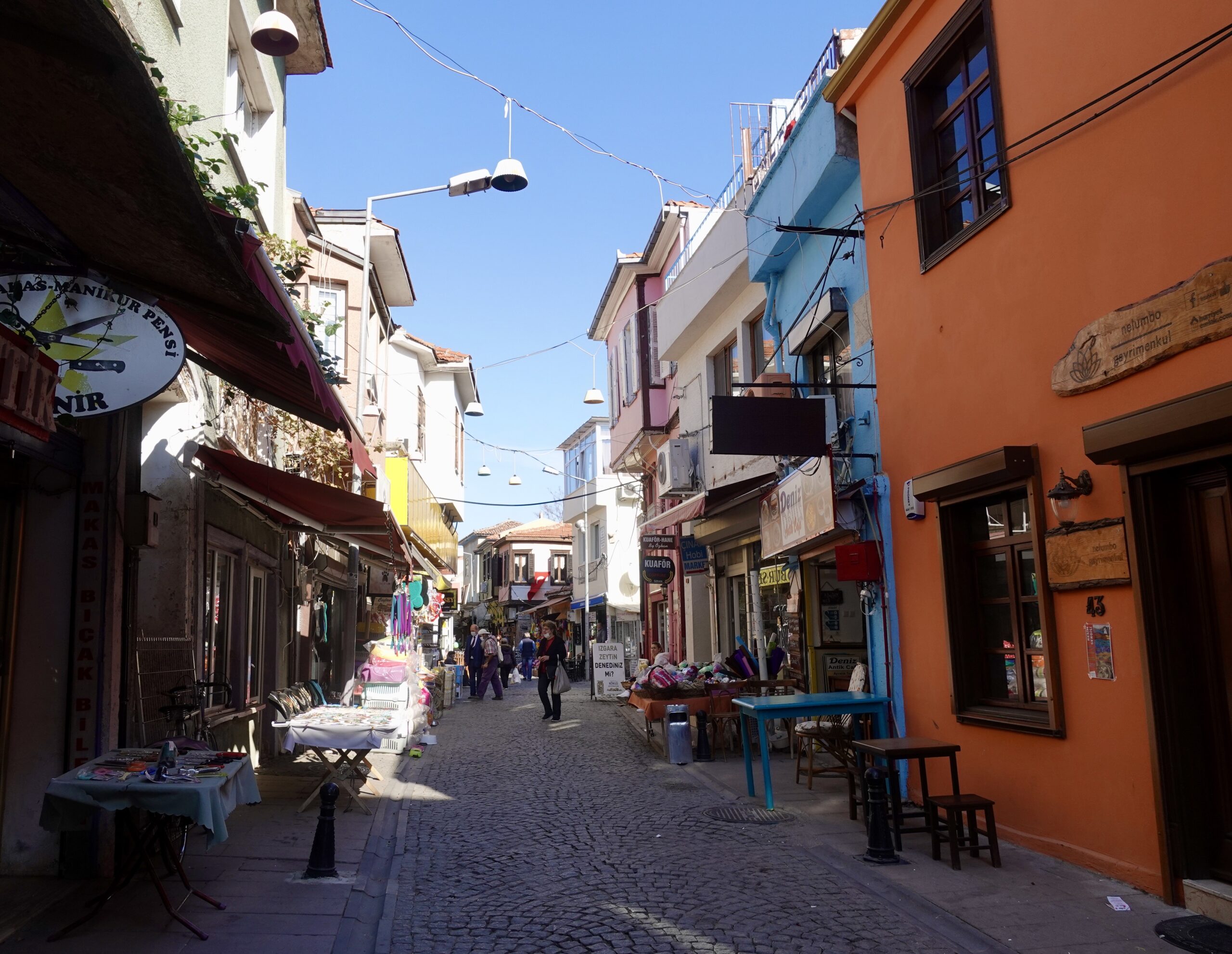
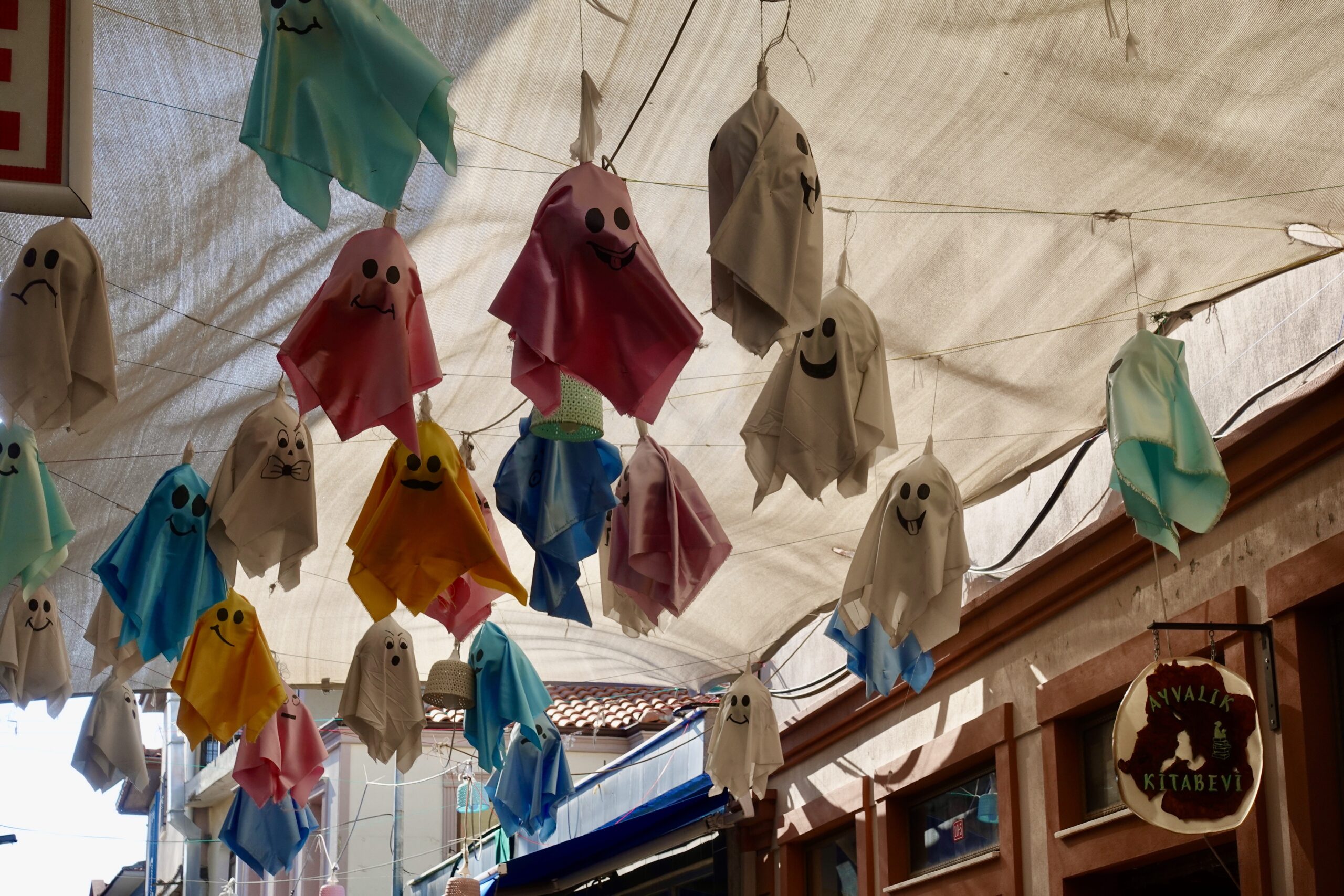


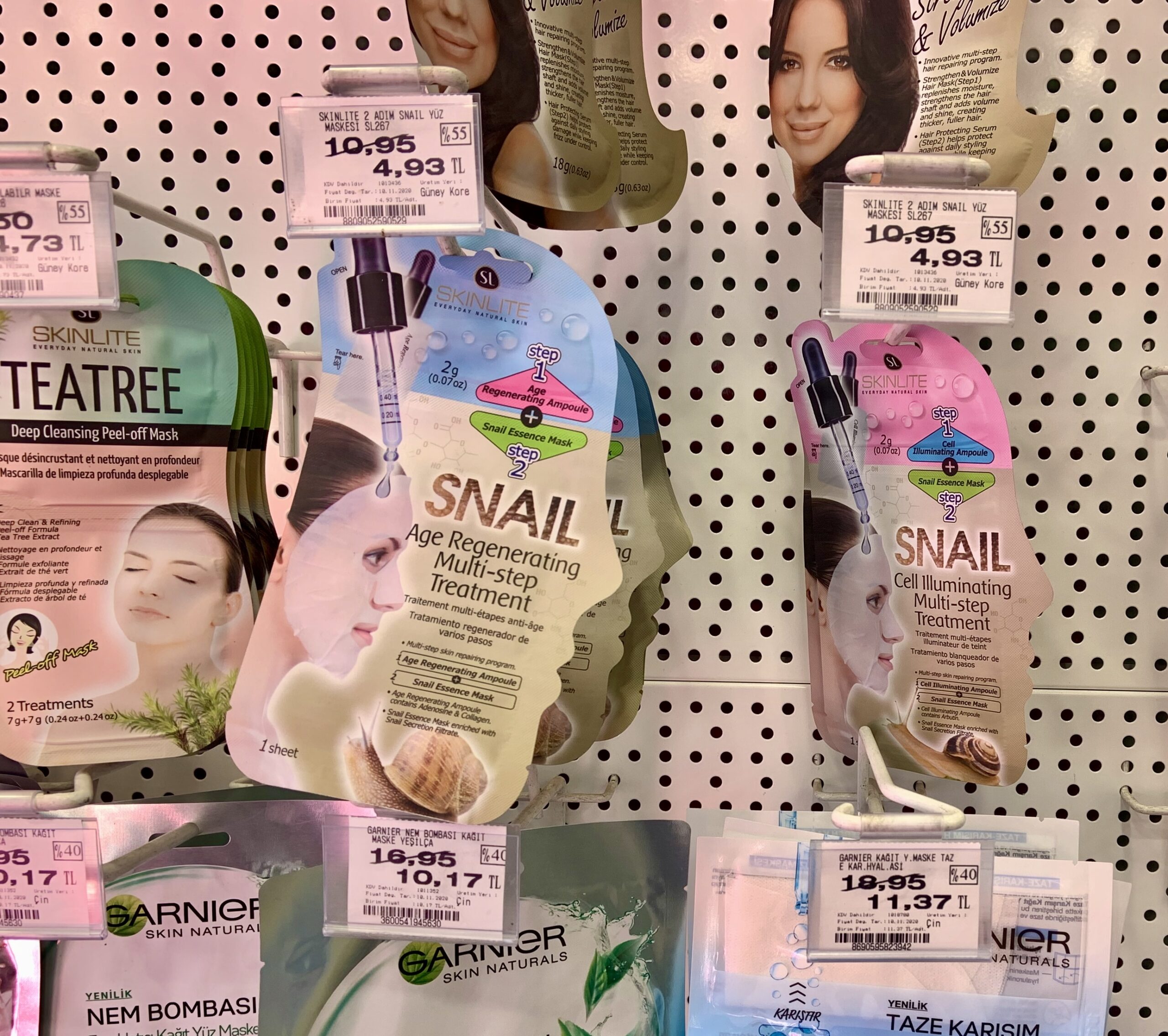
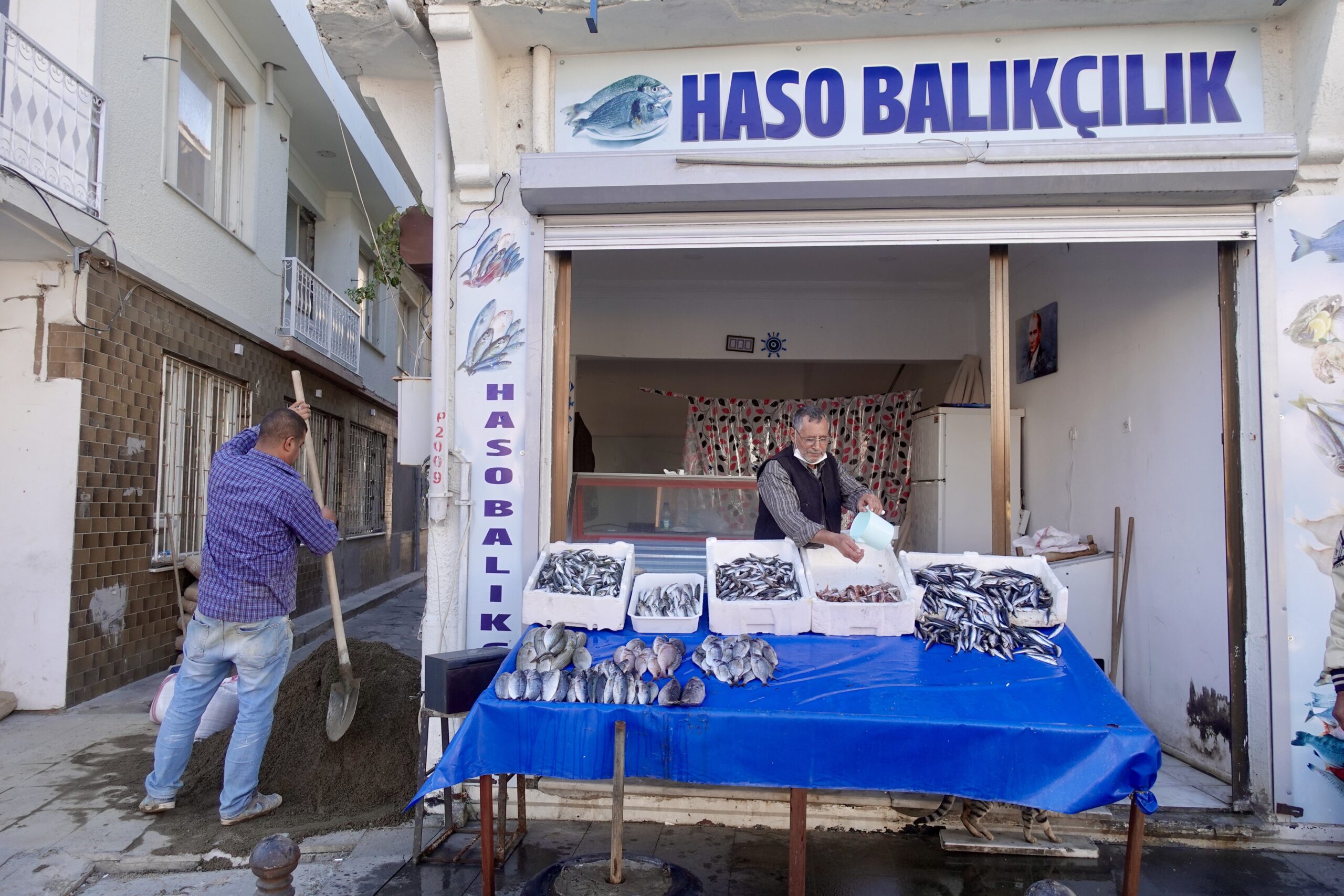
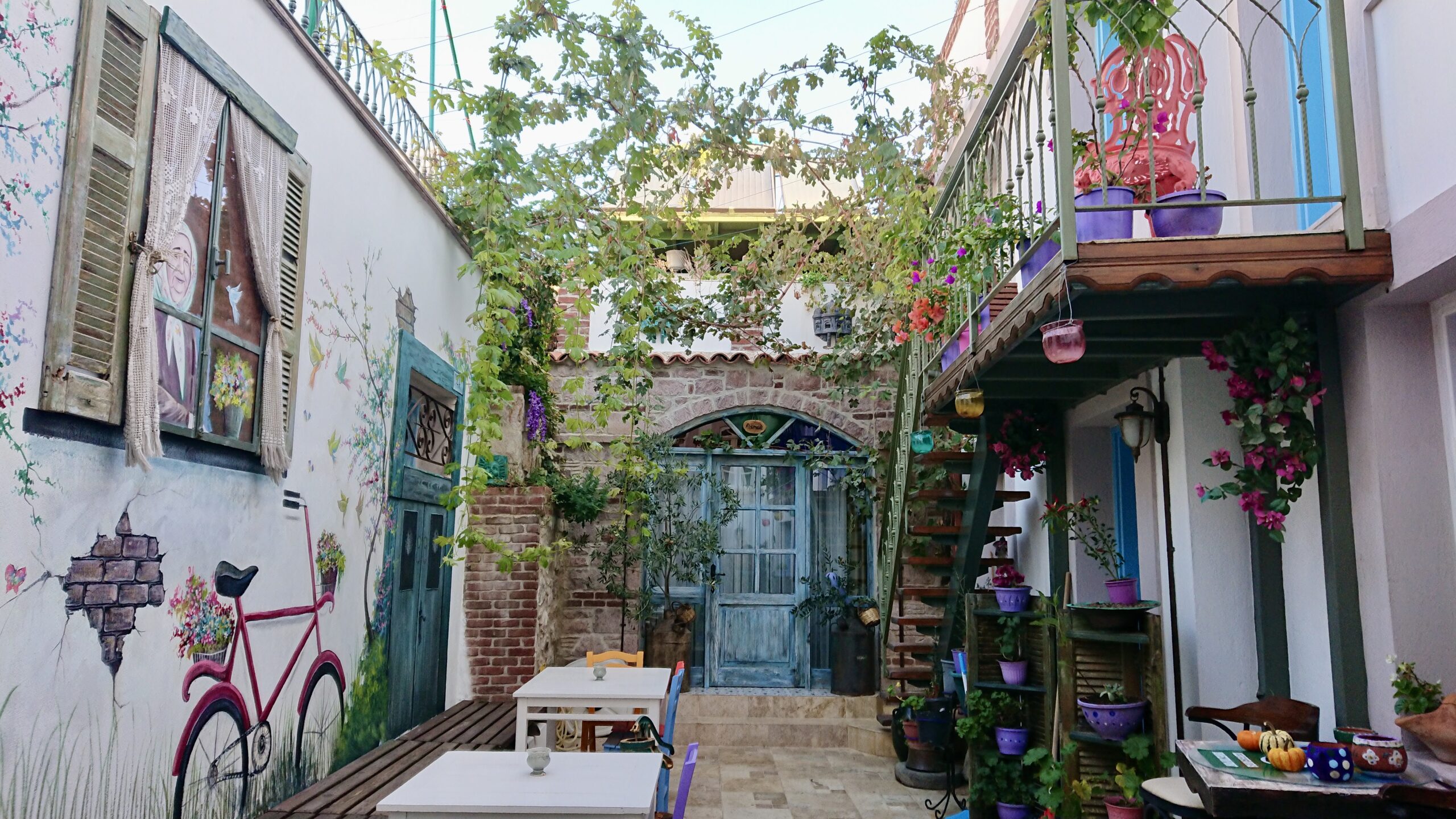
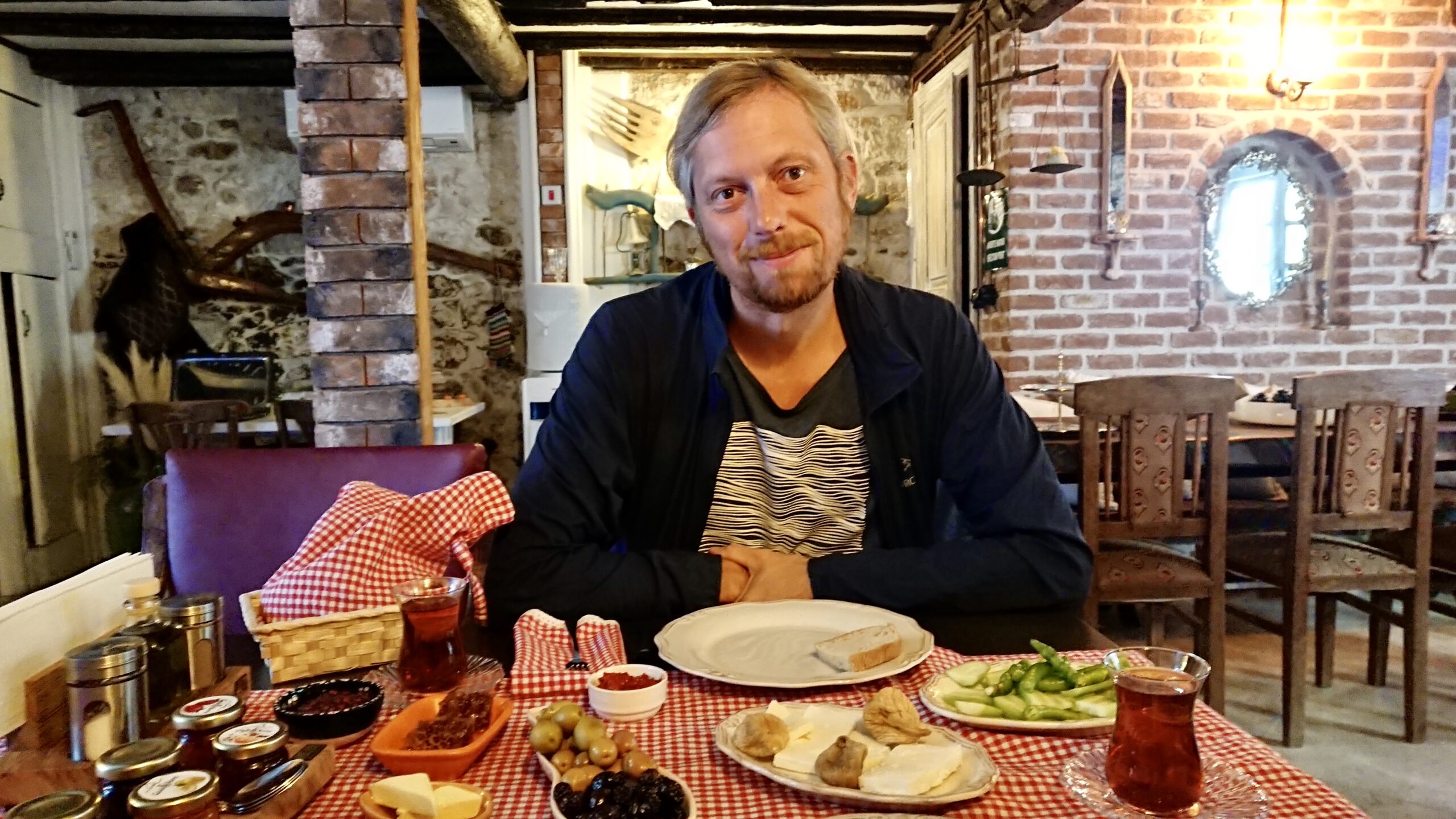
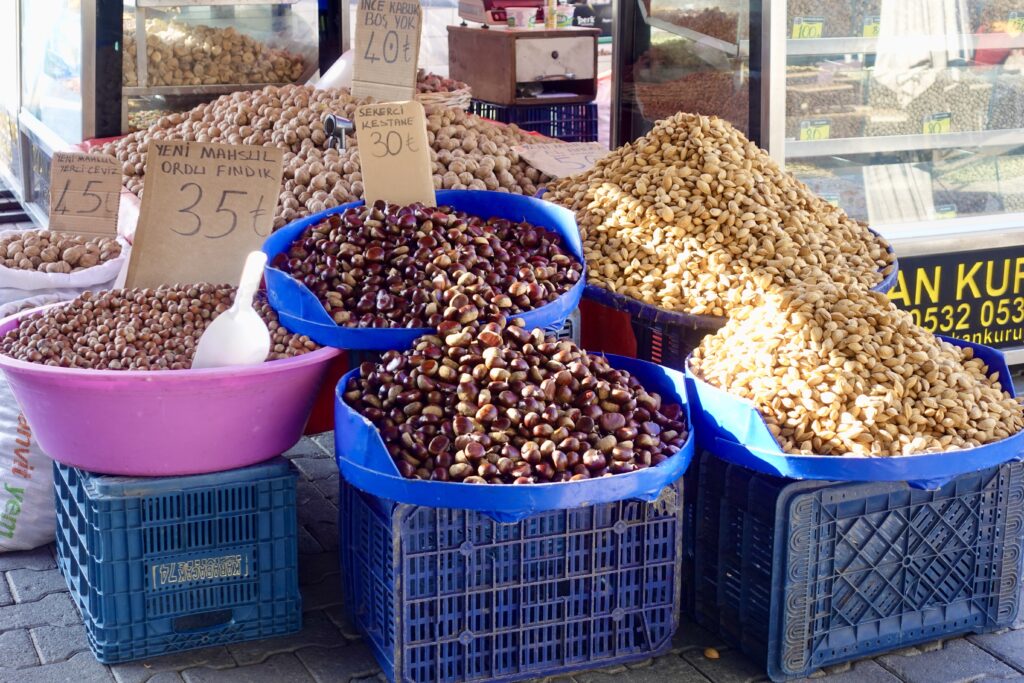
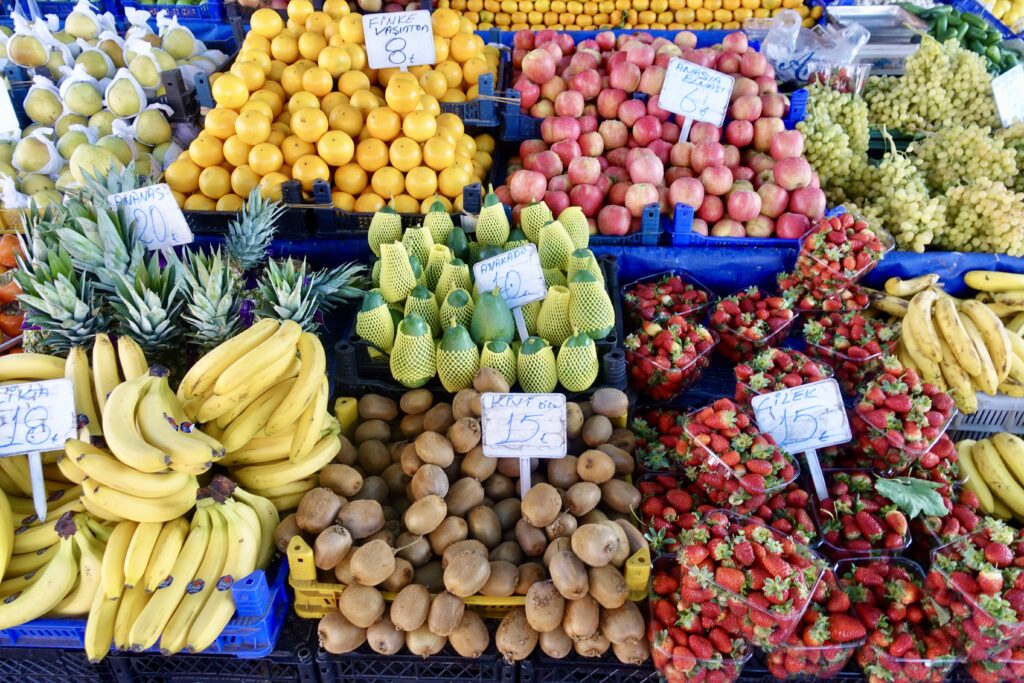
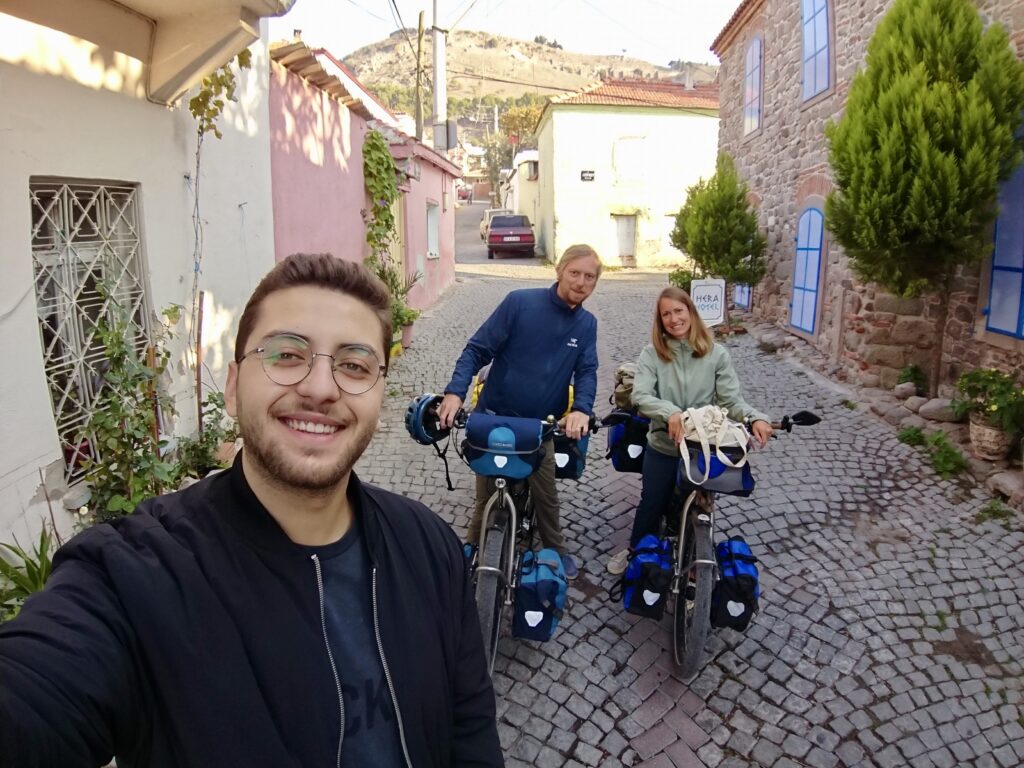
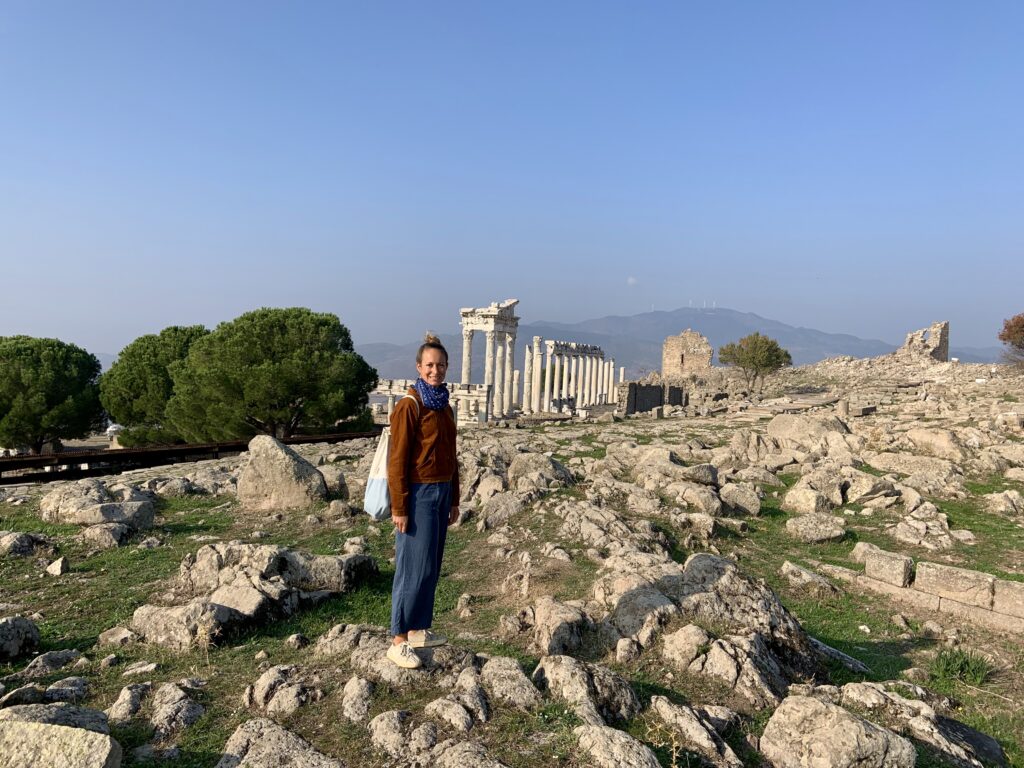
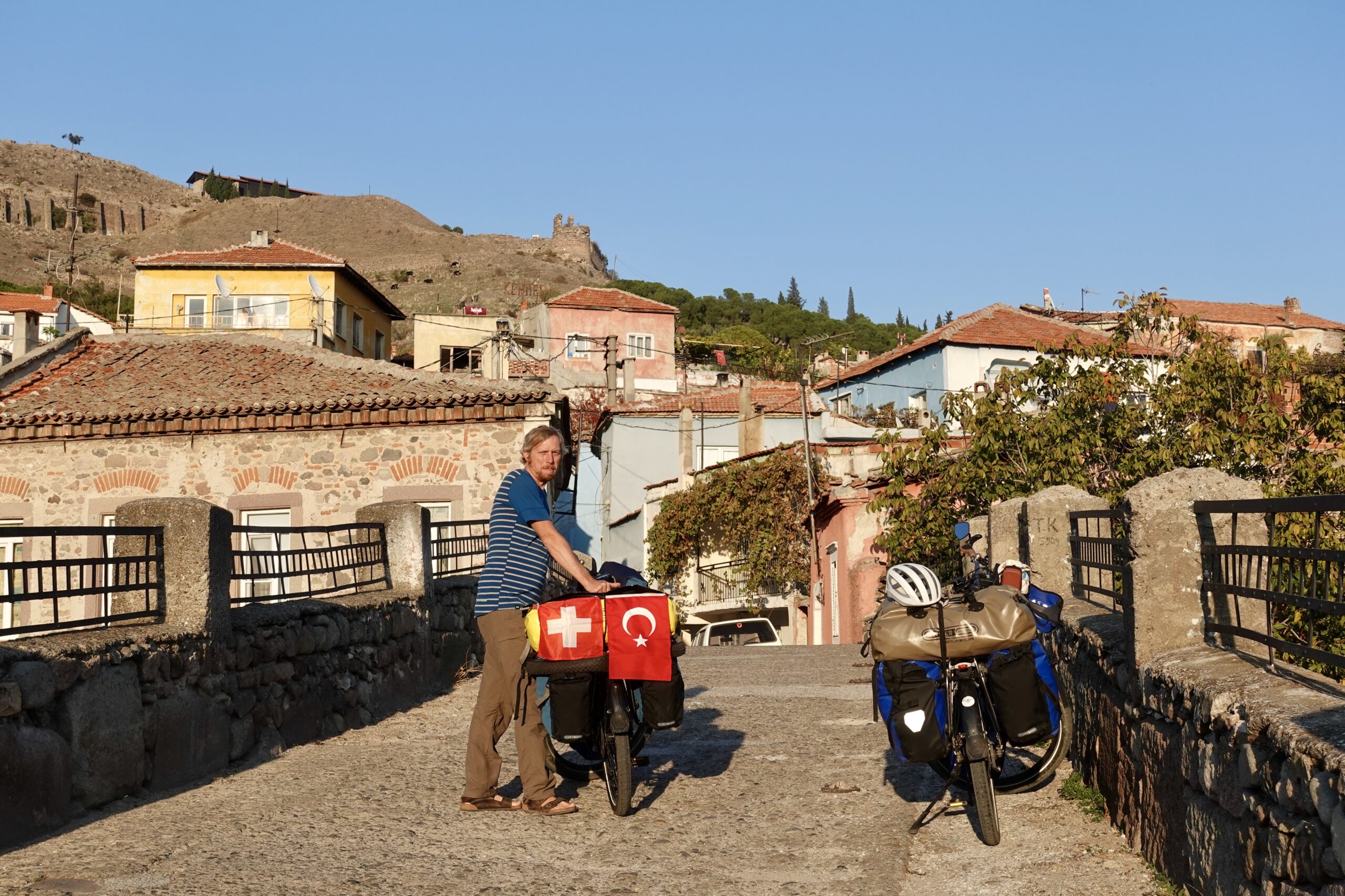

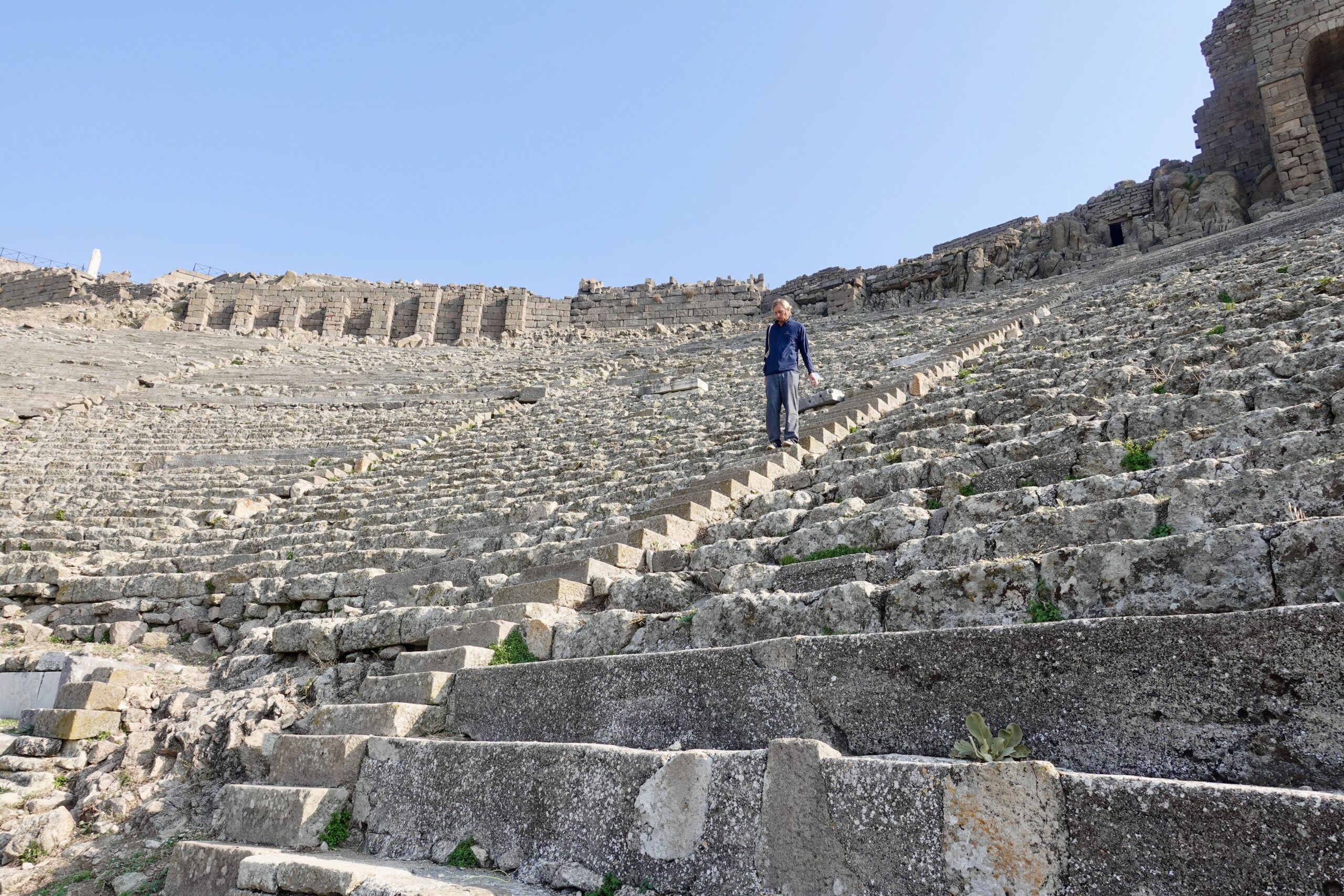
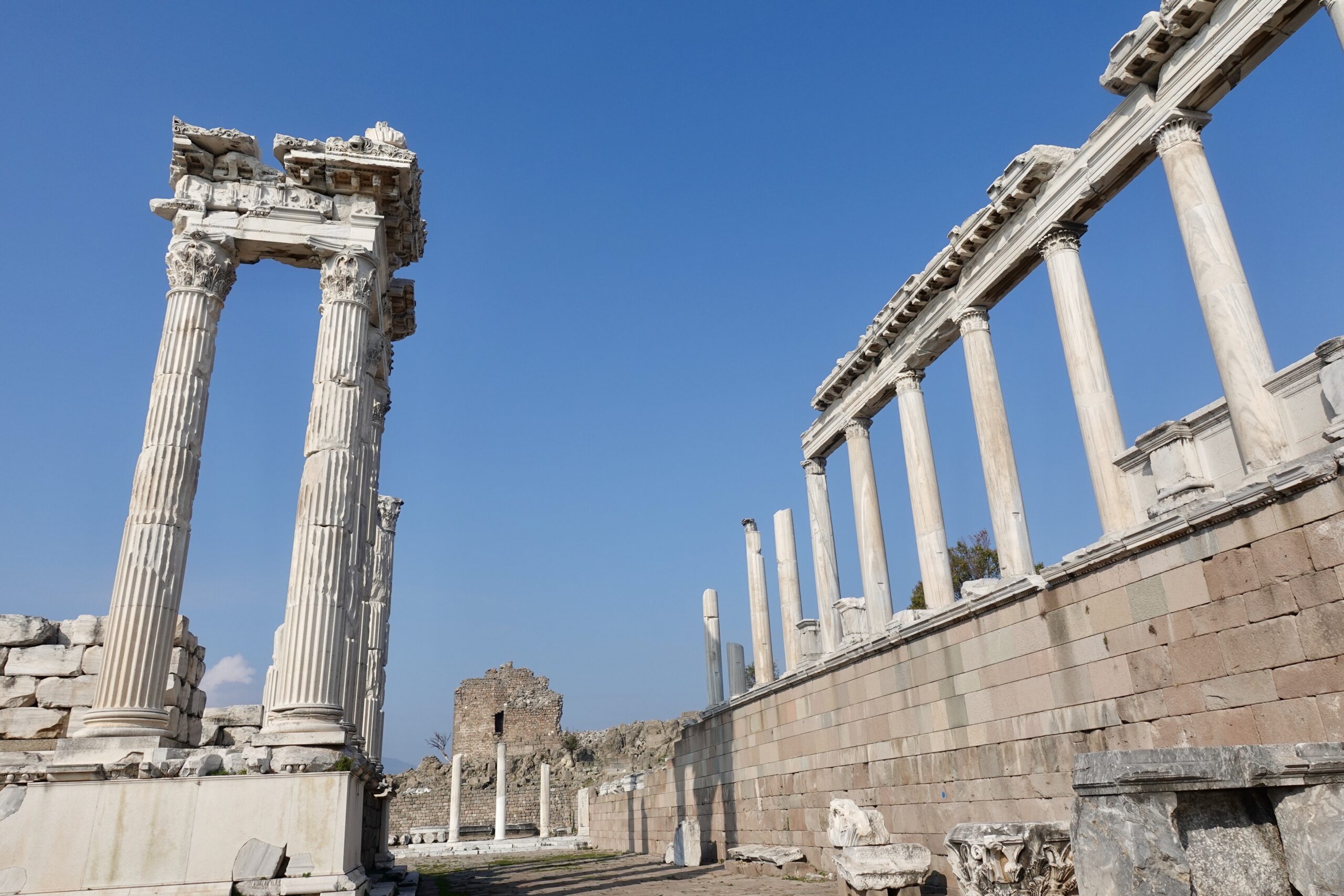

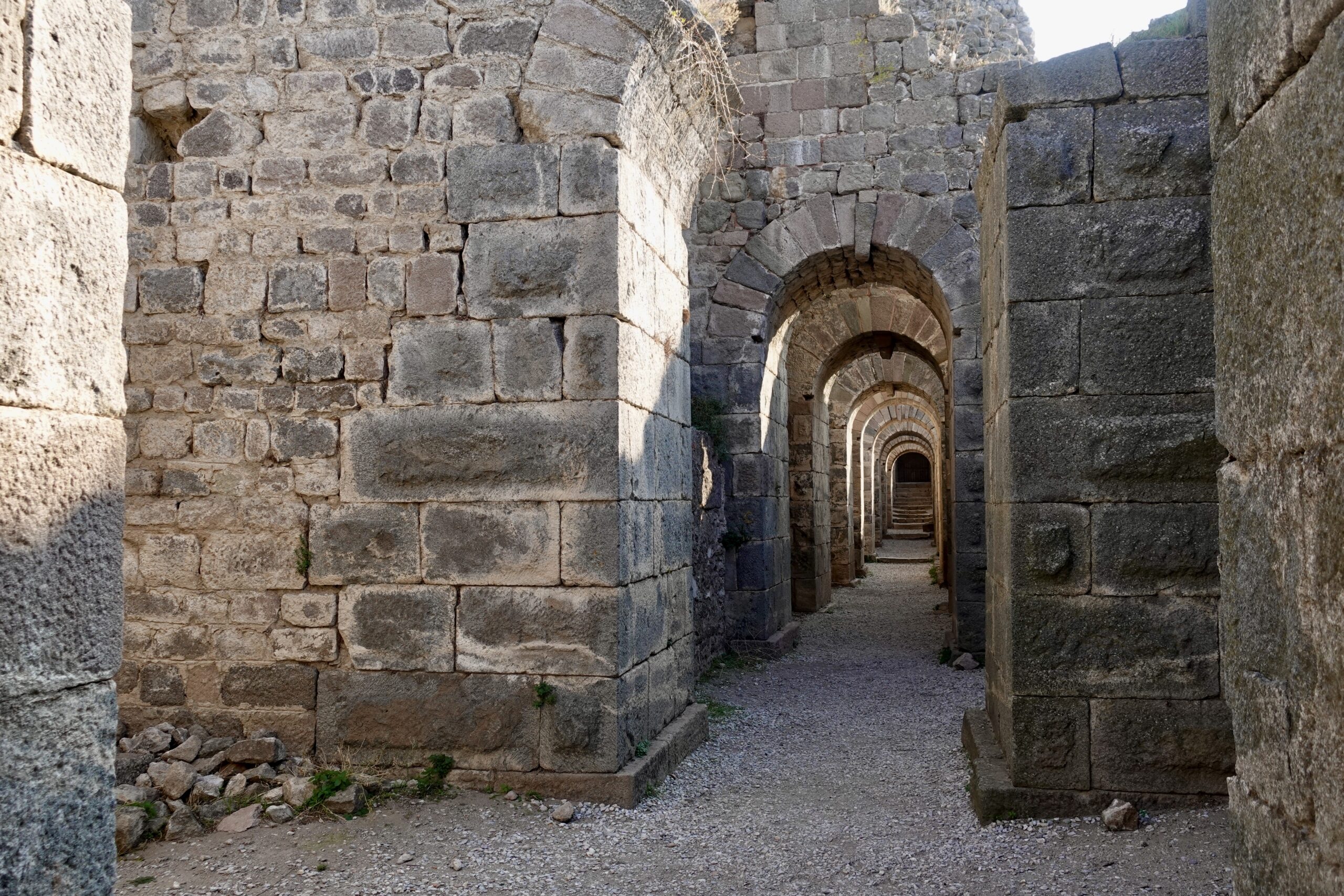

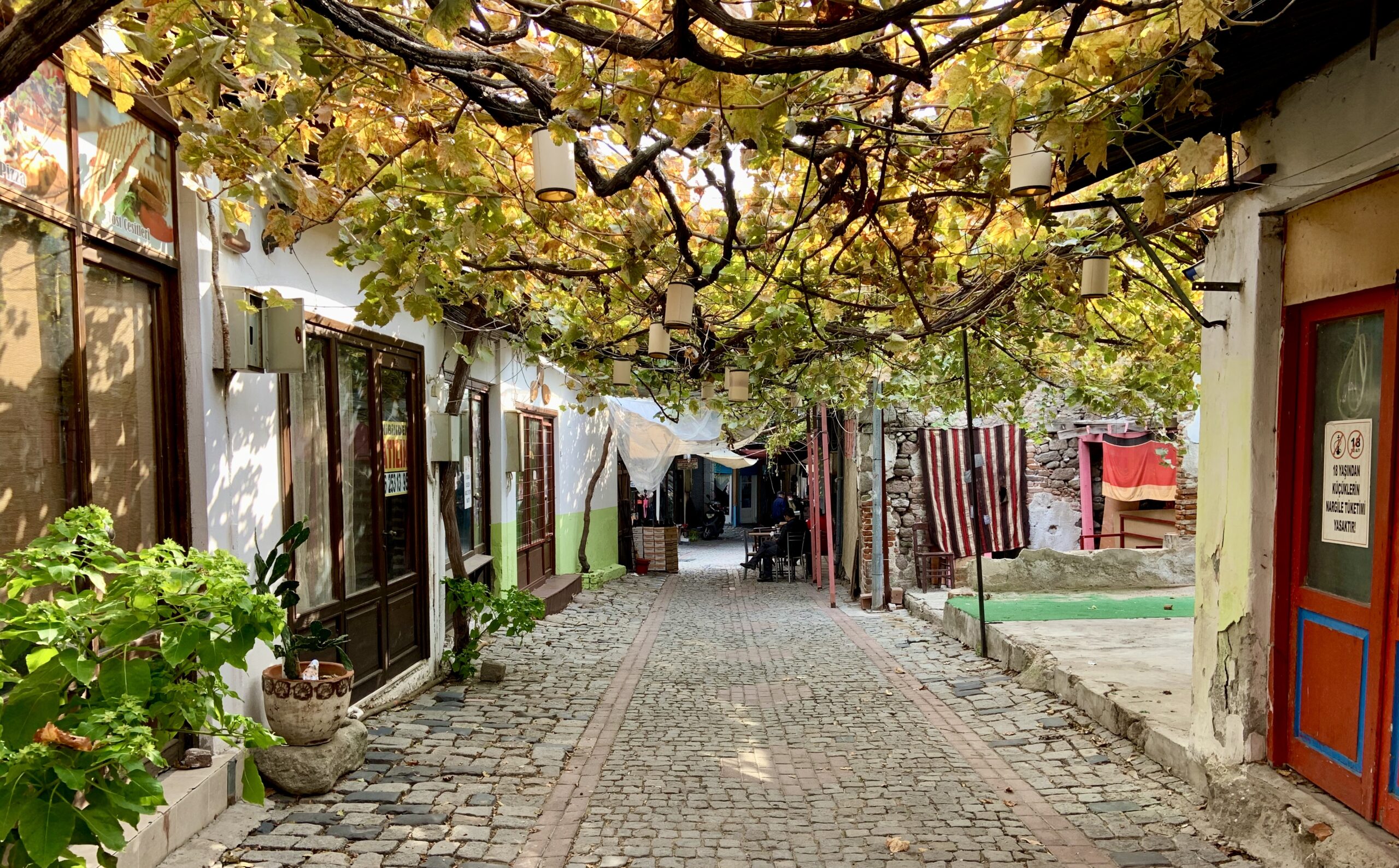
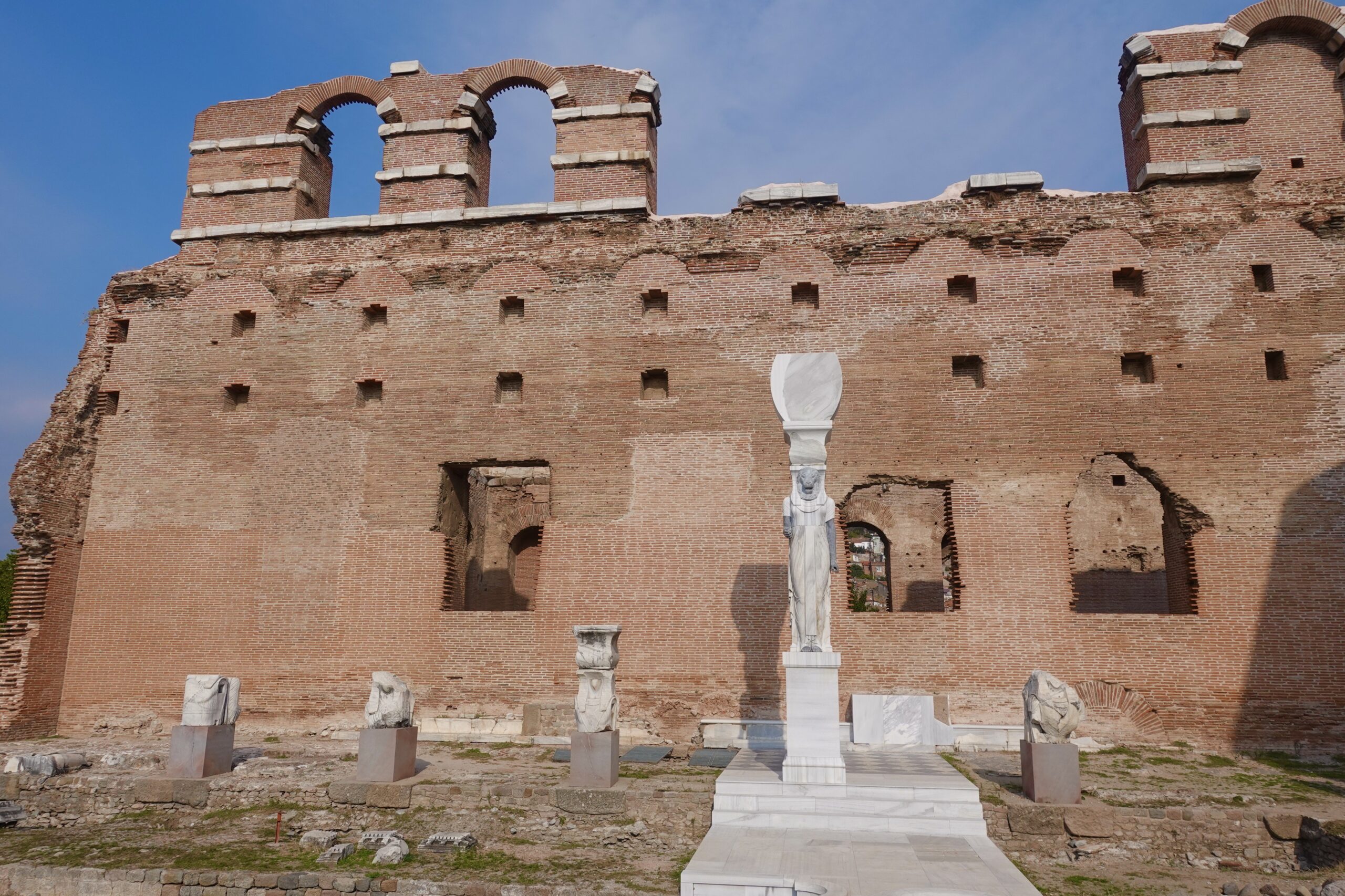
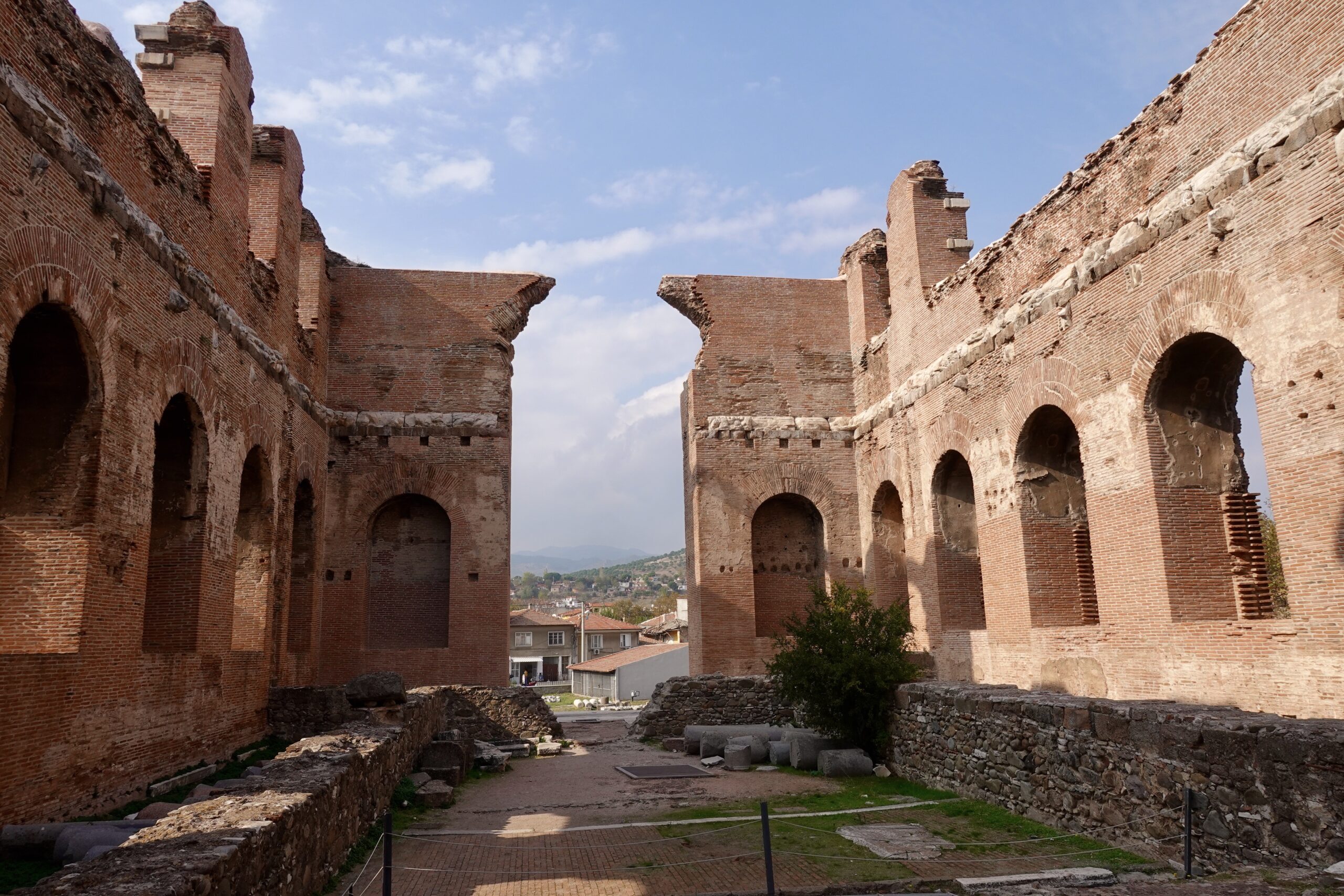
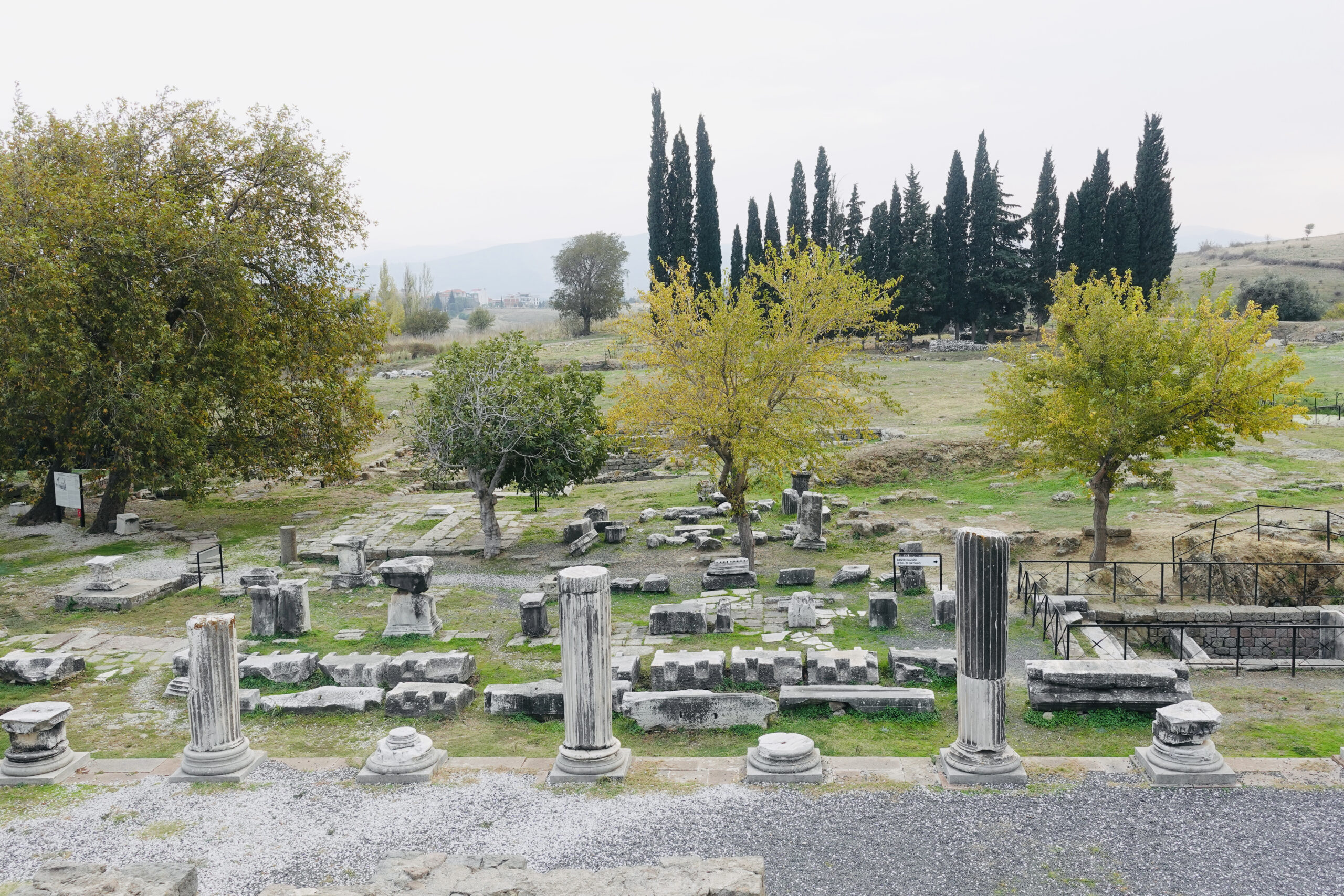

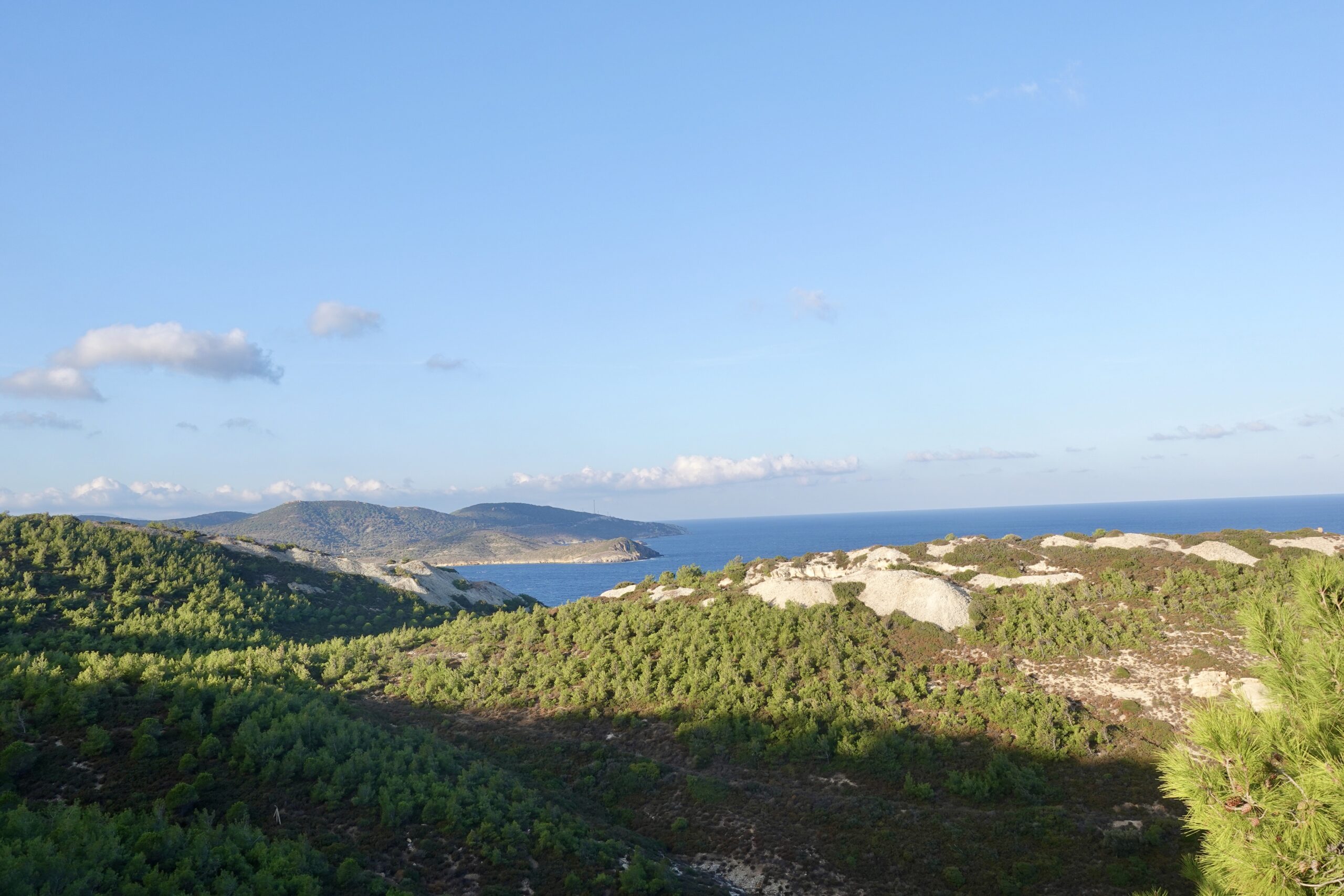

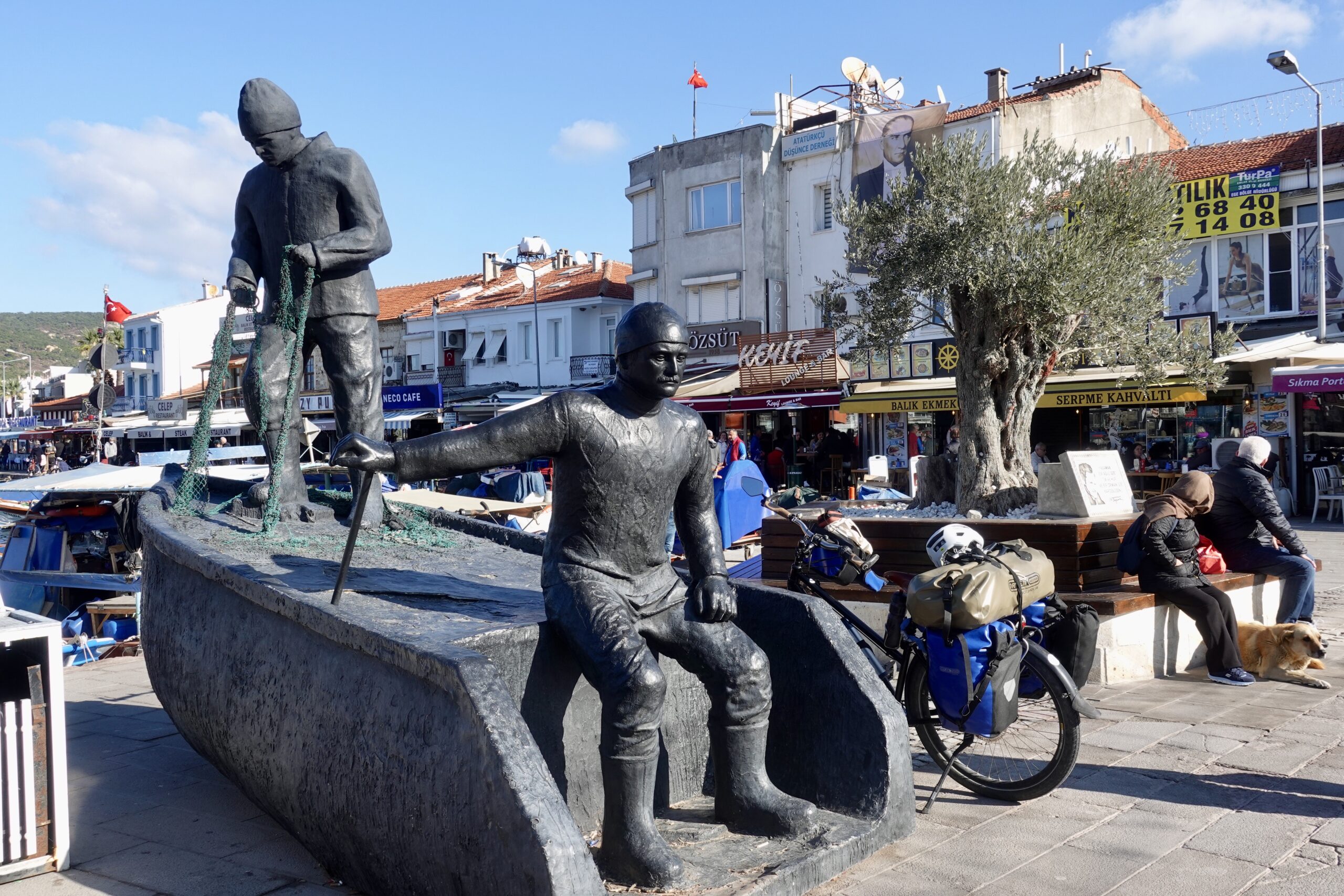
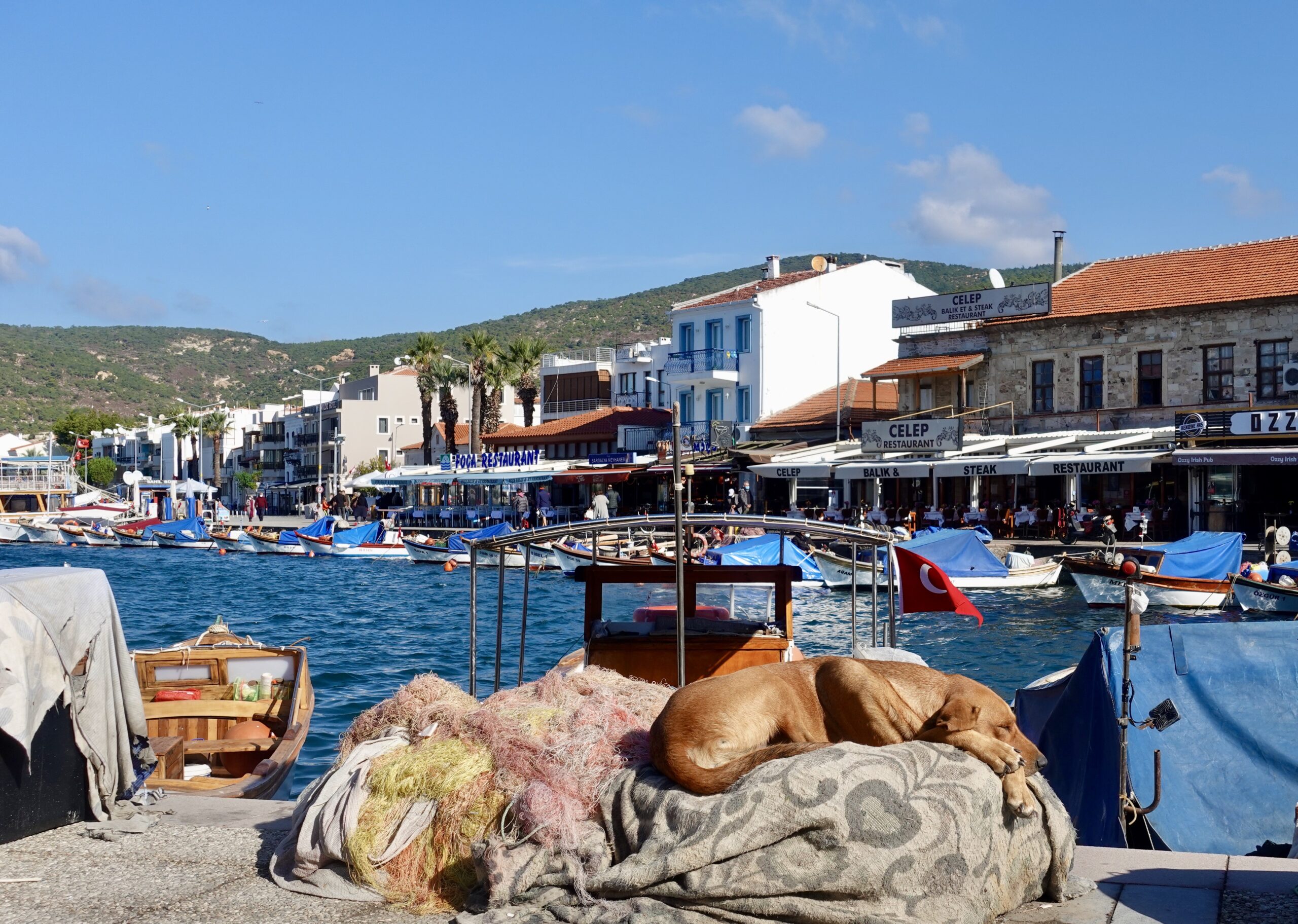
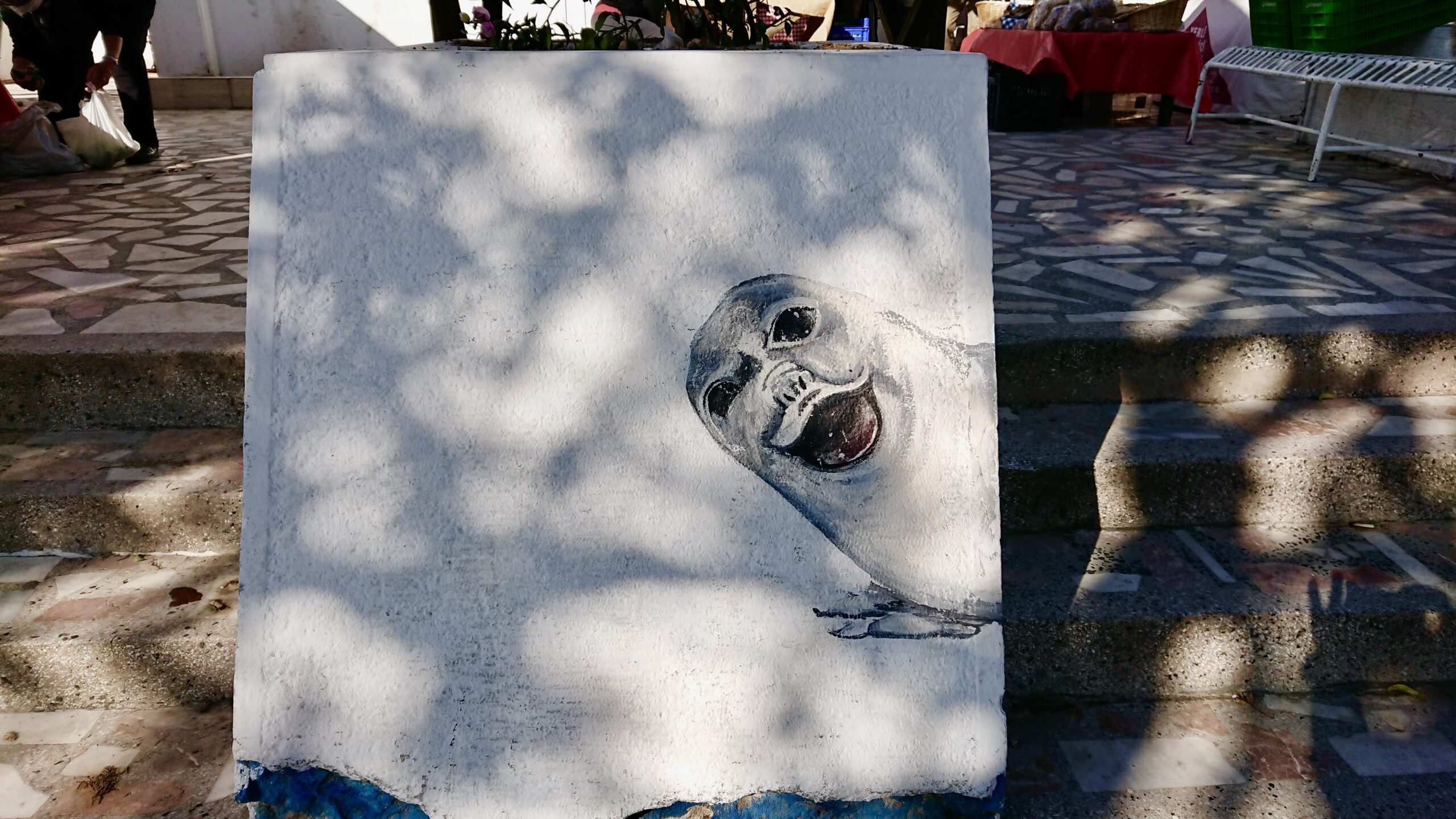
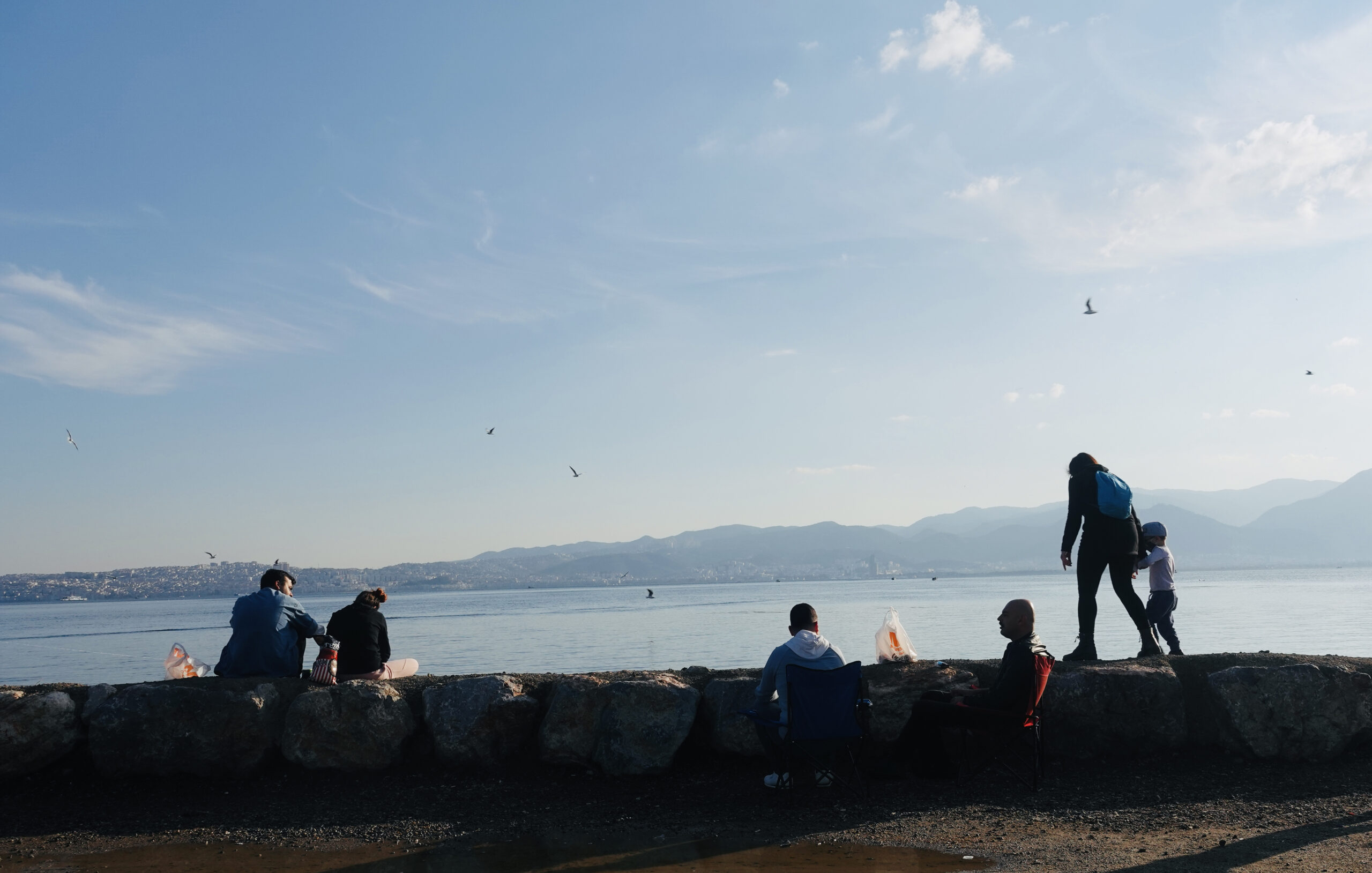
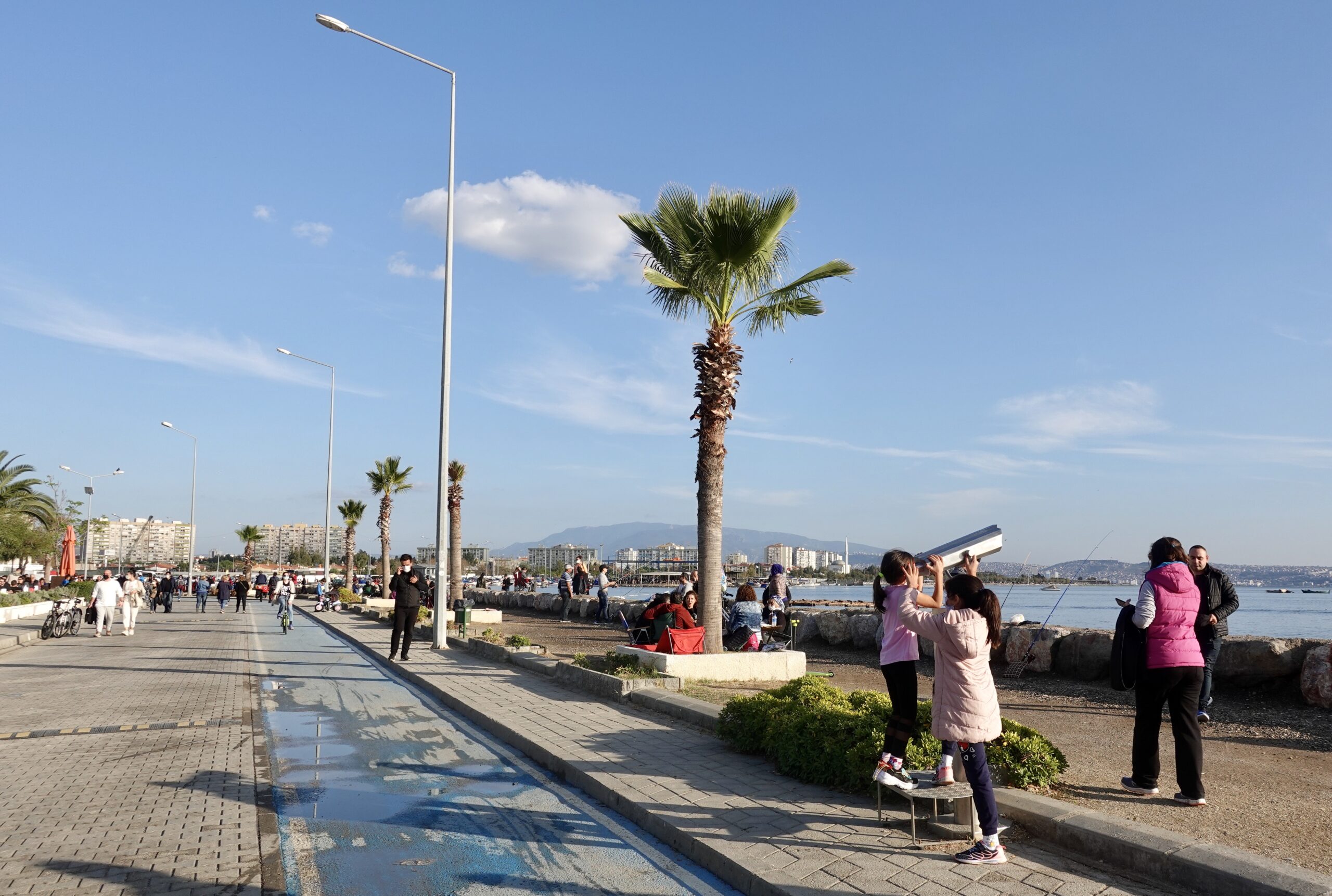
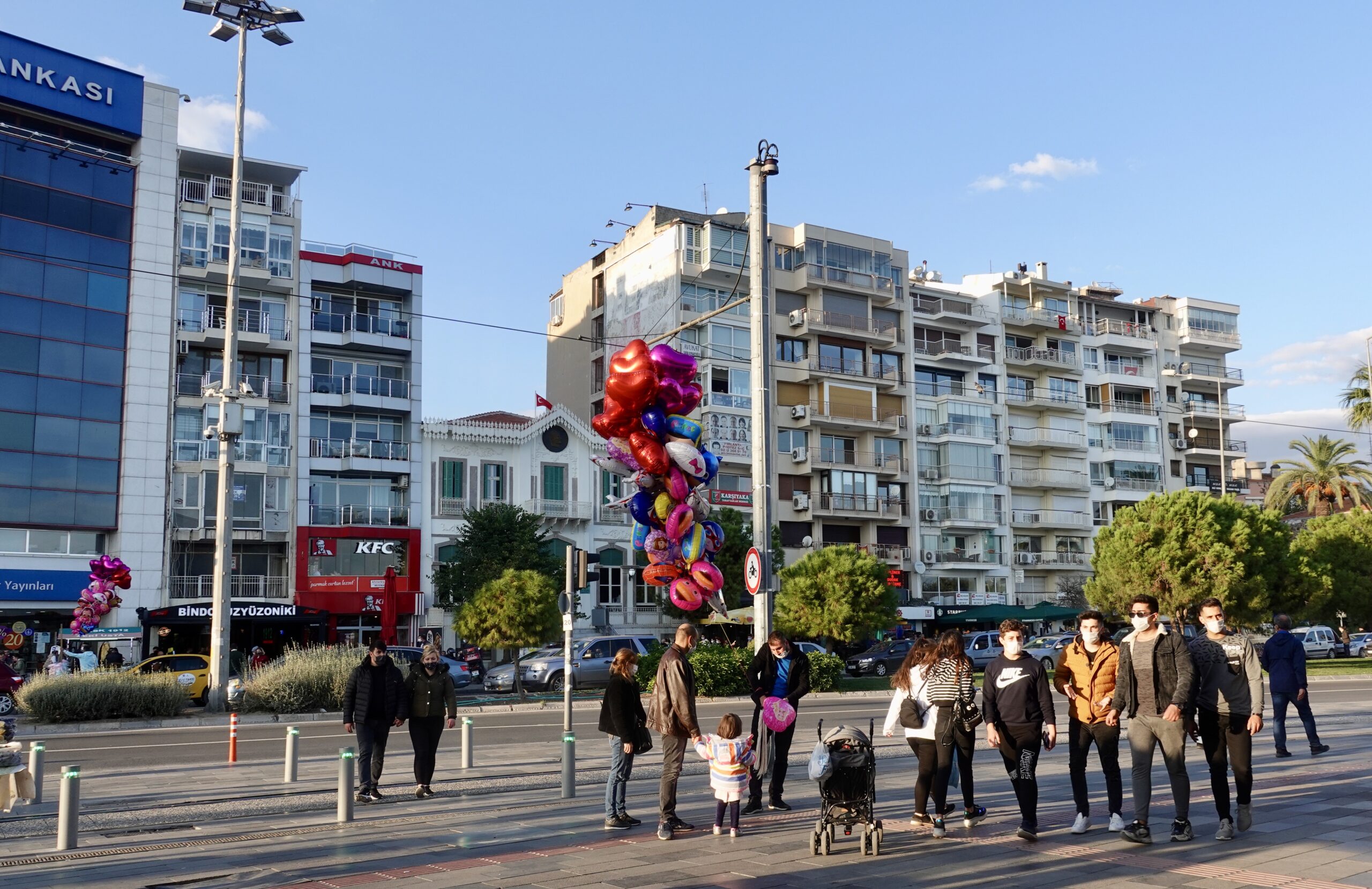
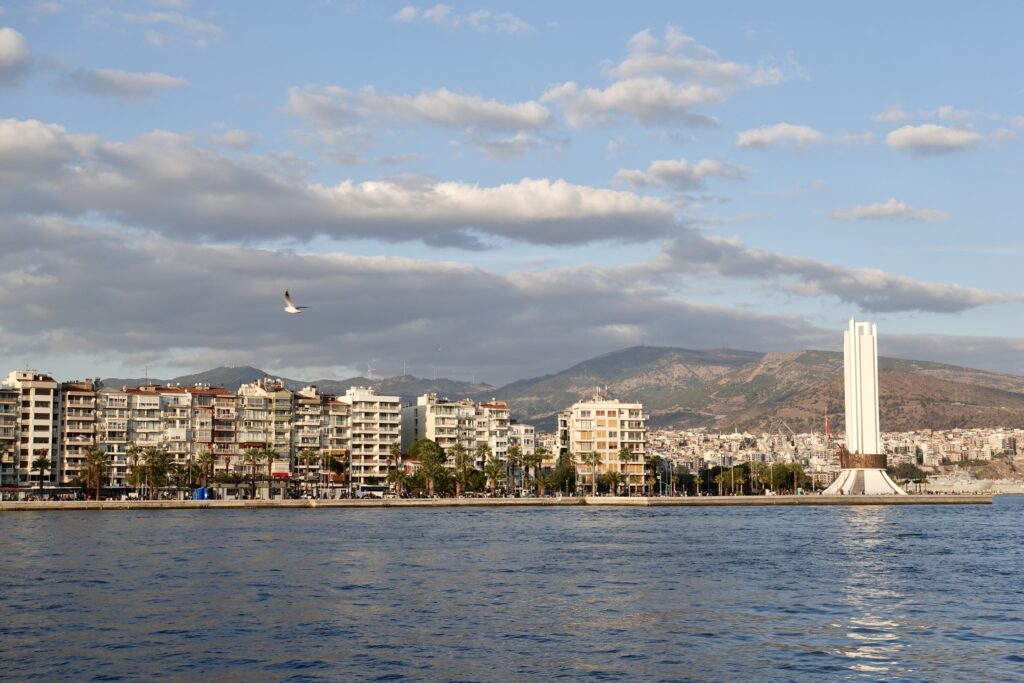
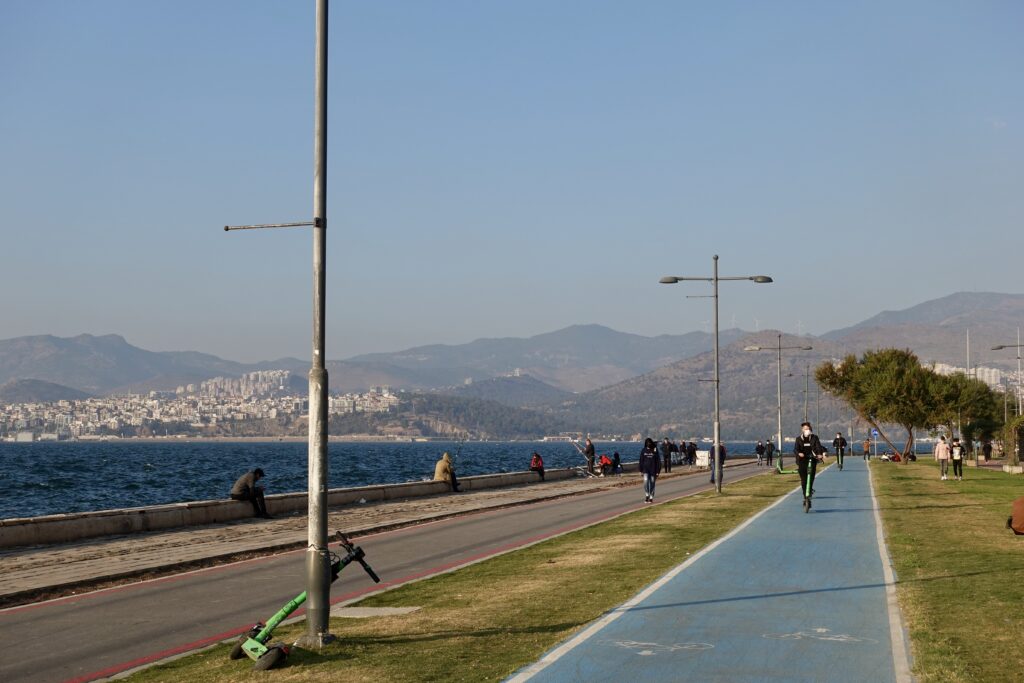
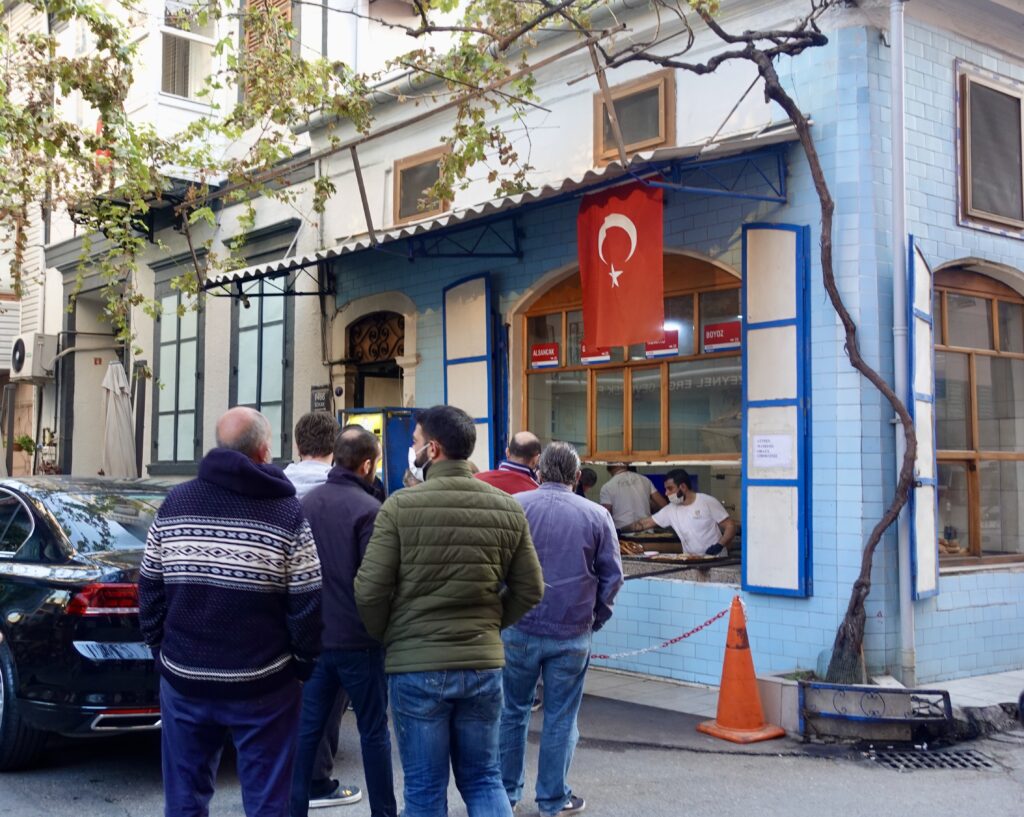
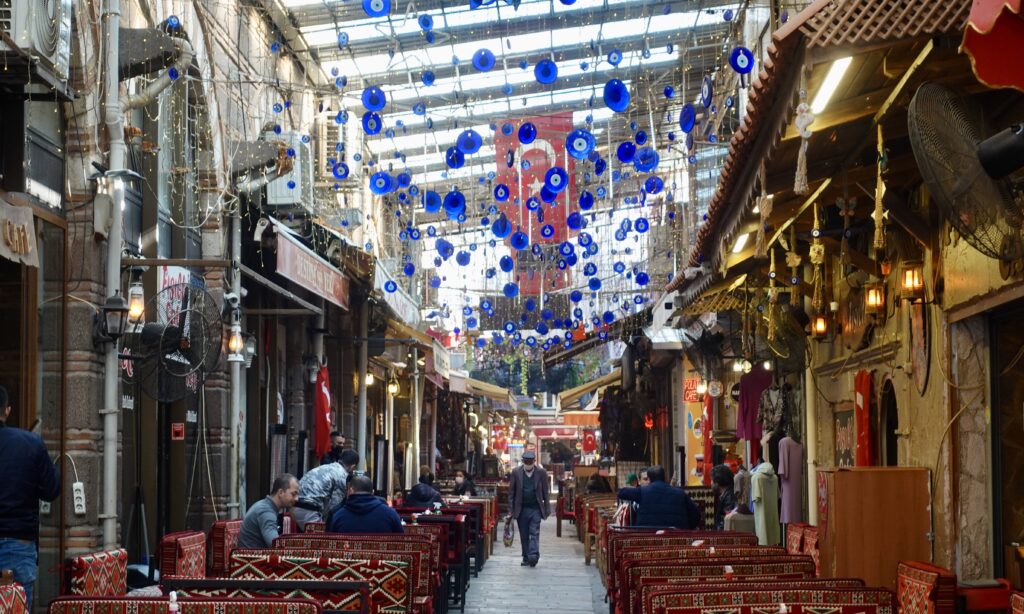


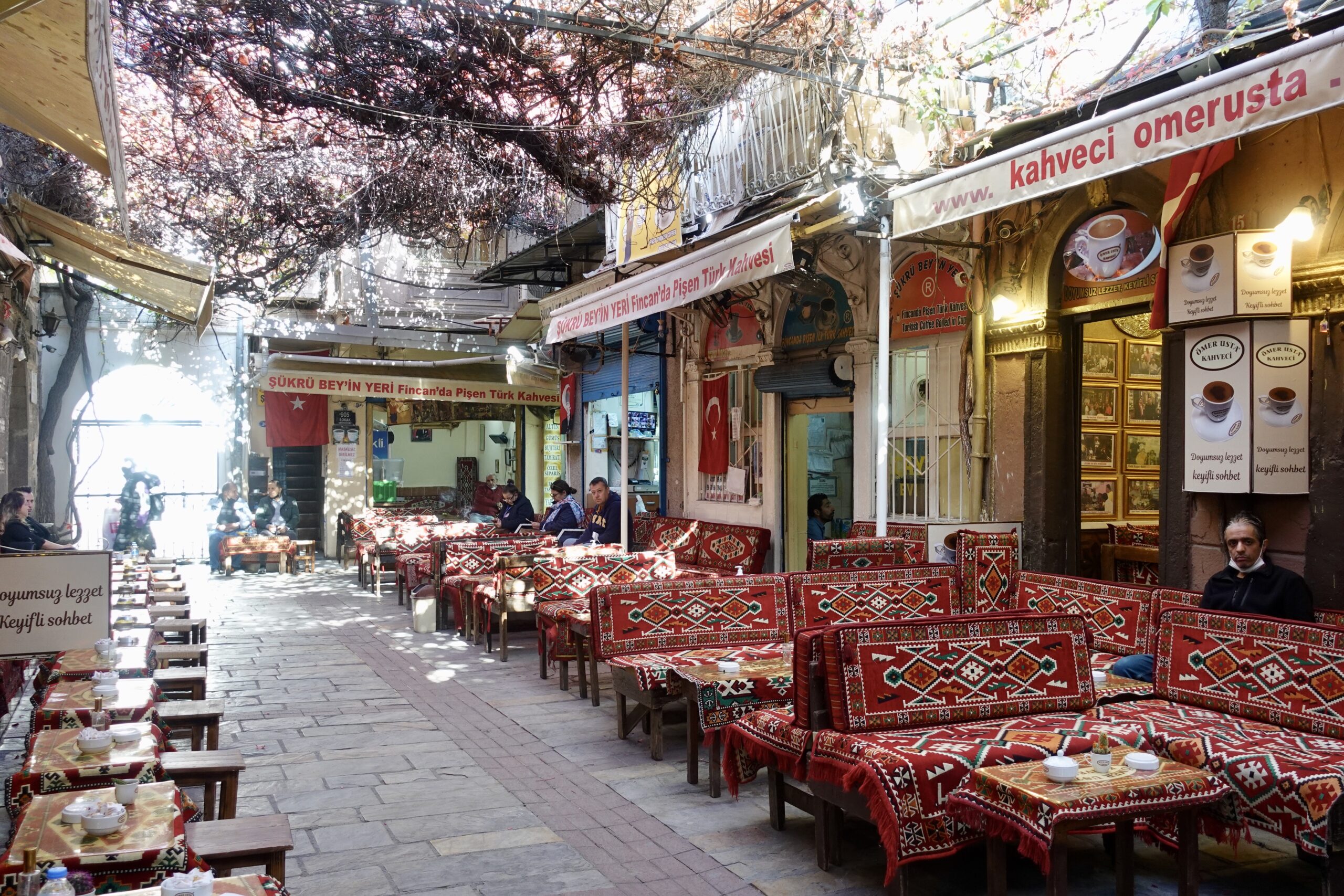
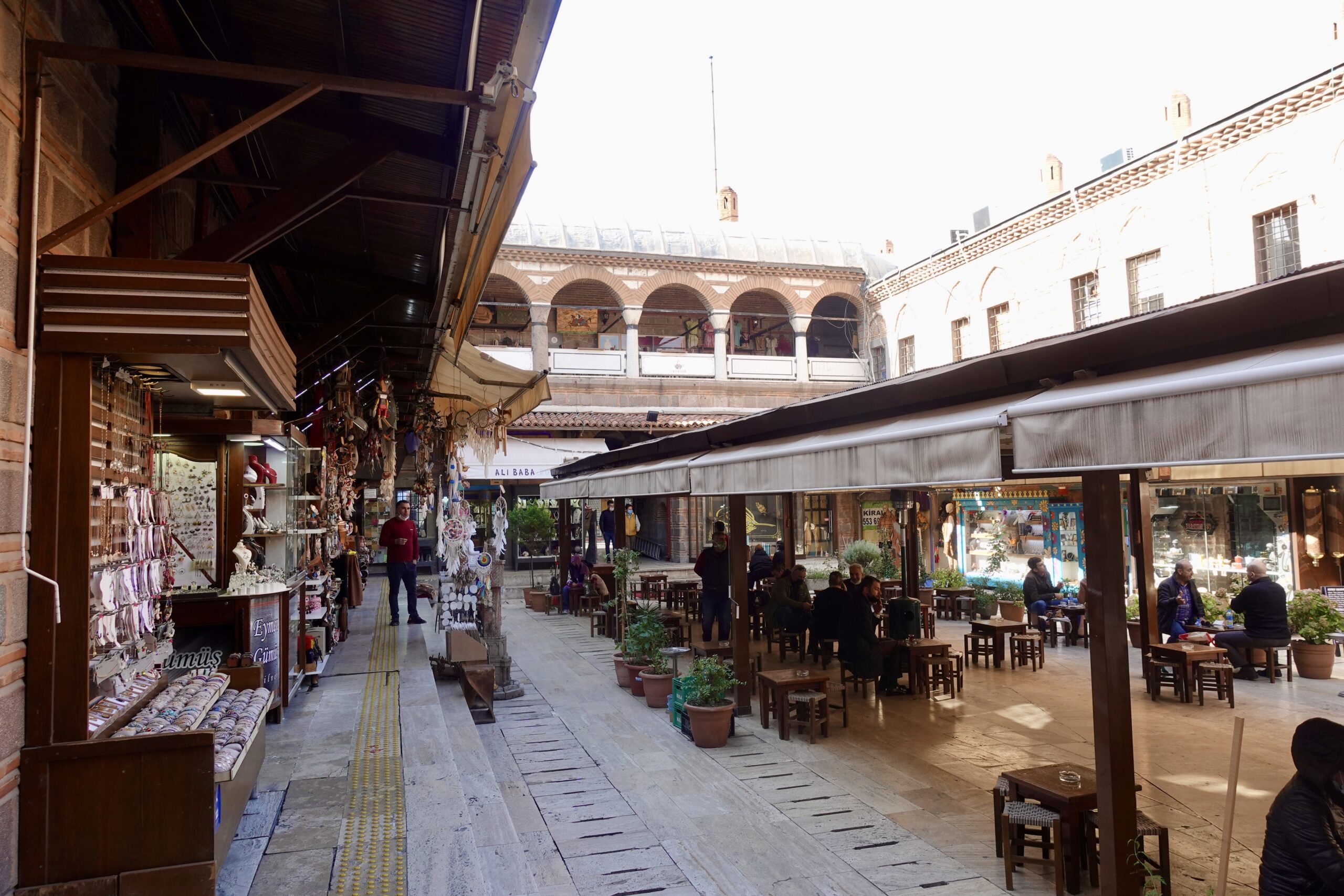
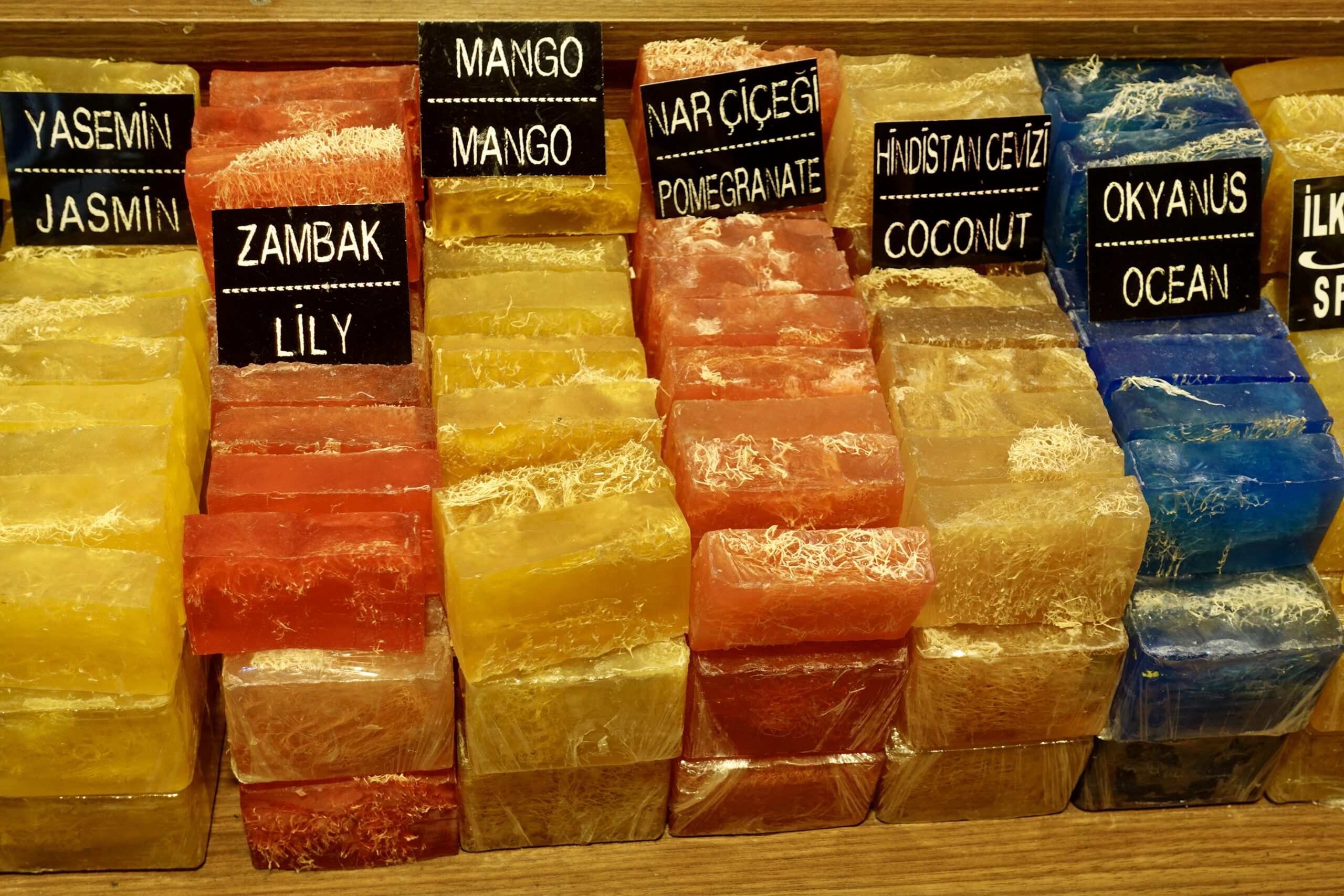
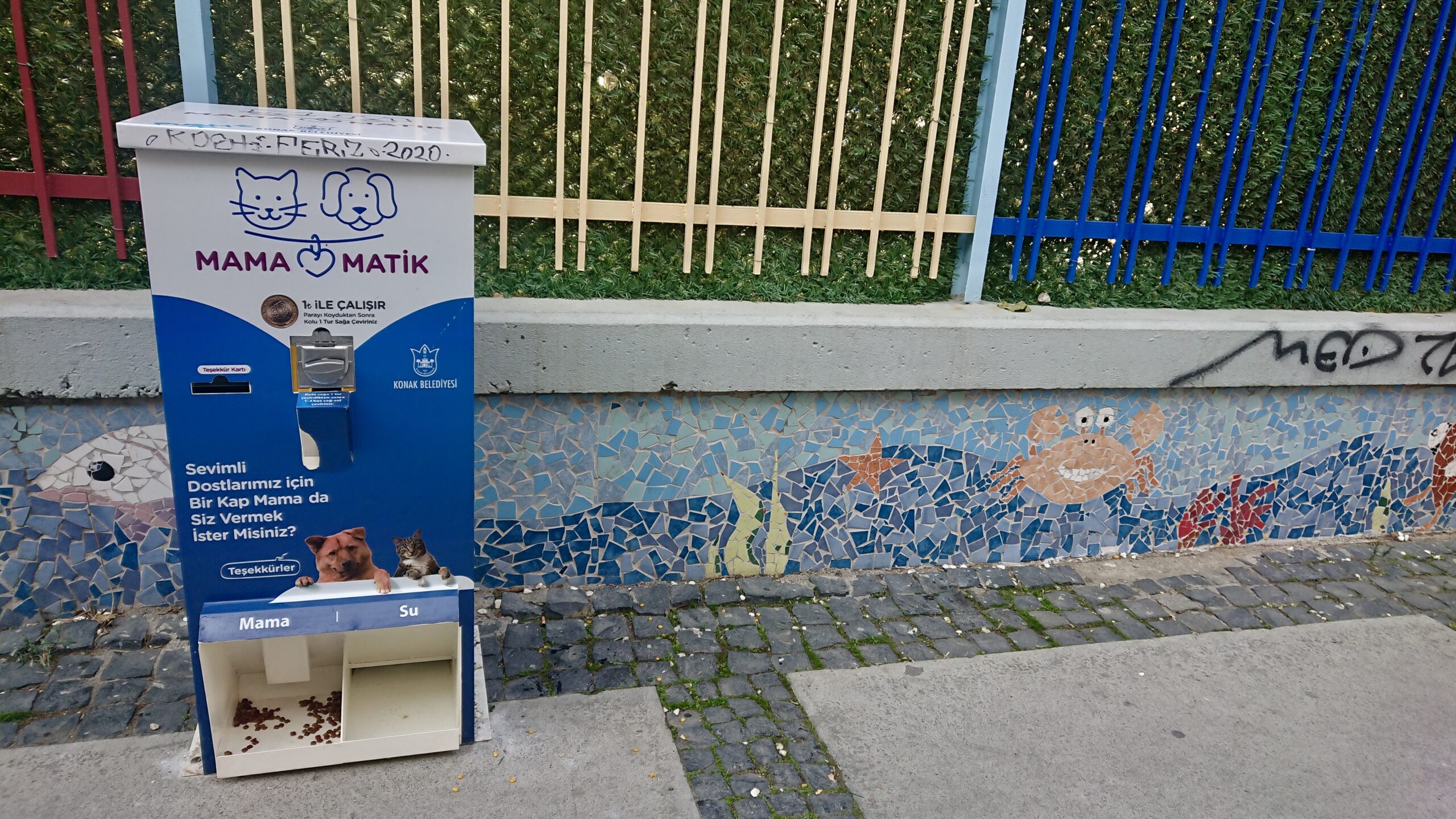
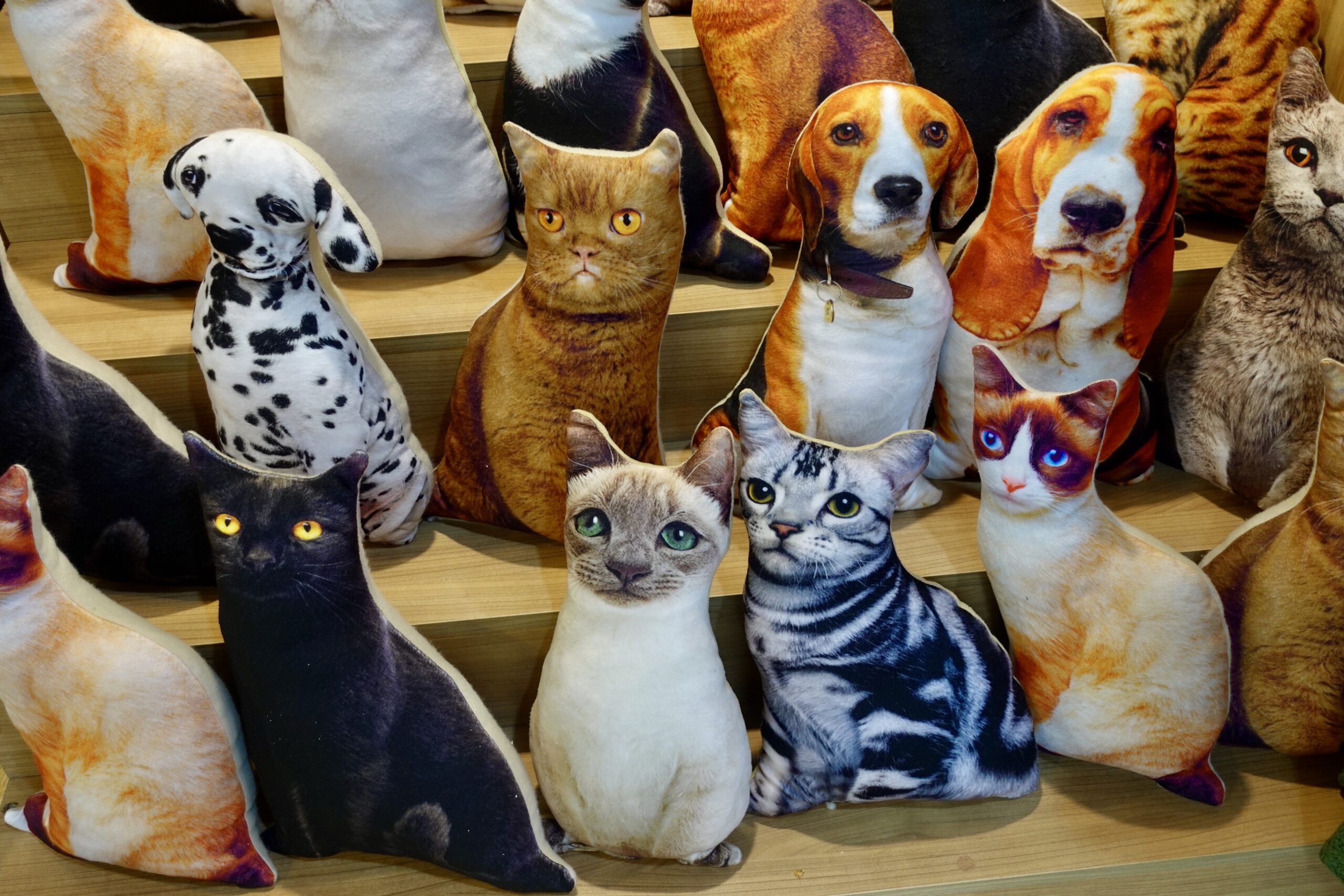
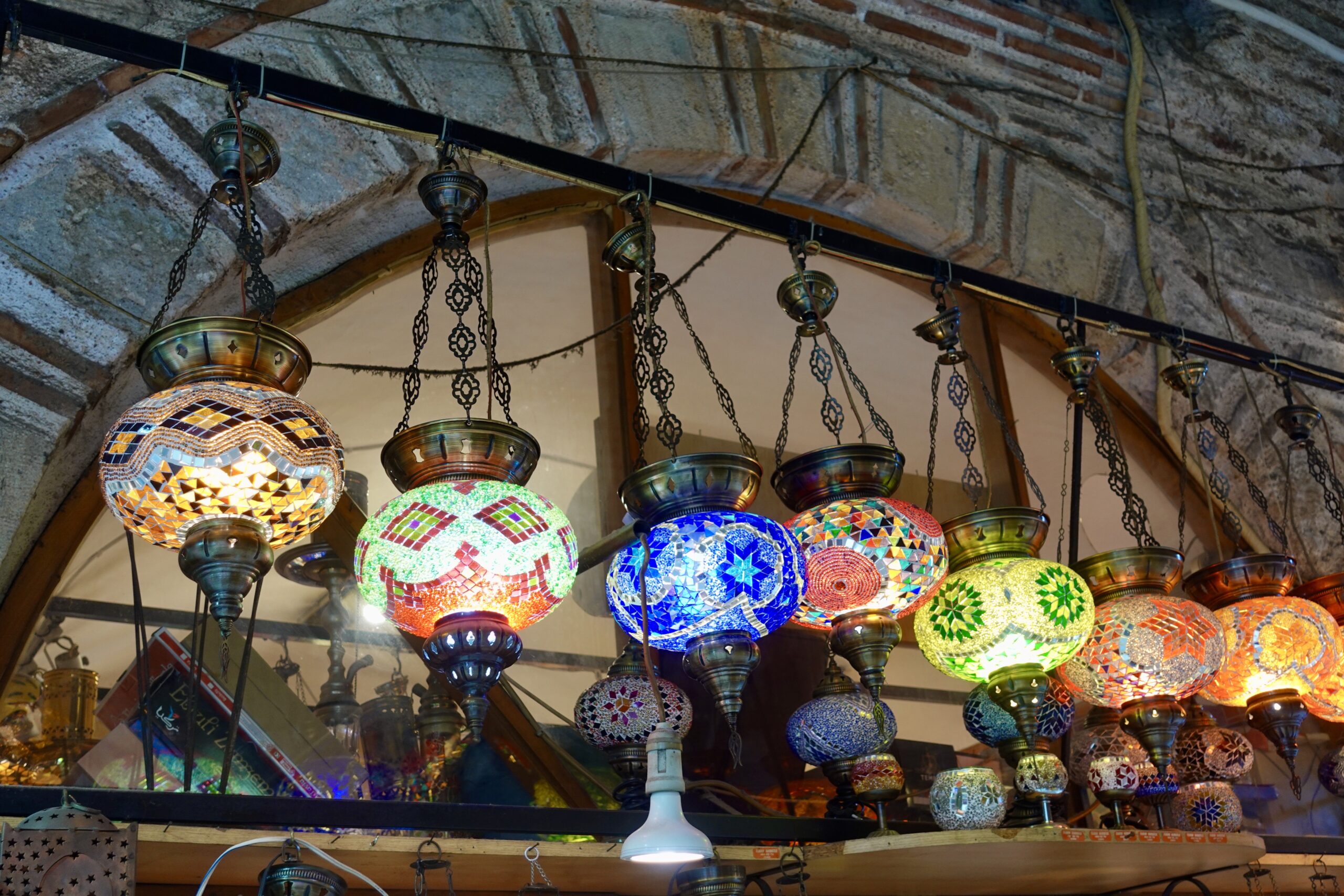
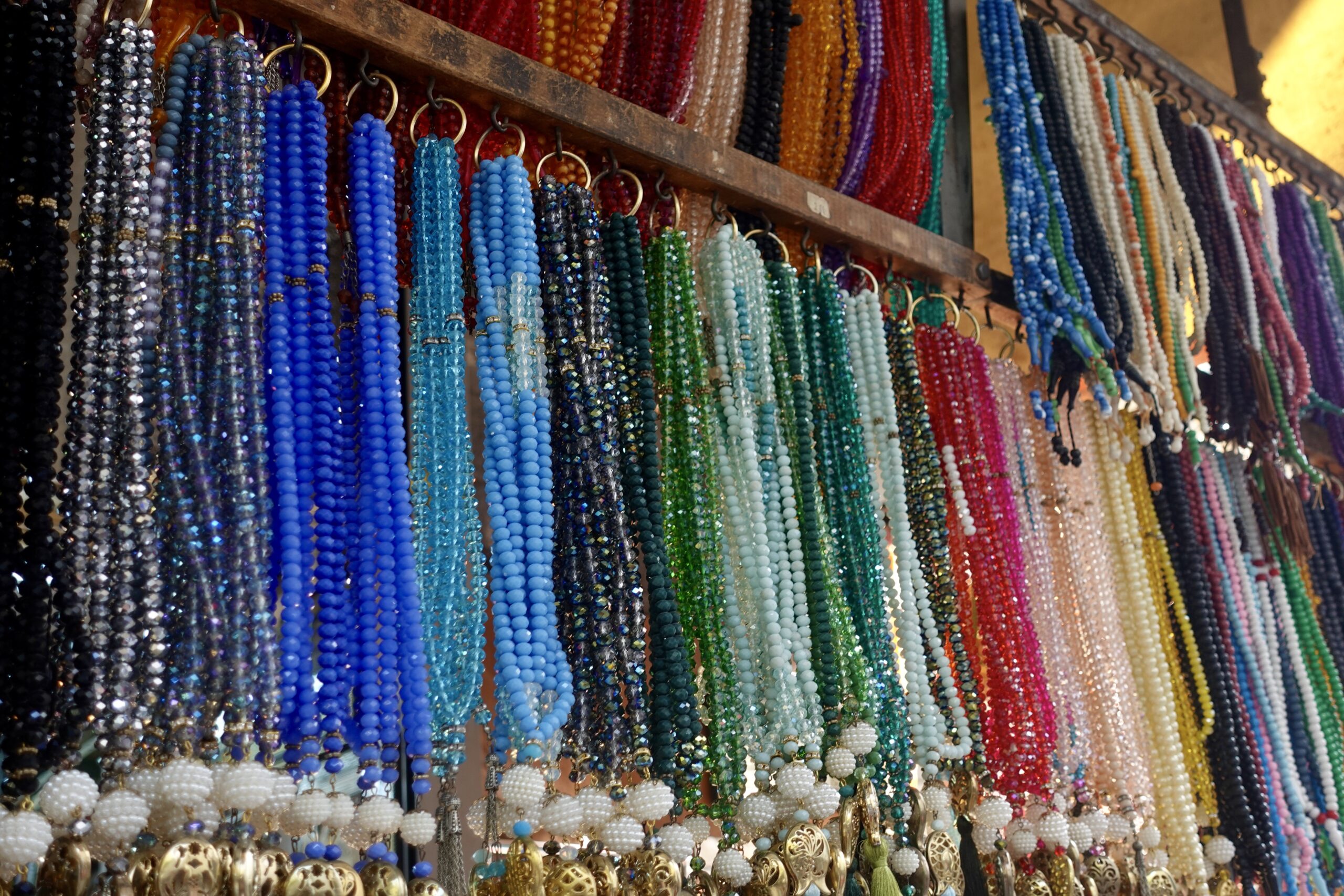
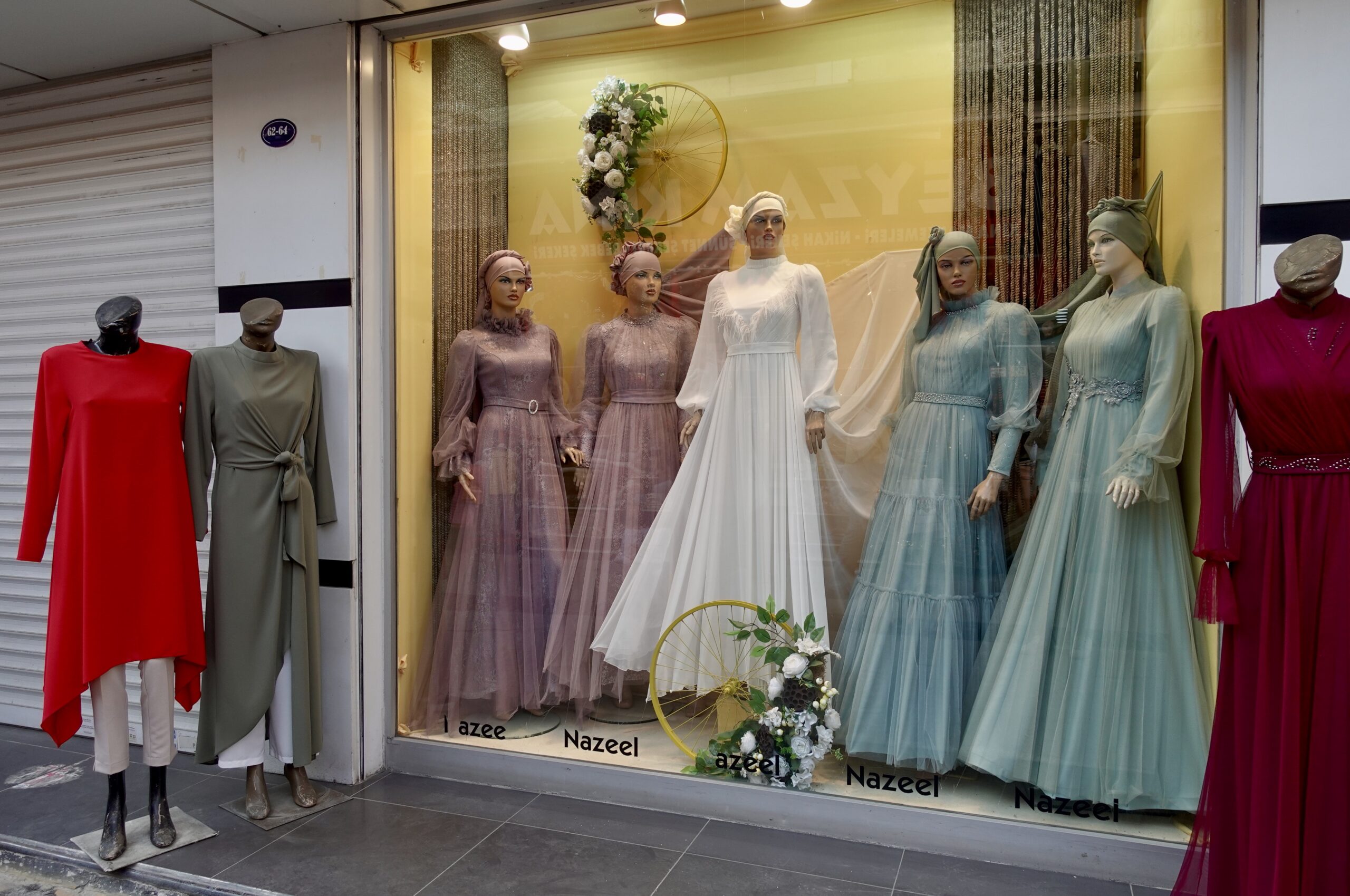
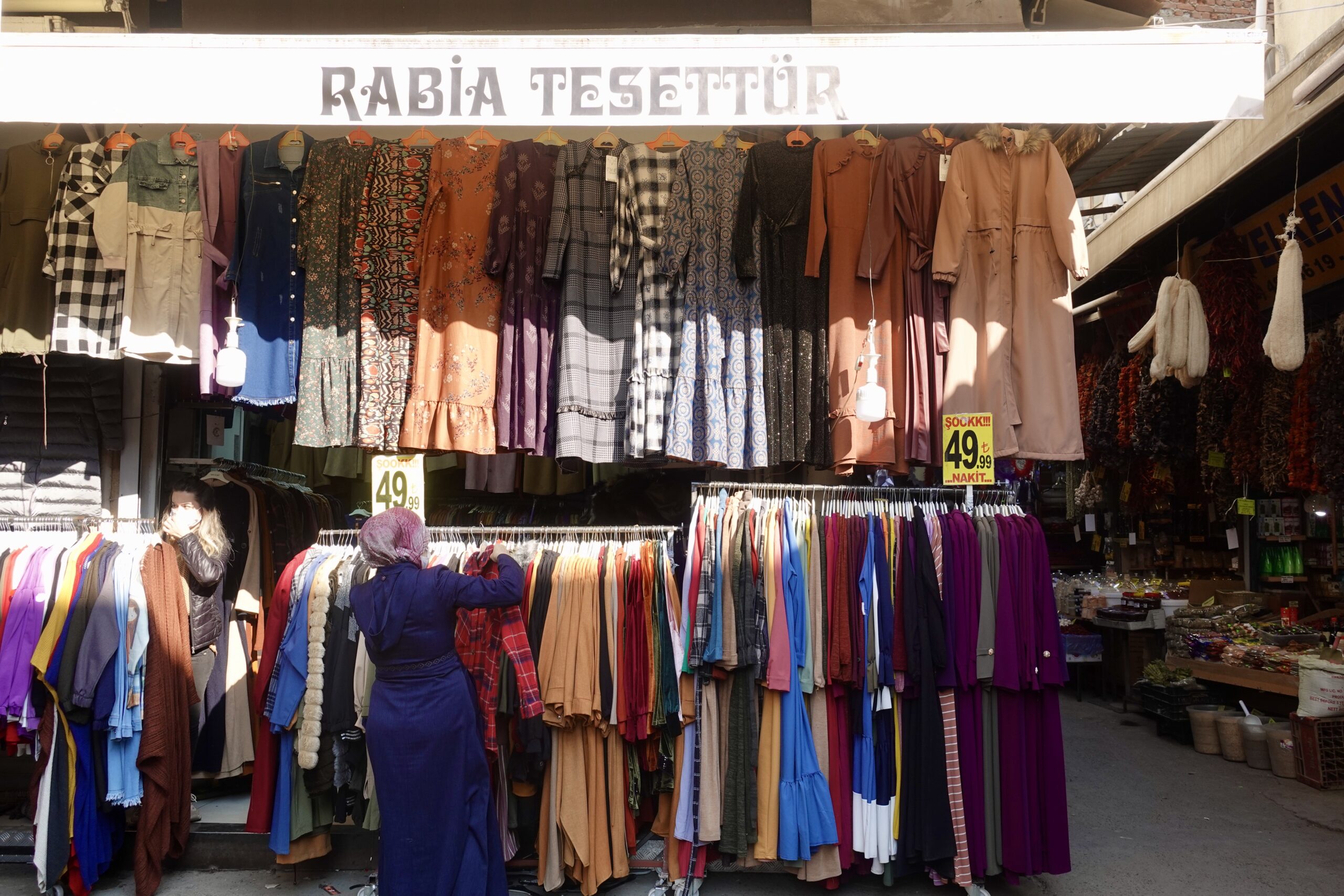
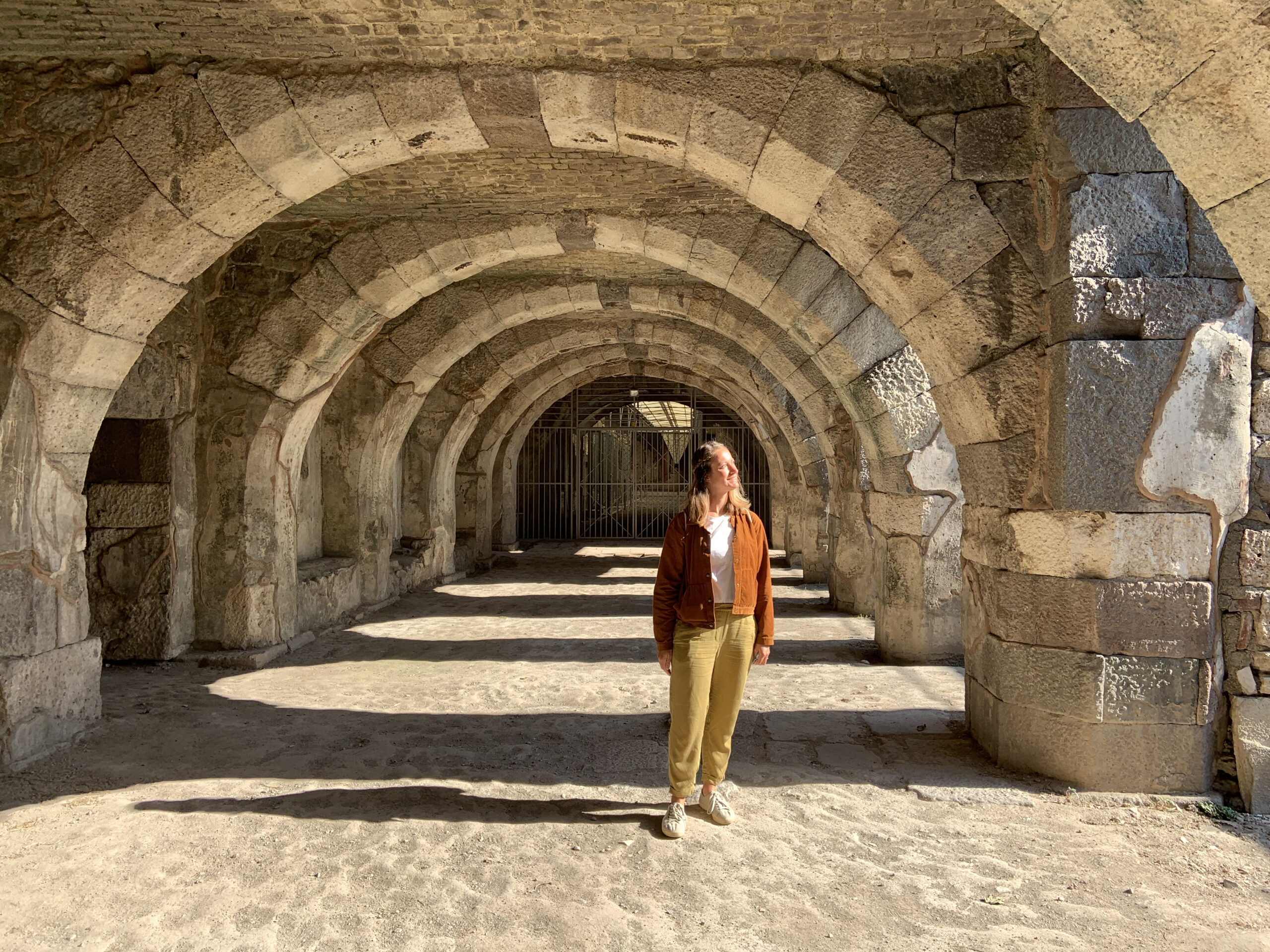
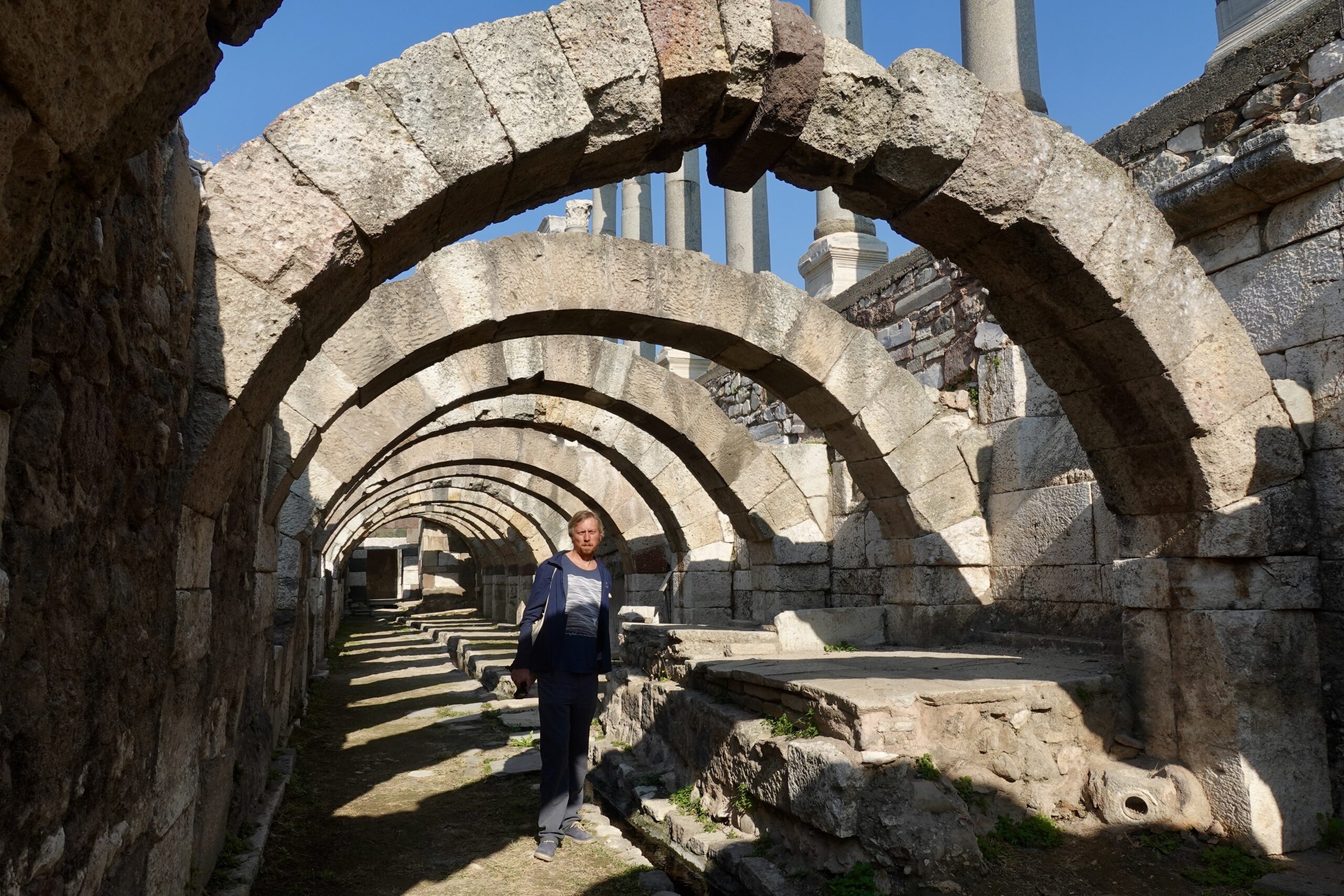
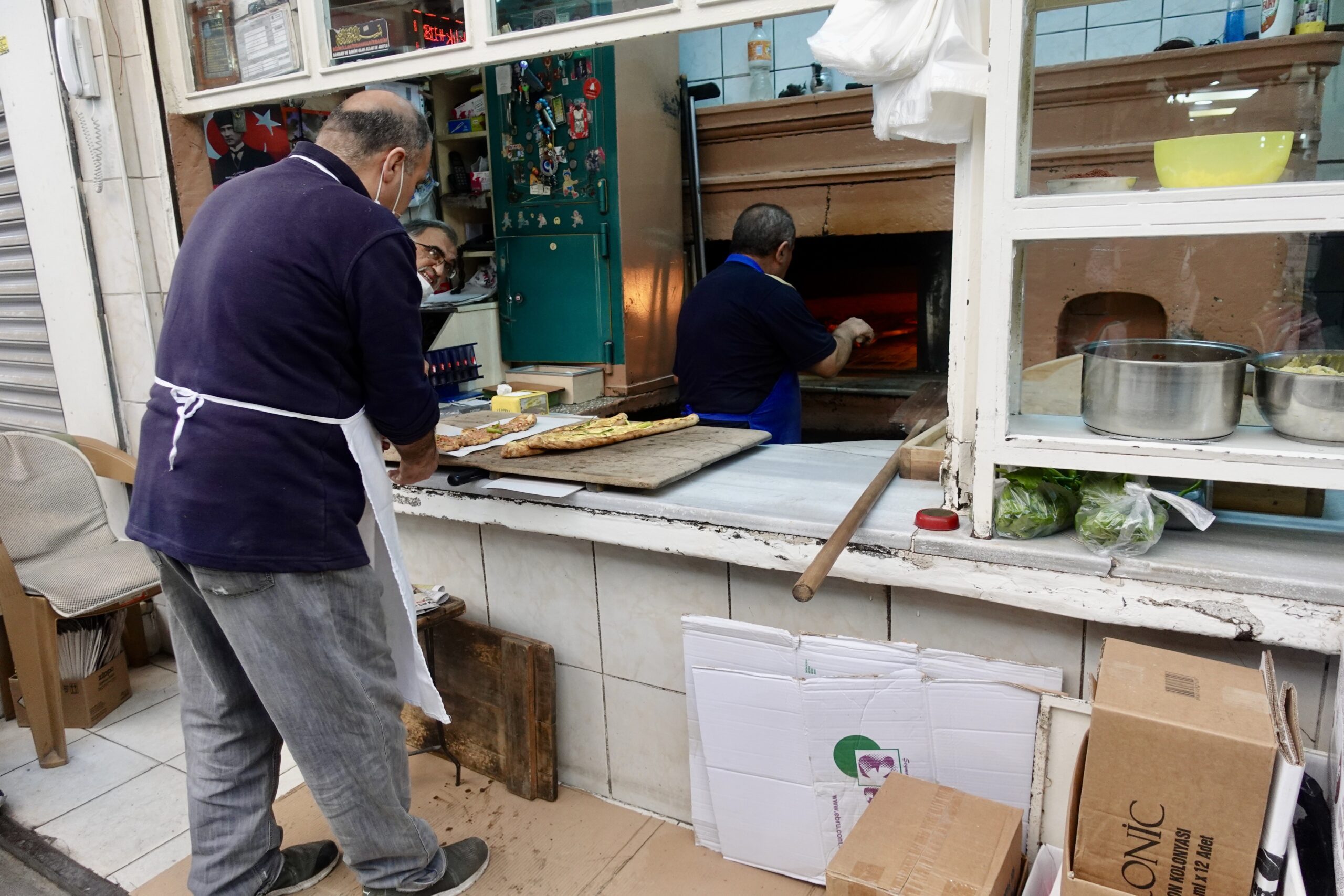
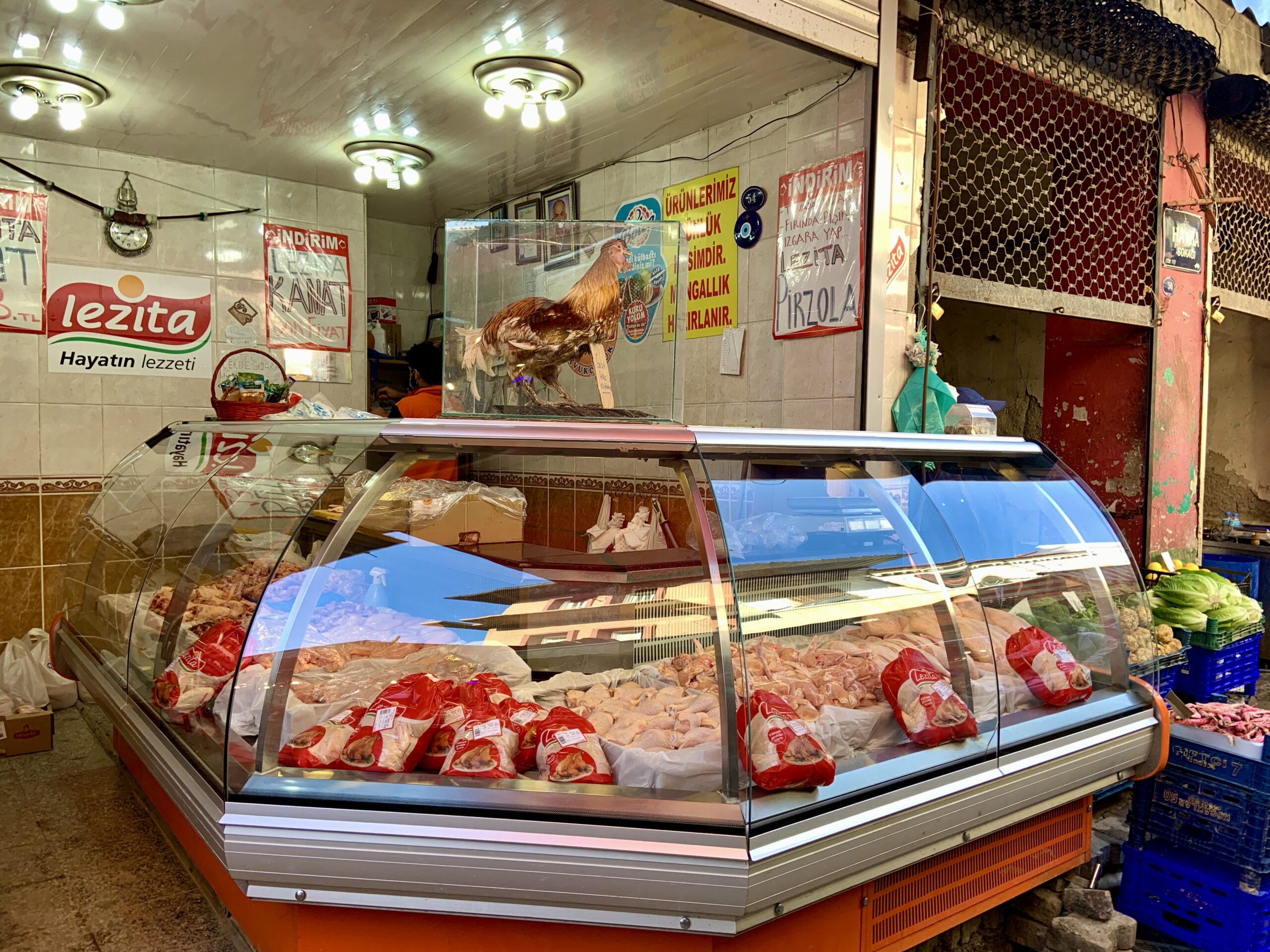
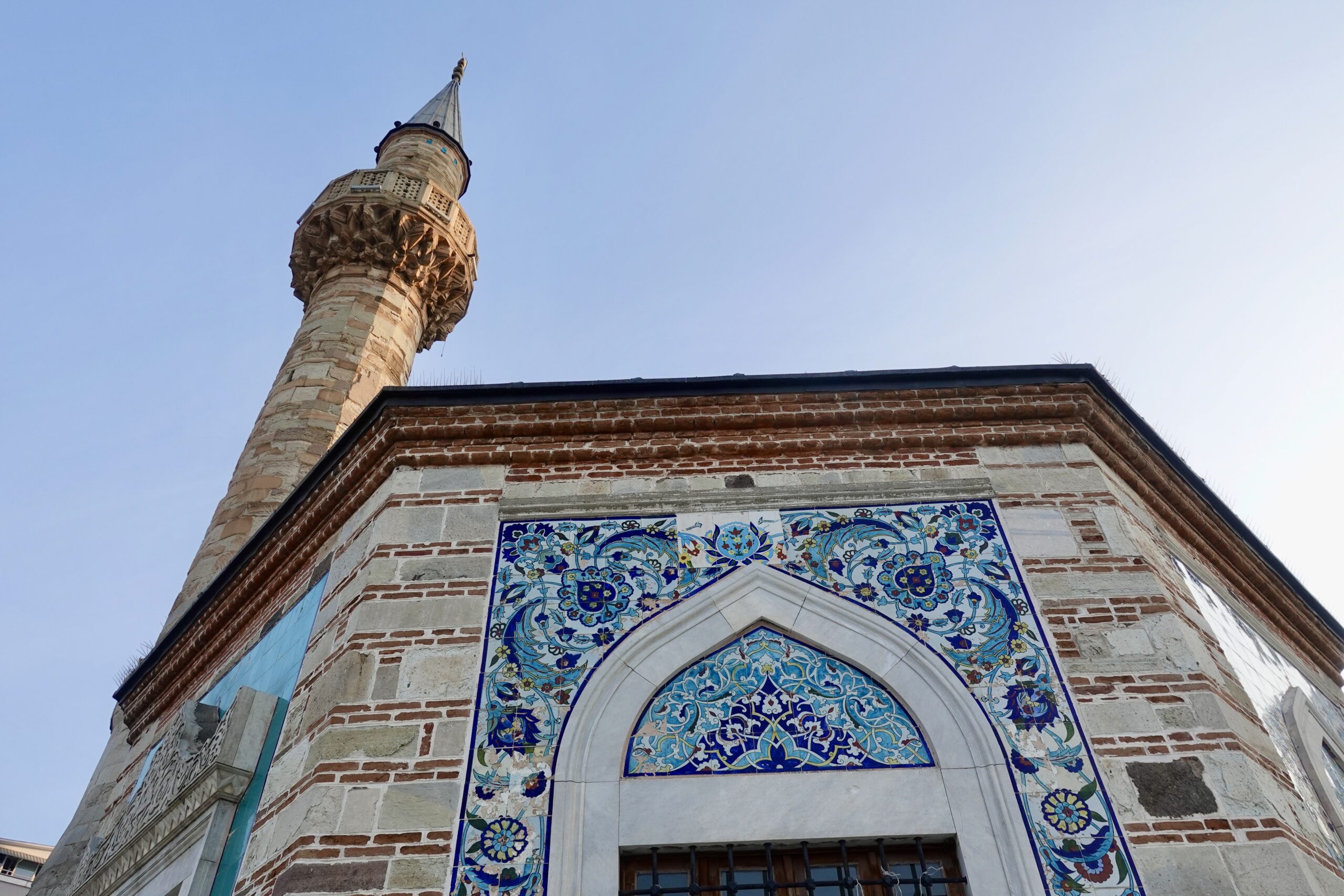
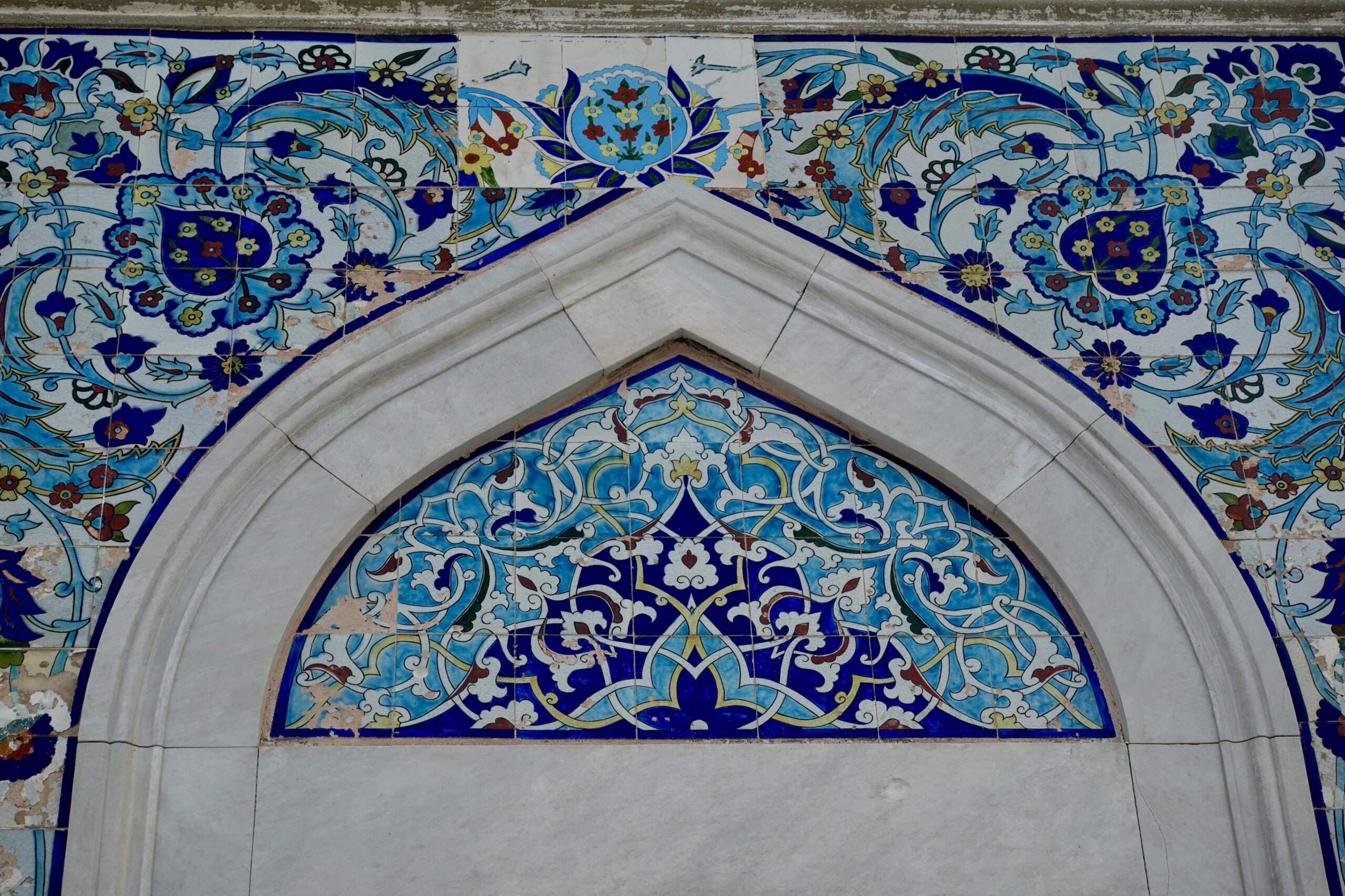
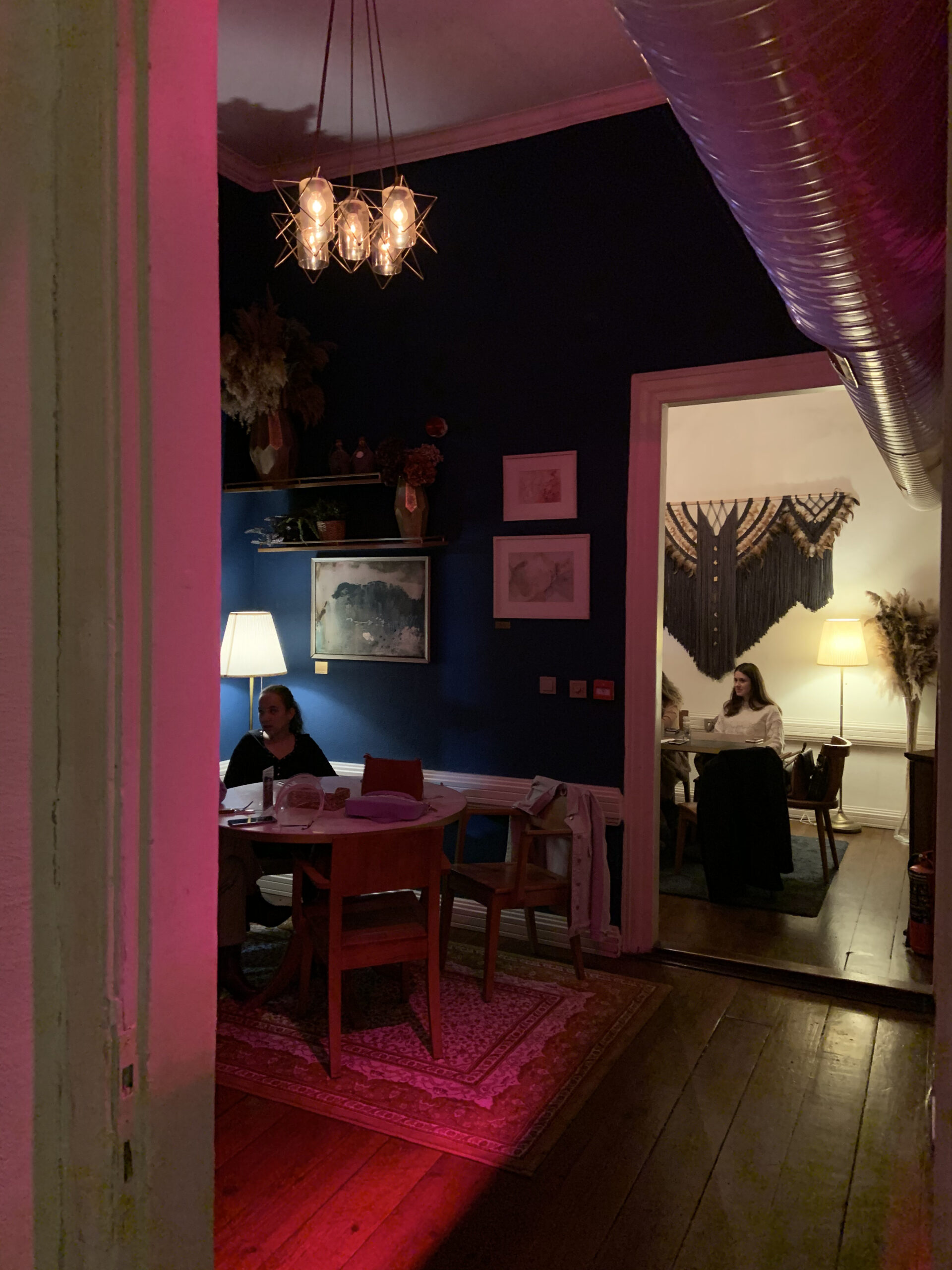
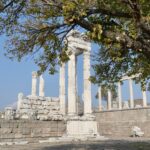
Leave a Reply